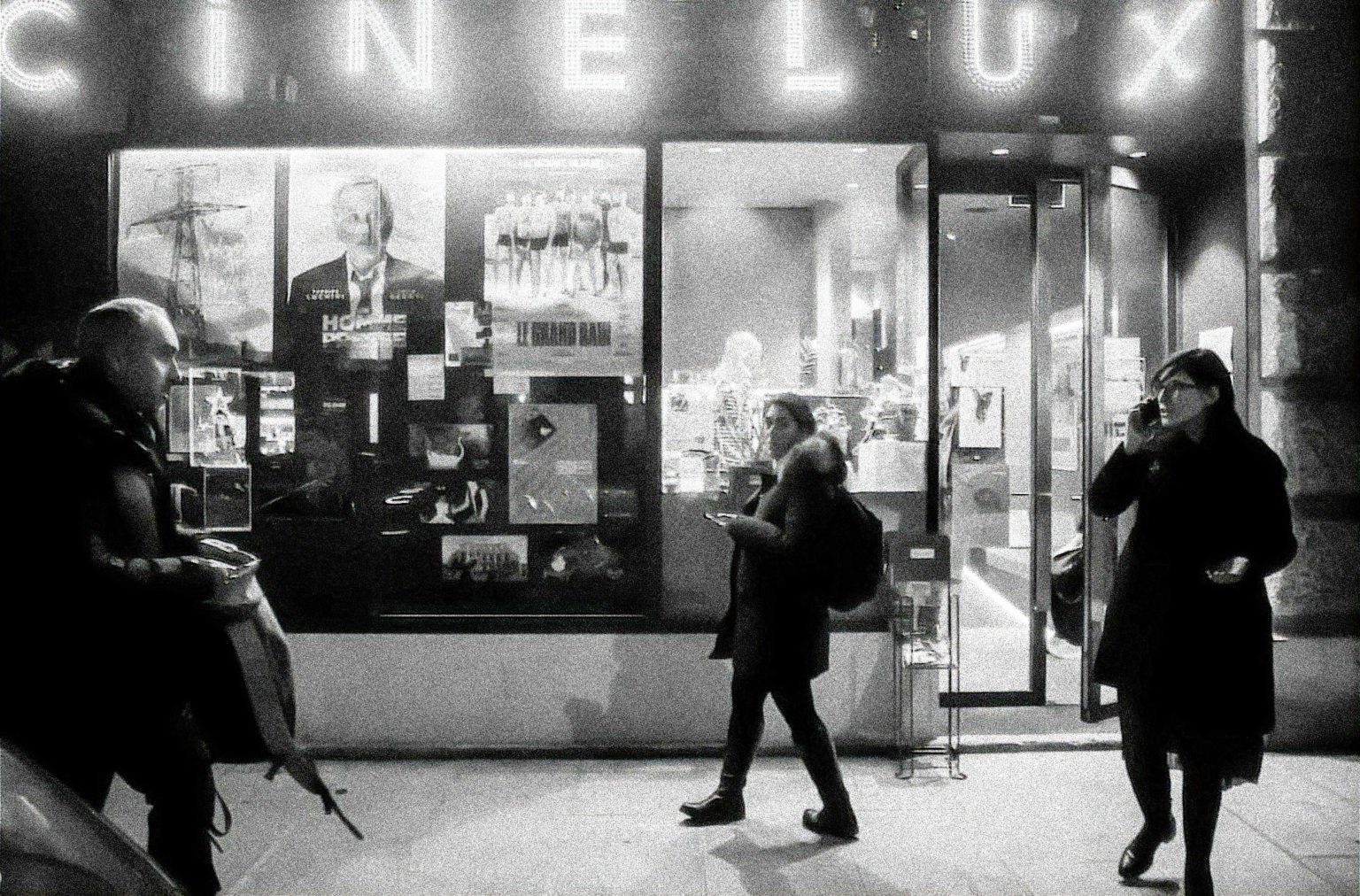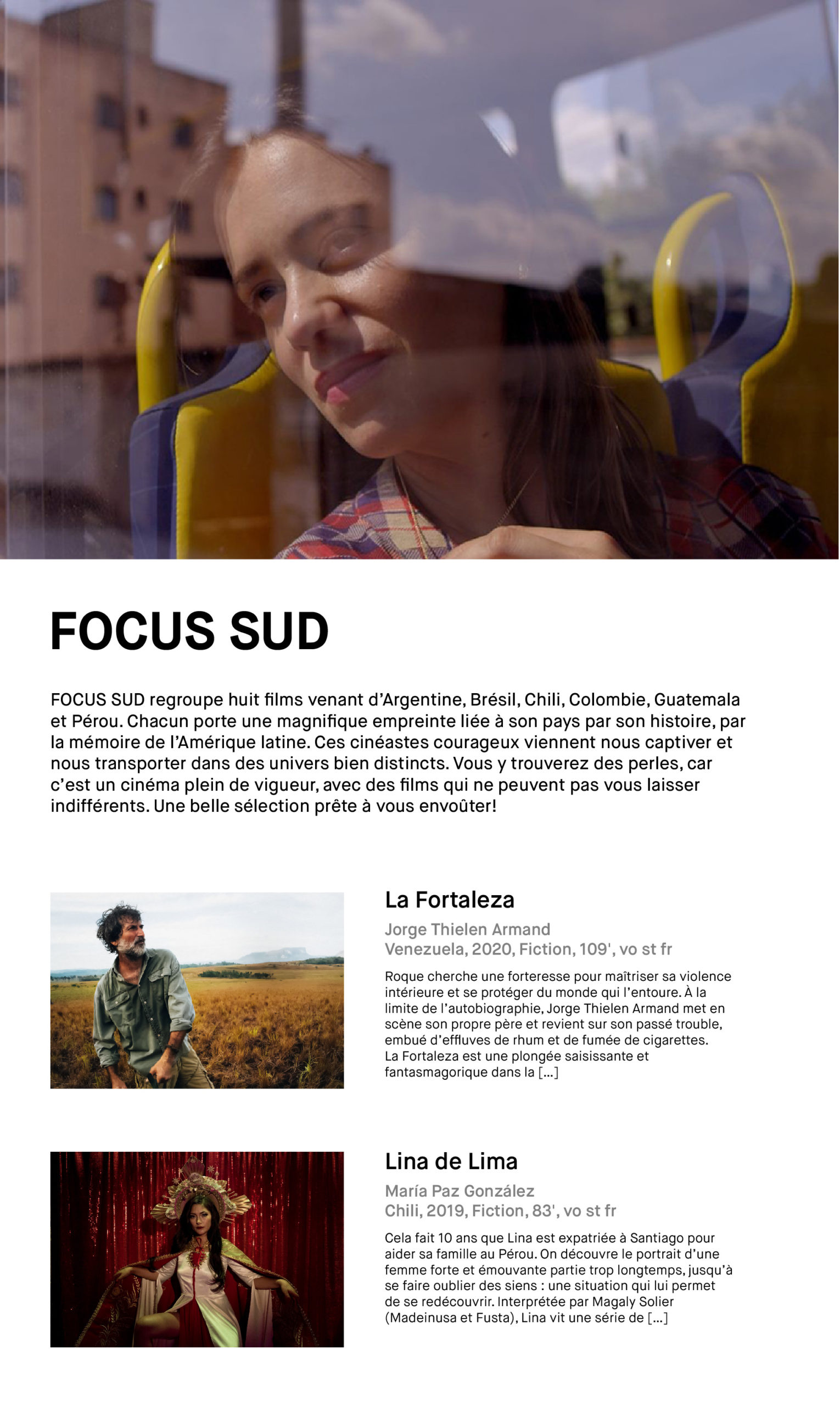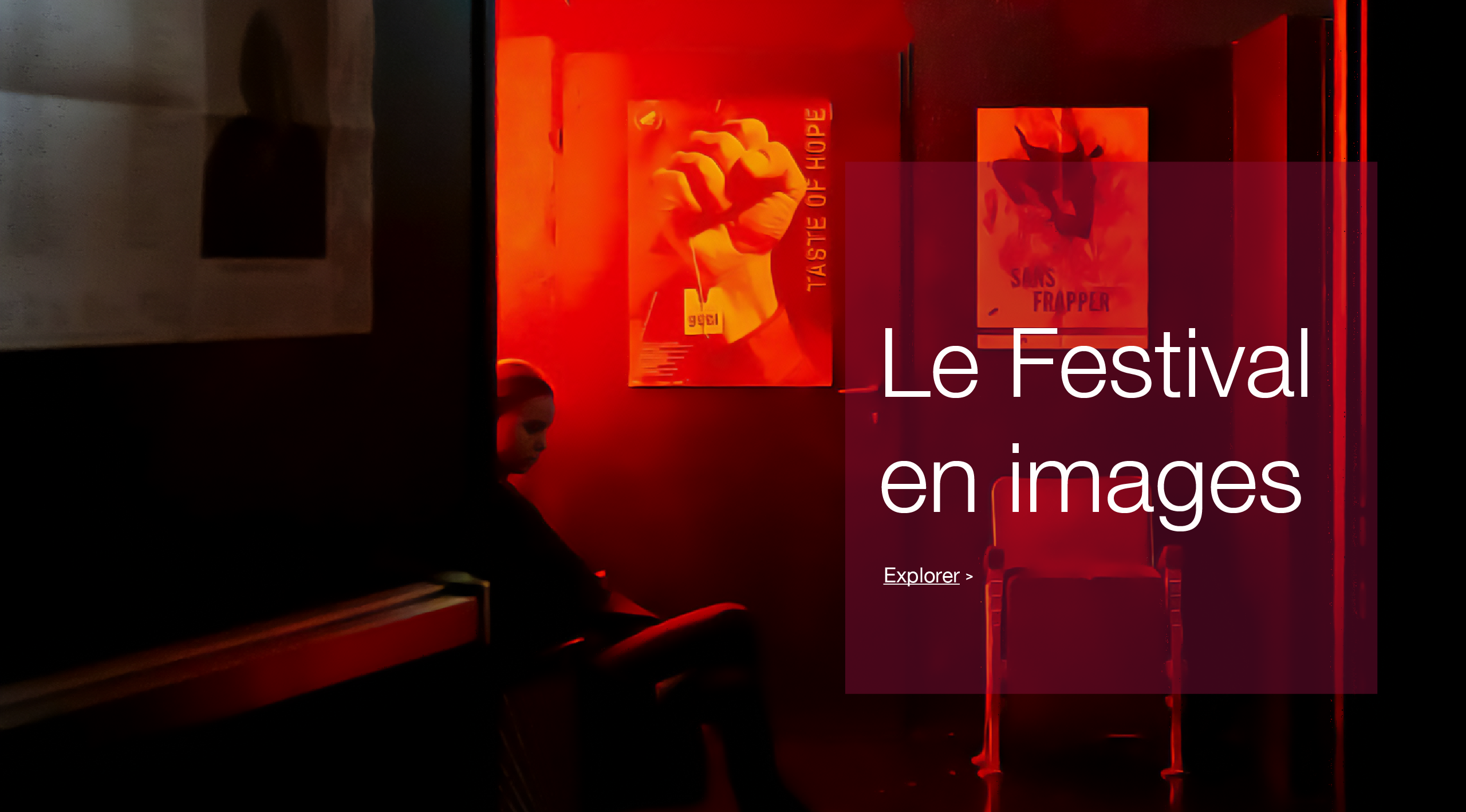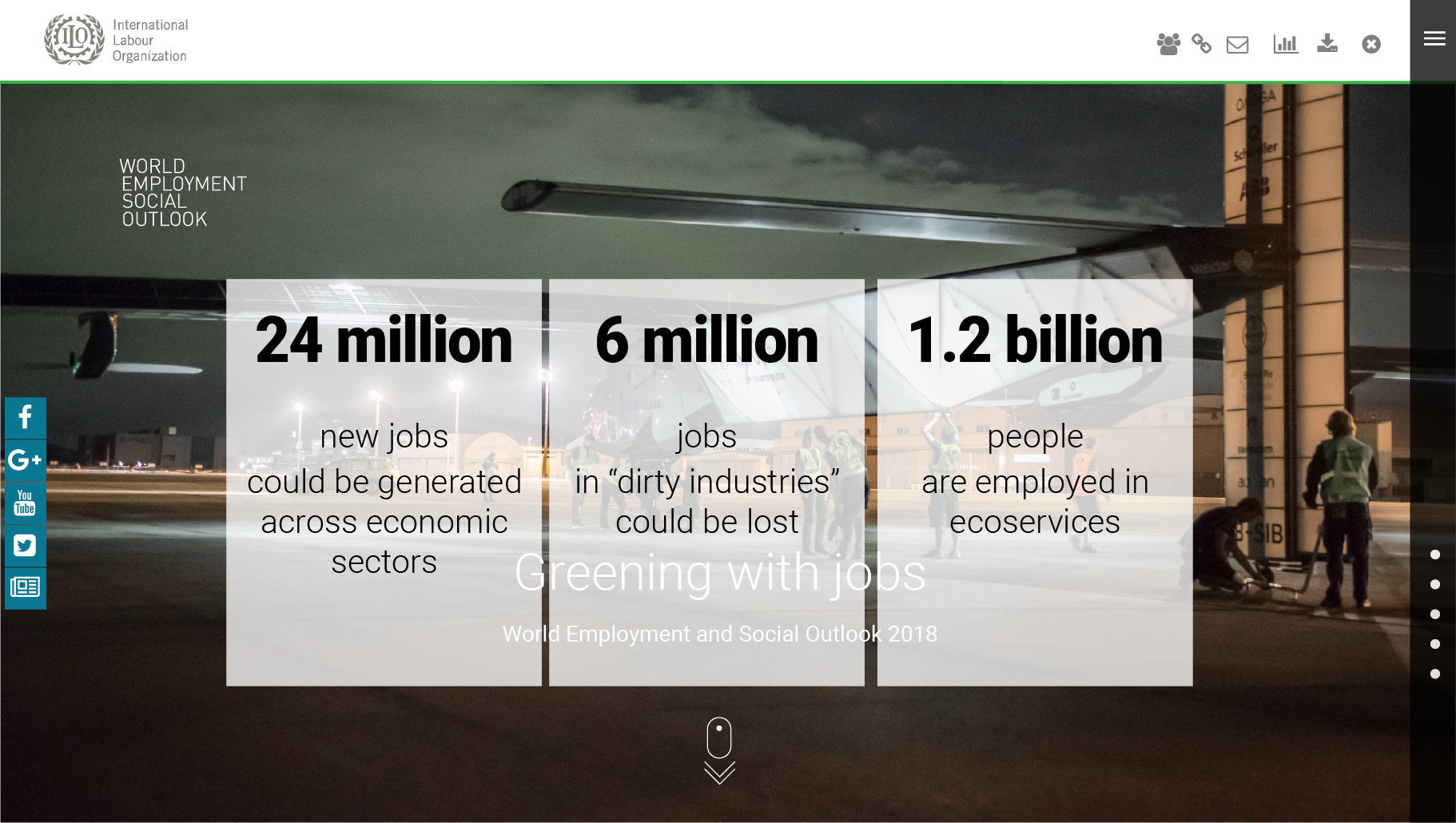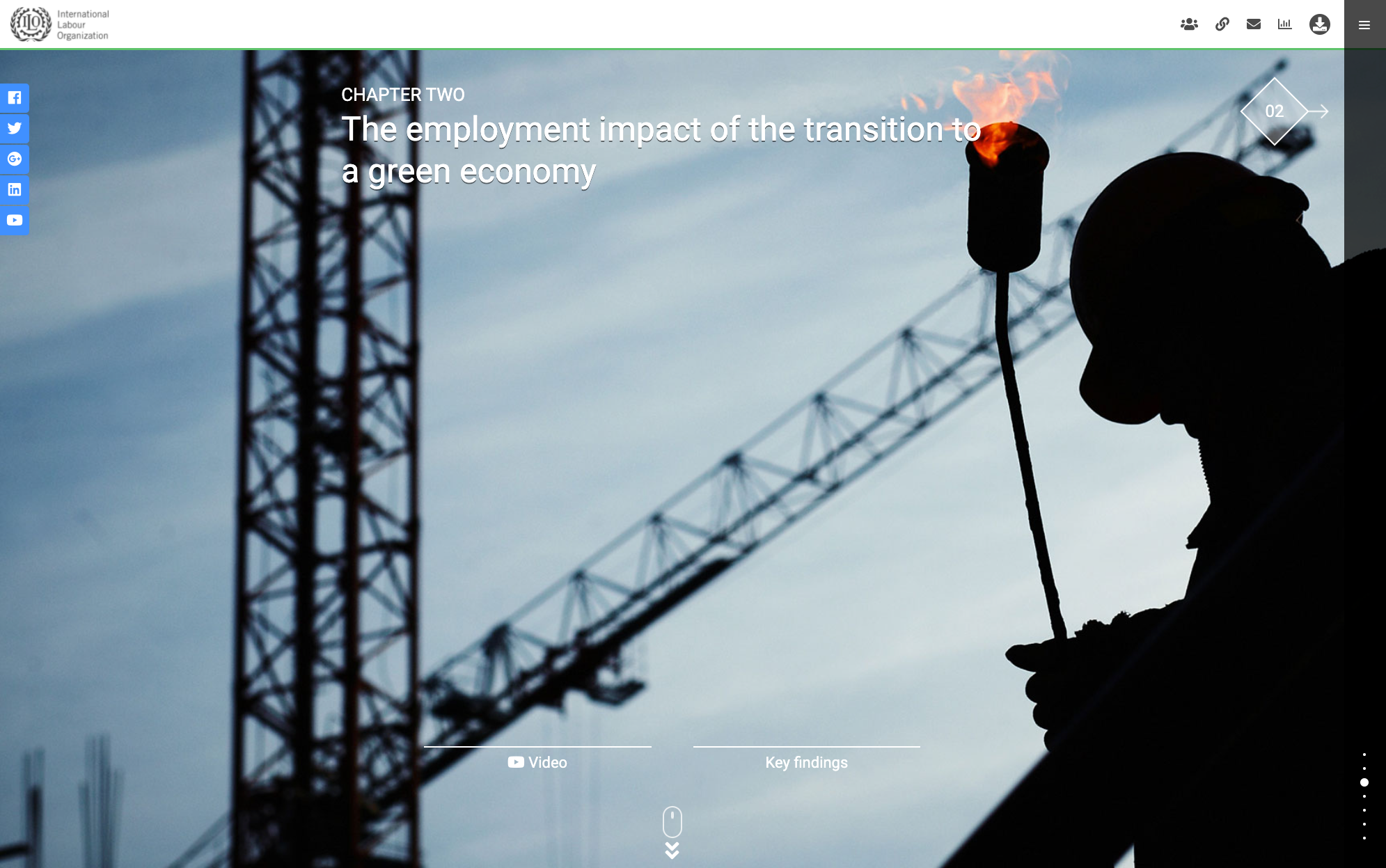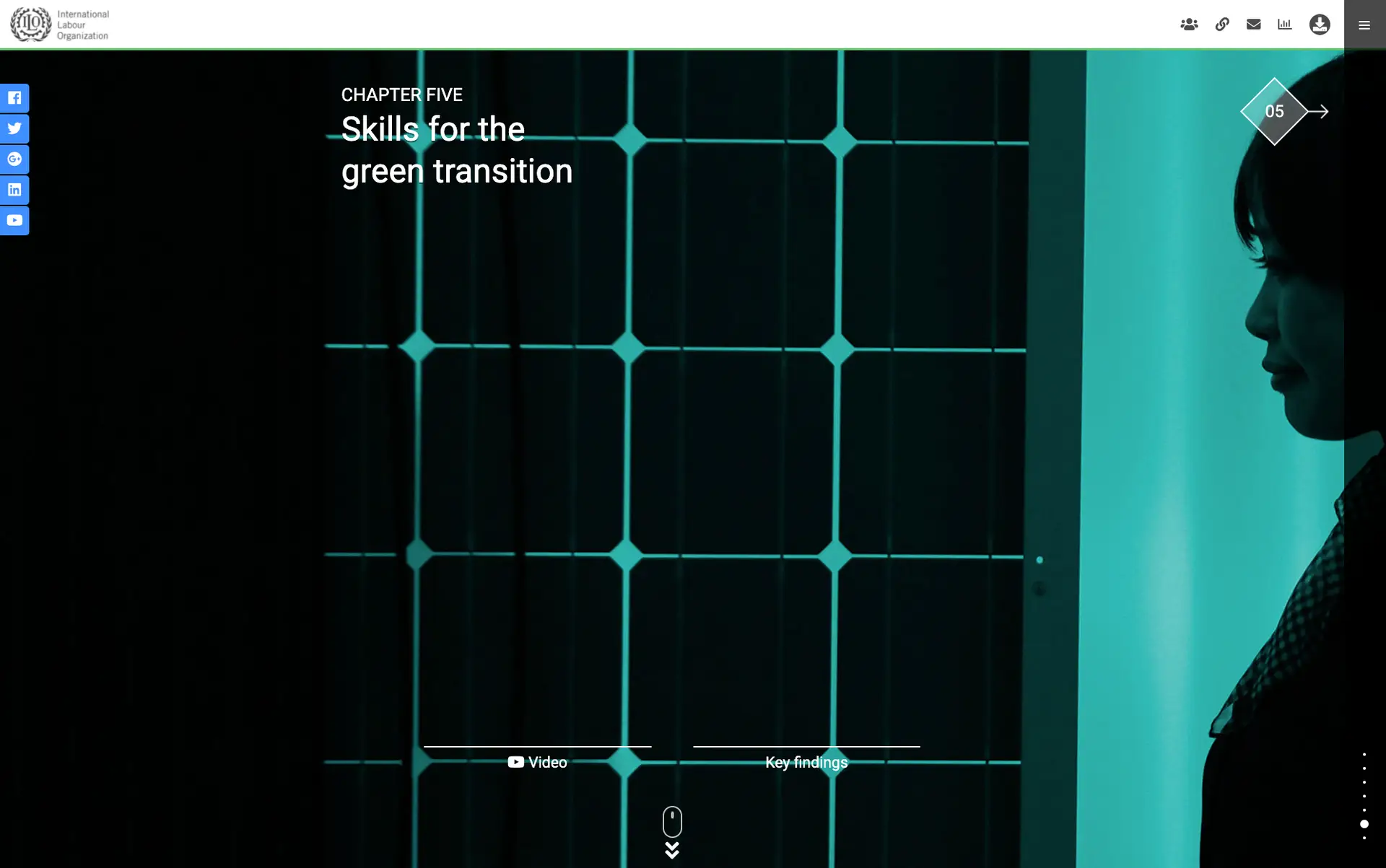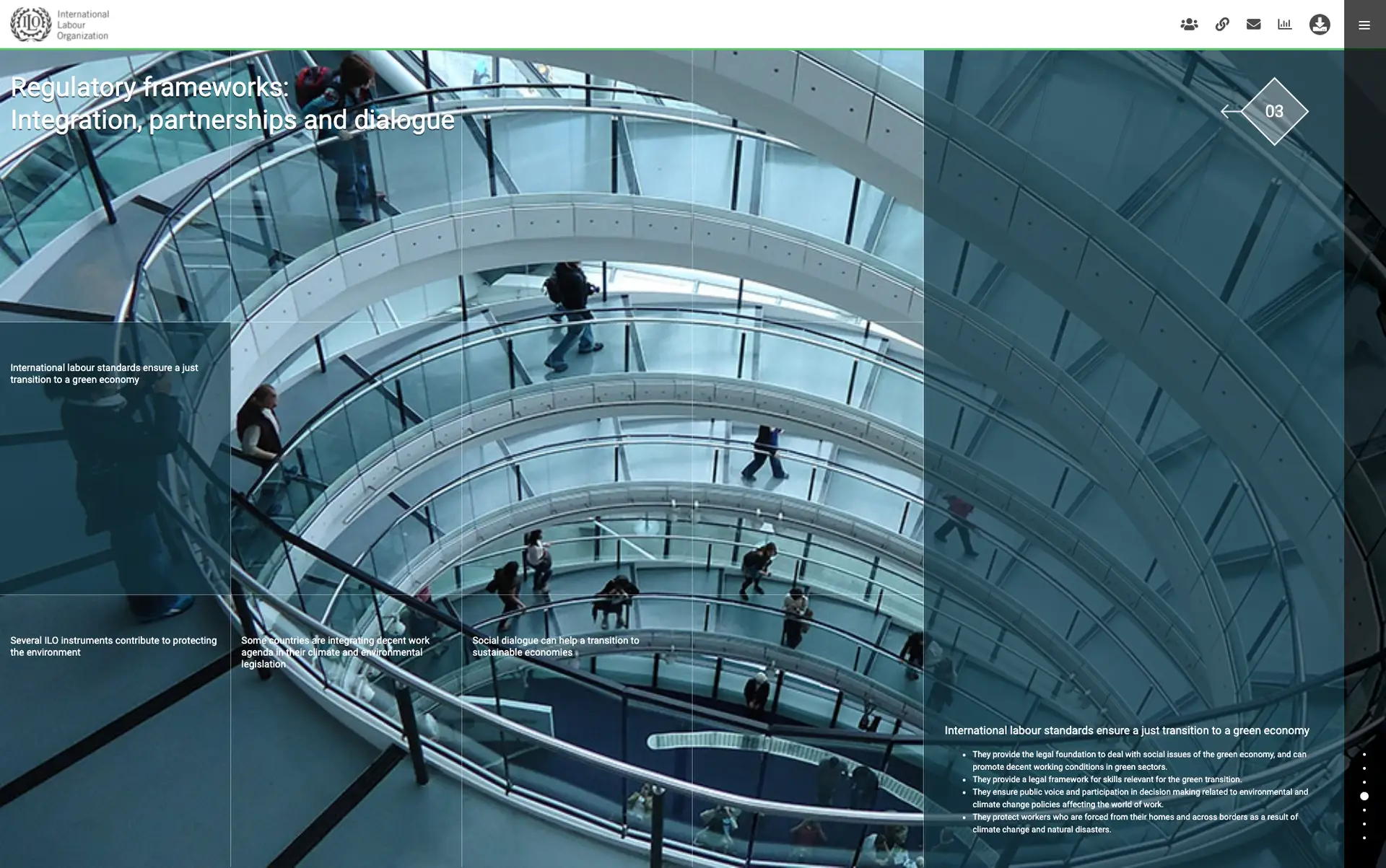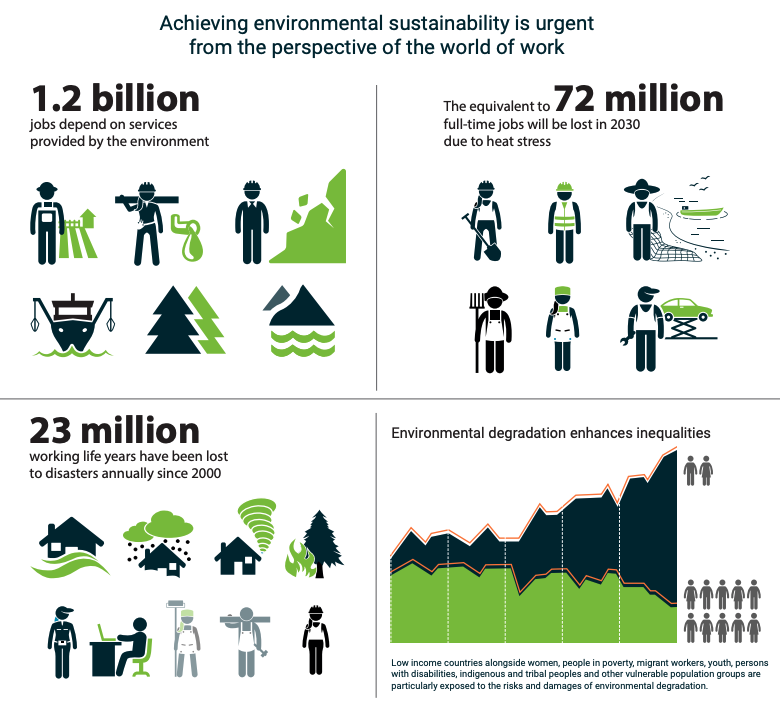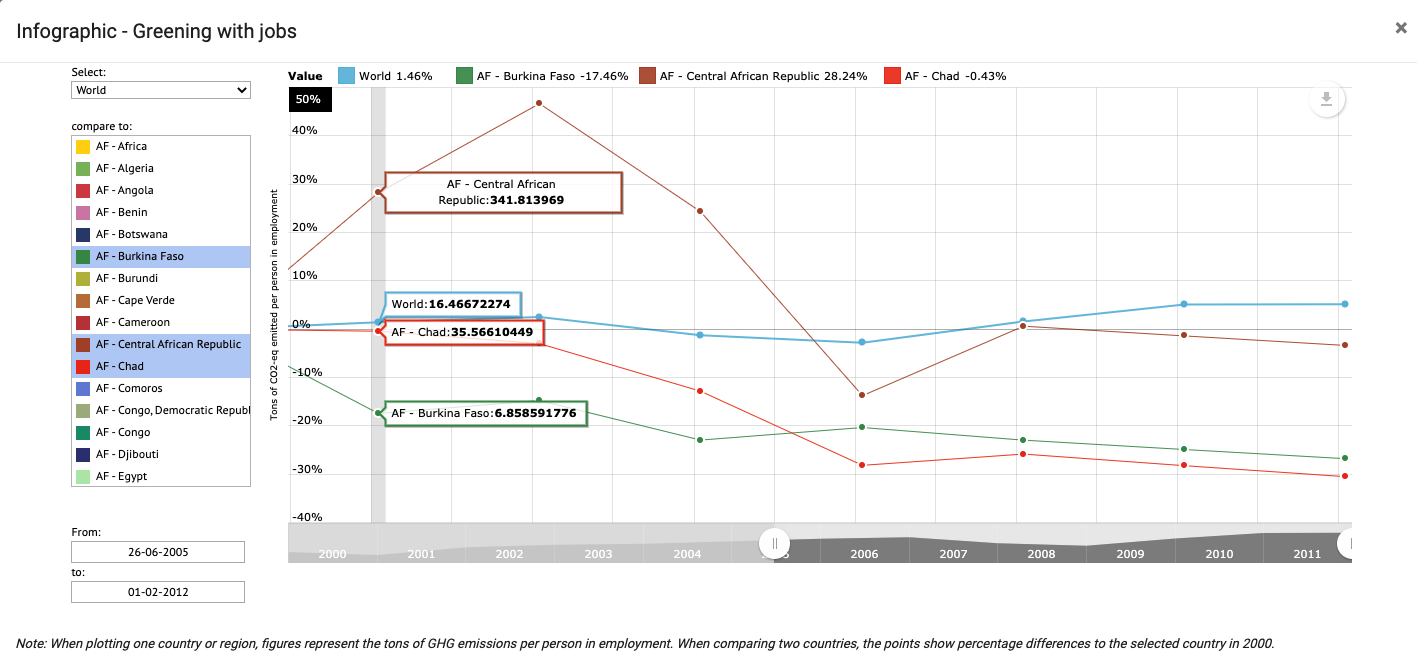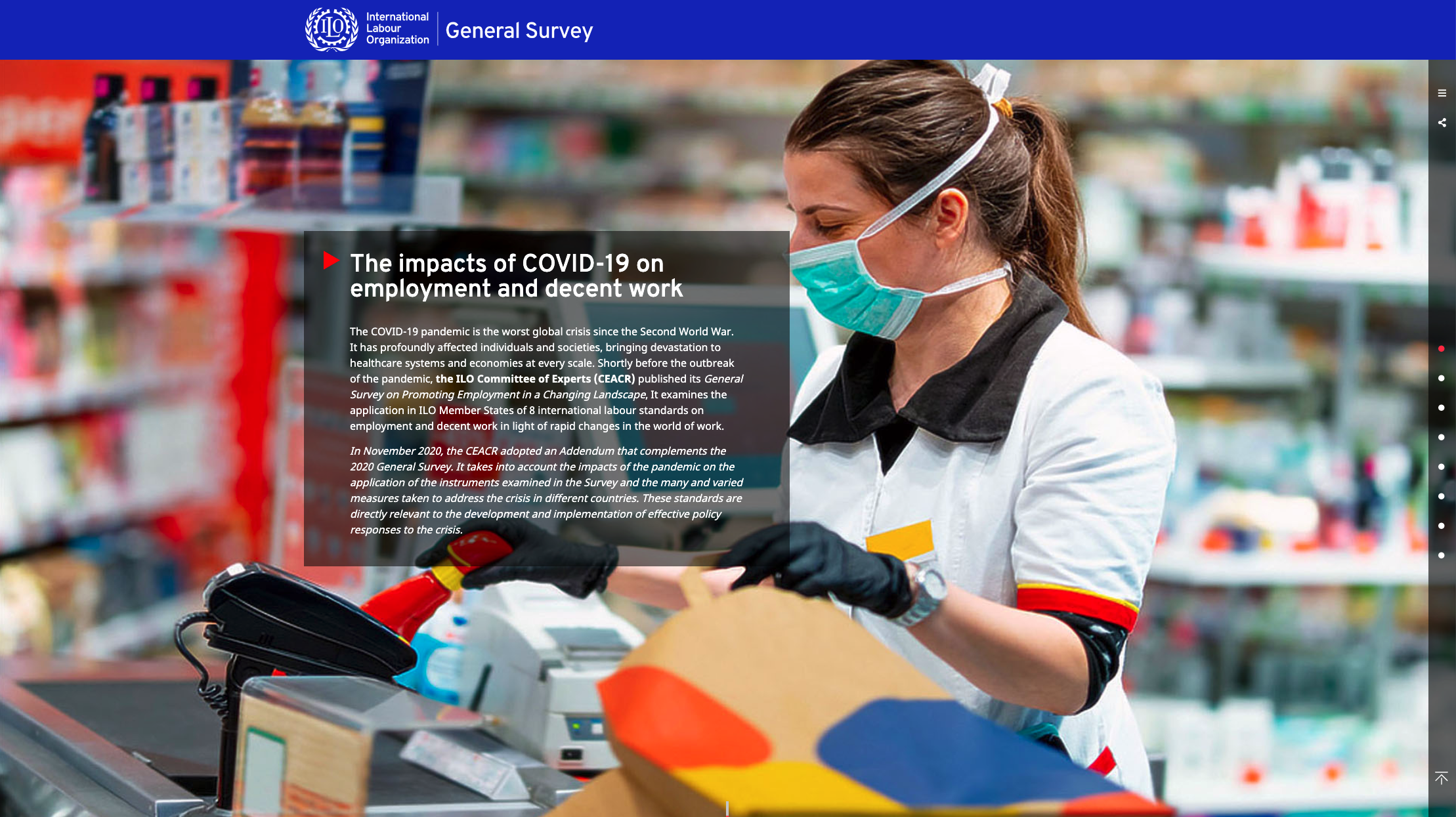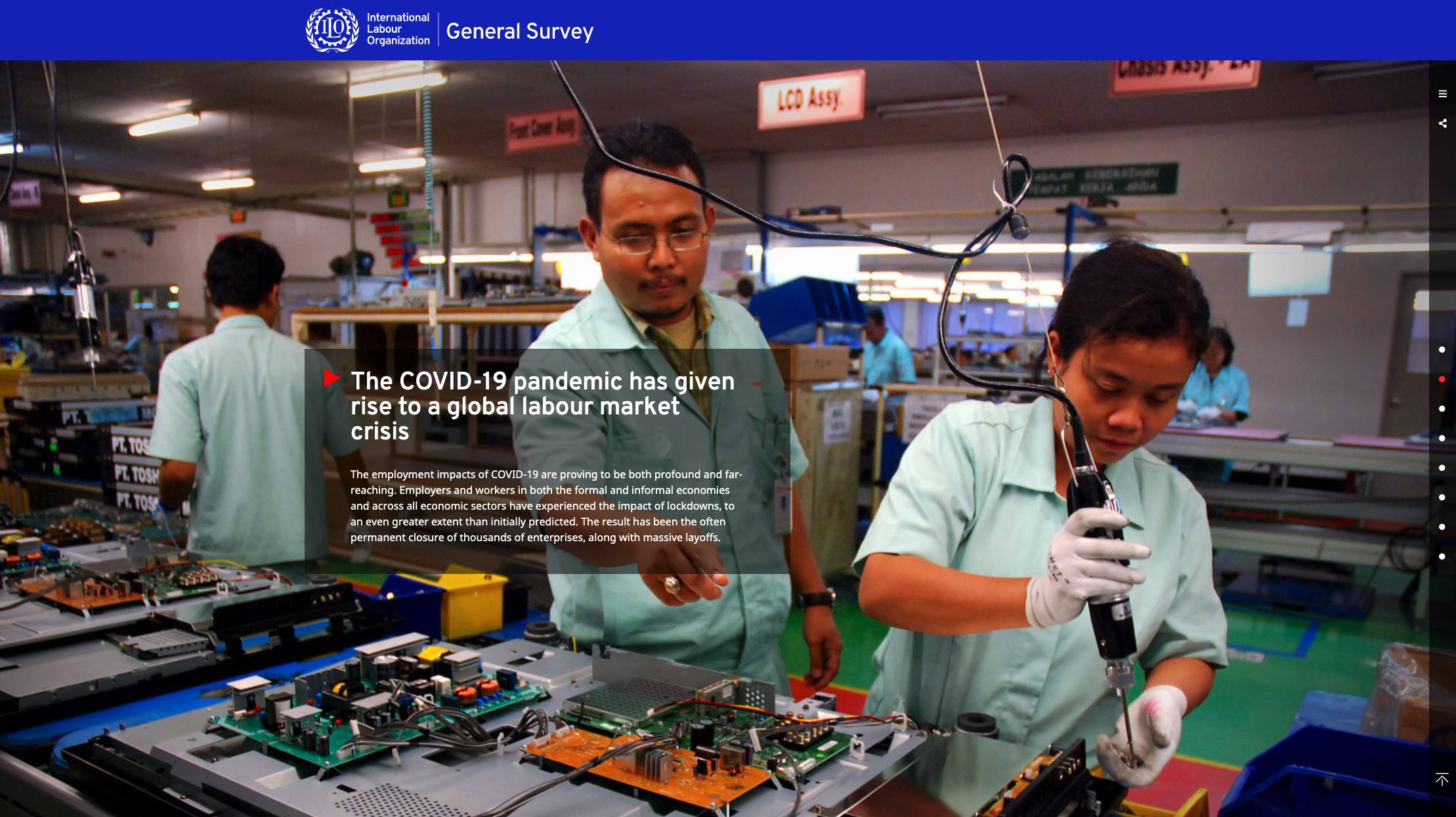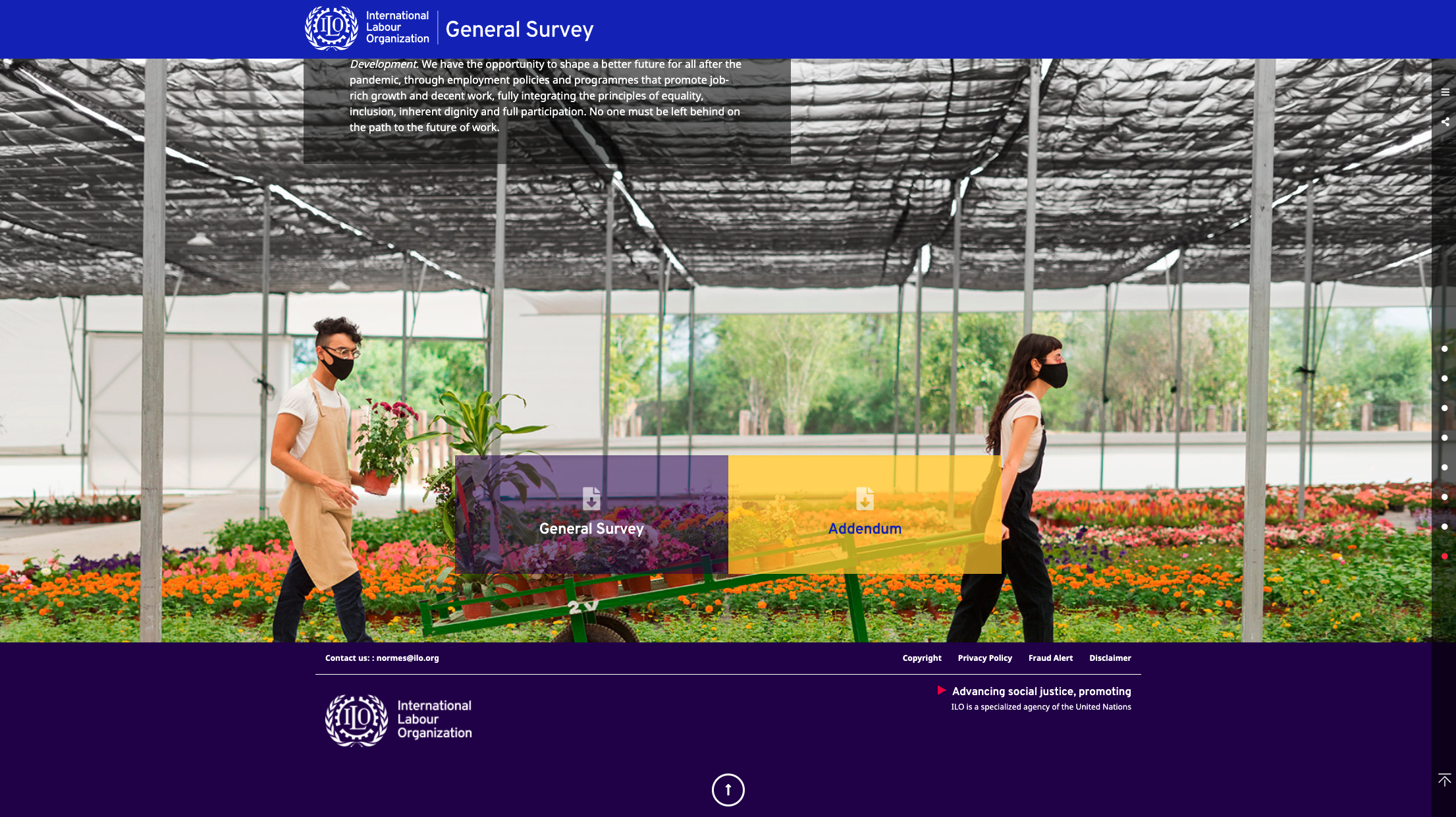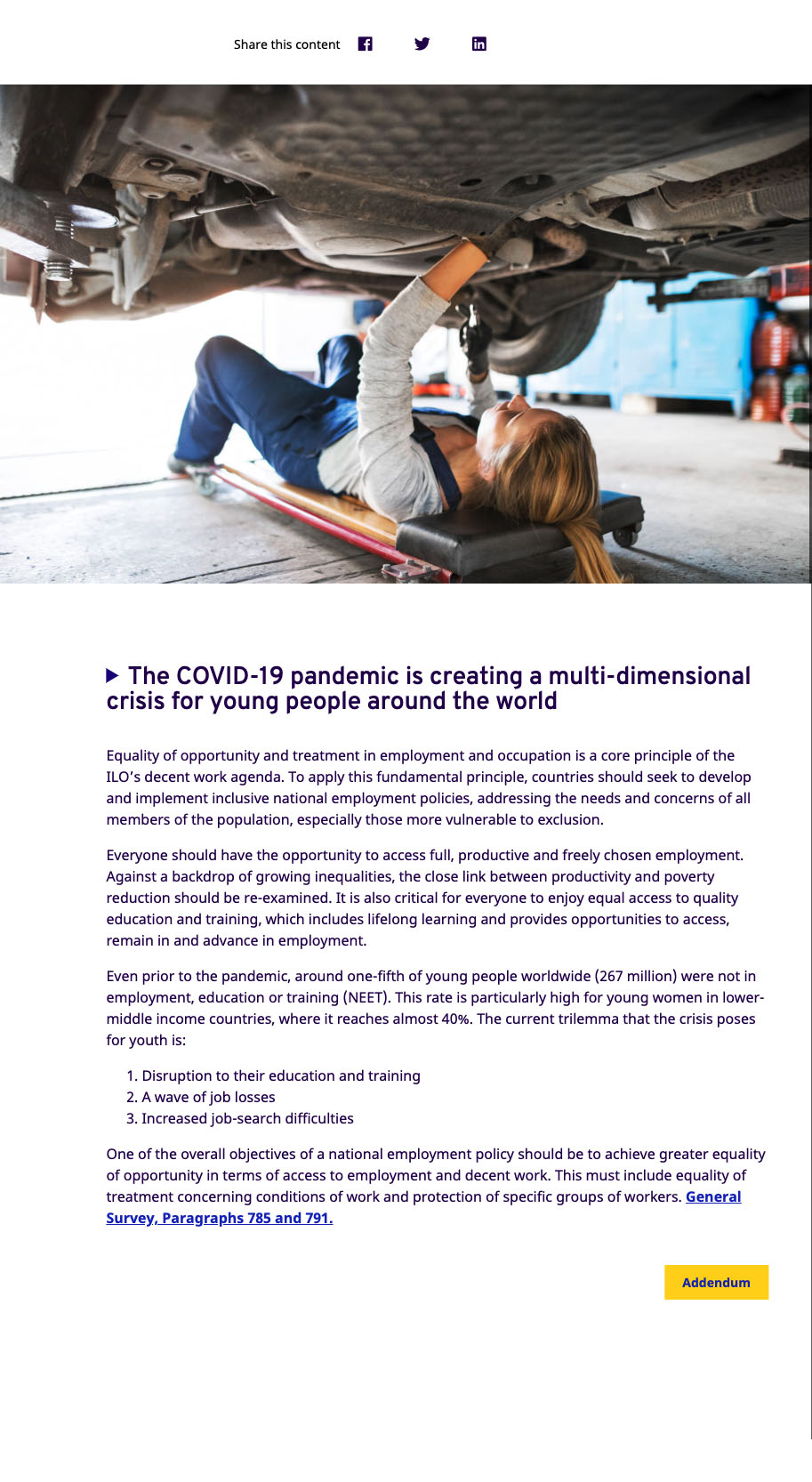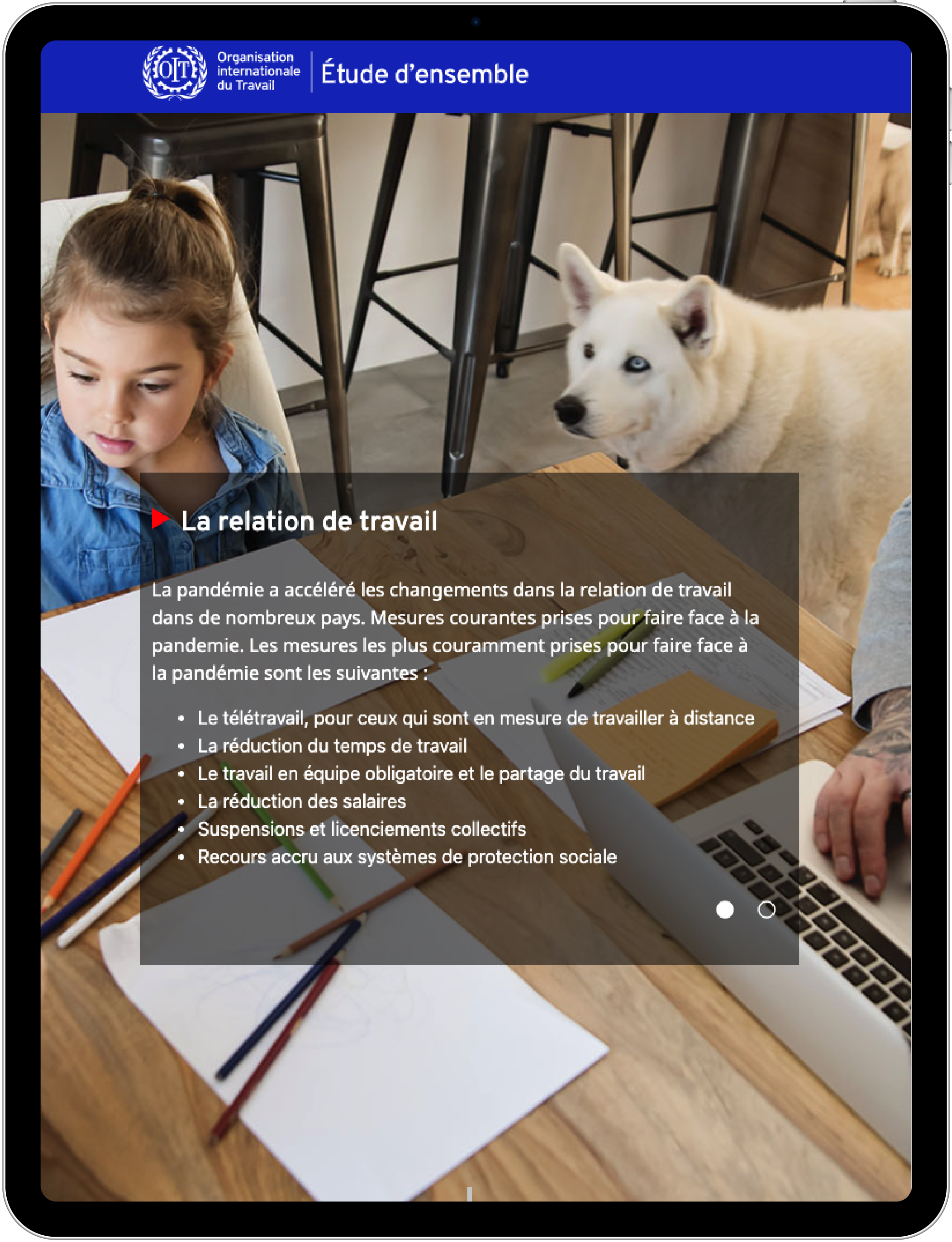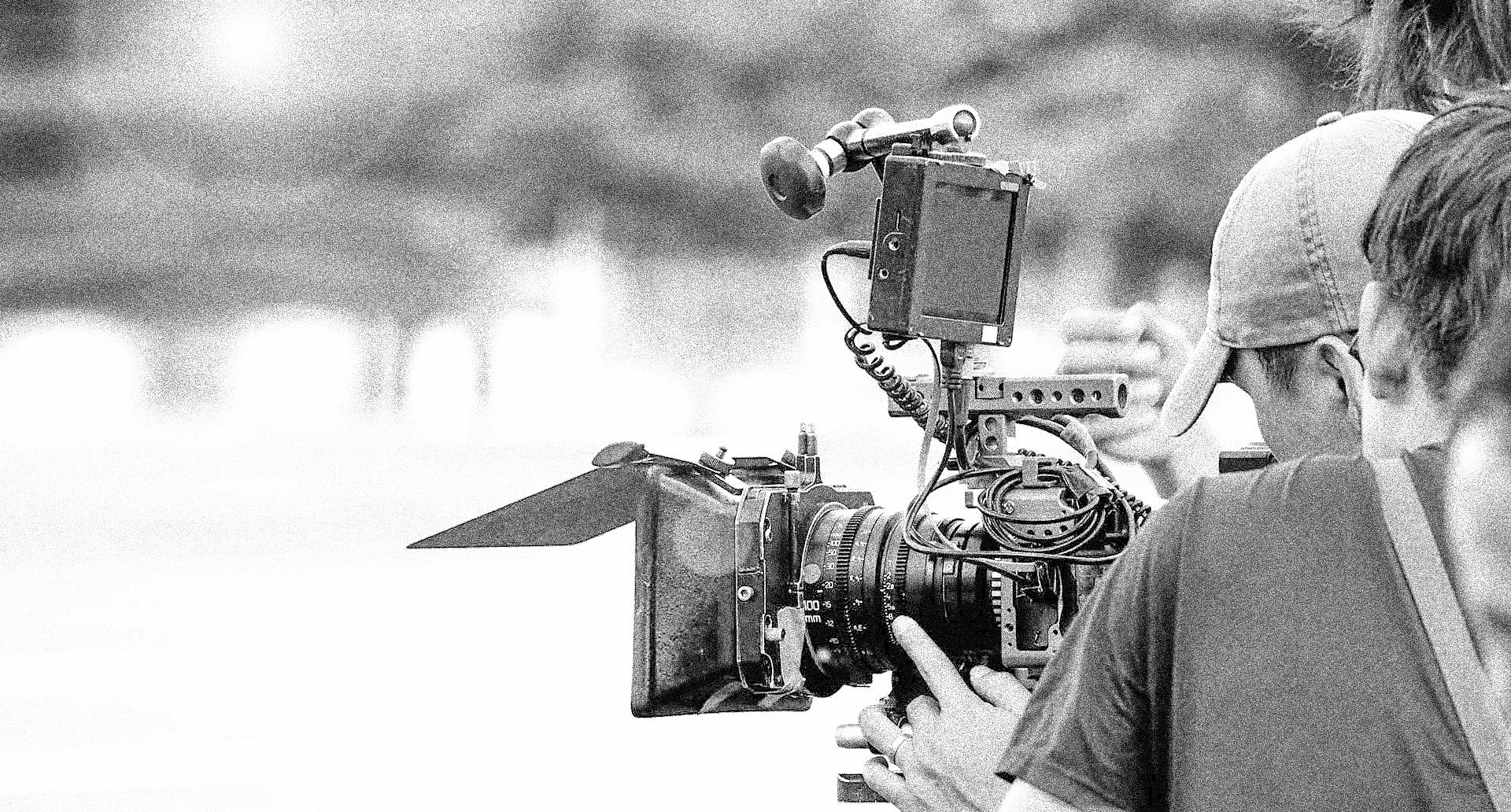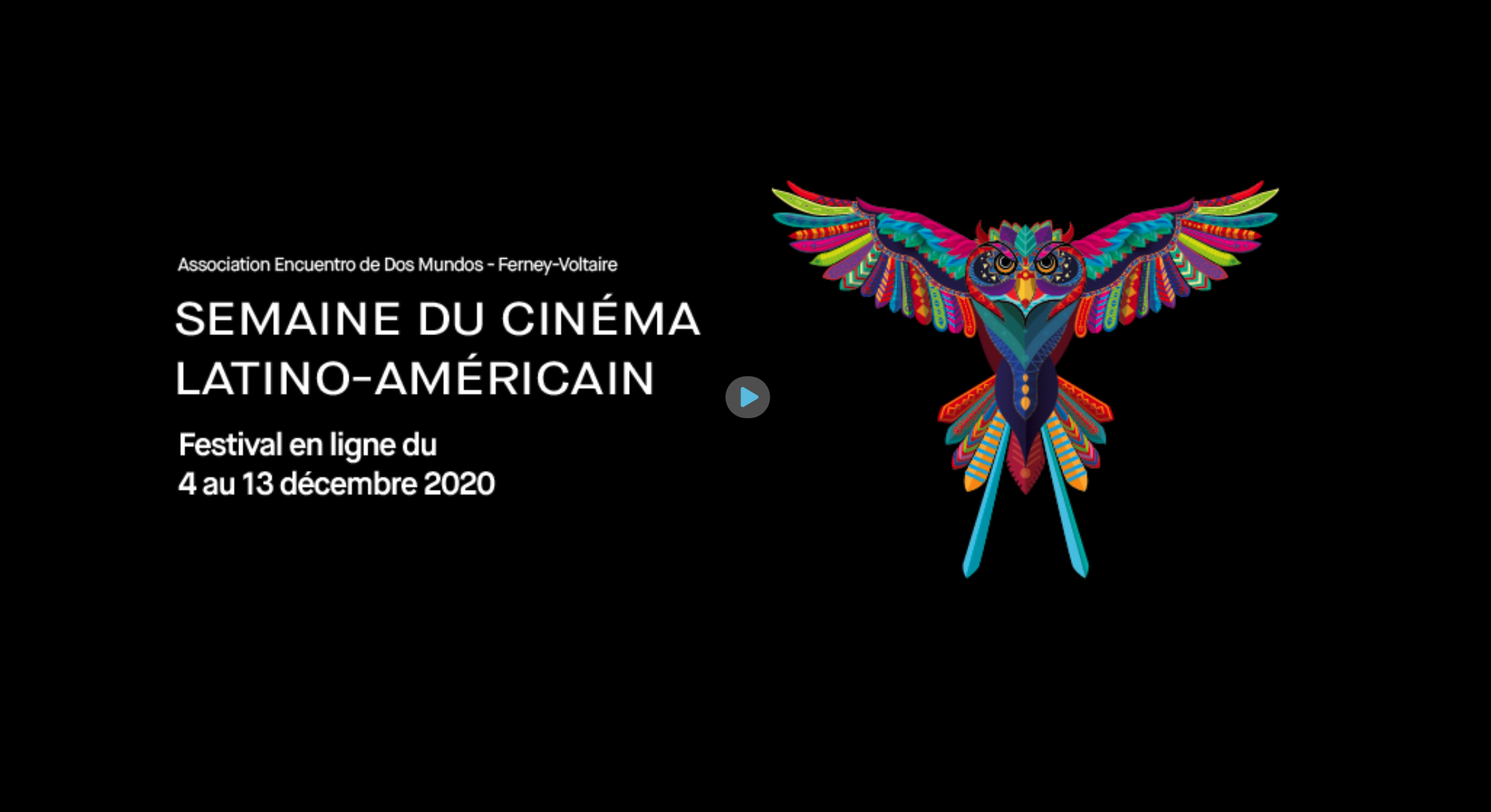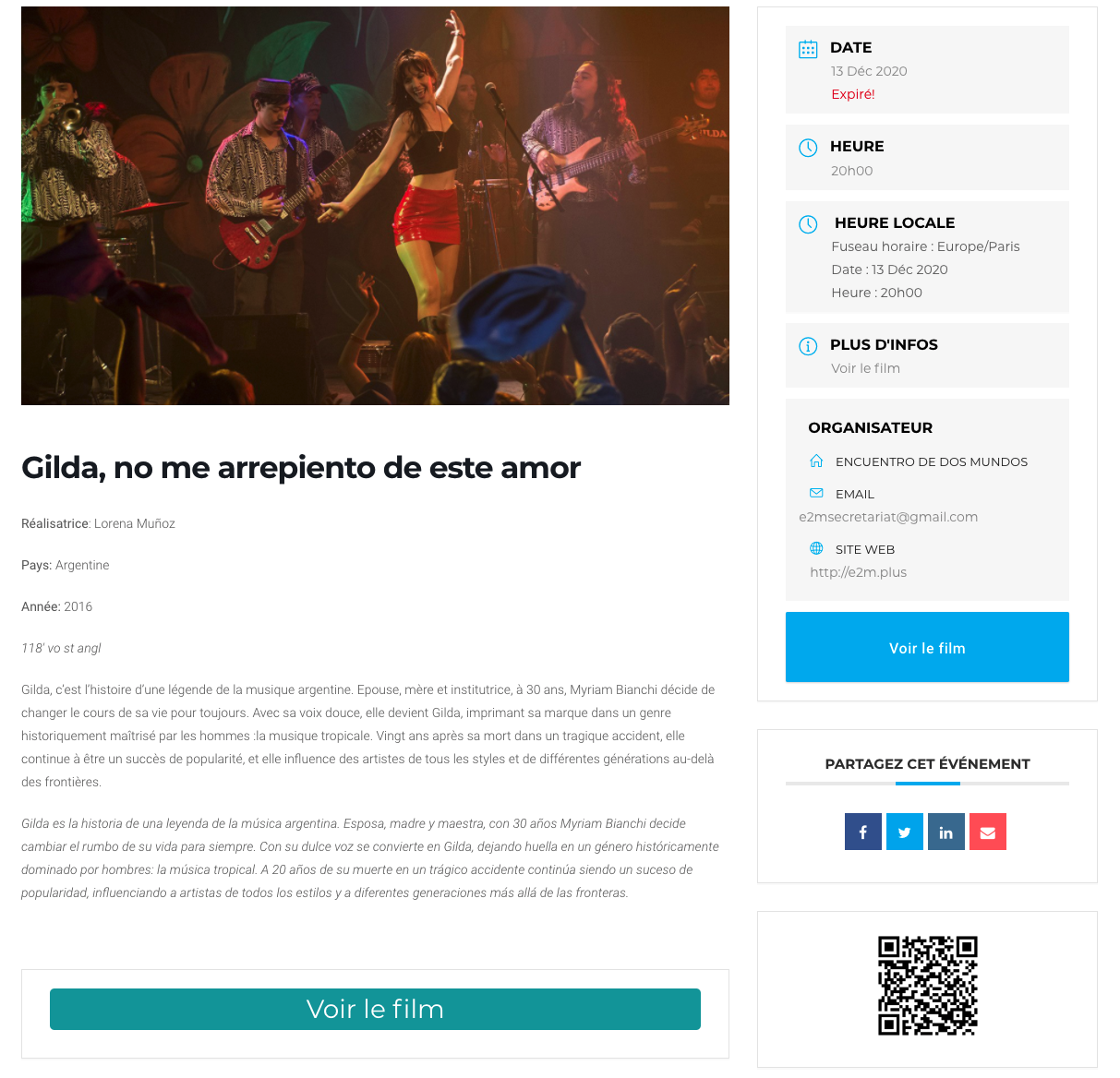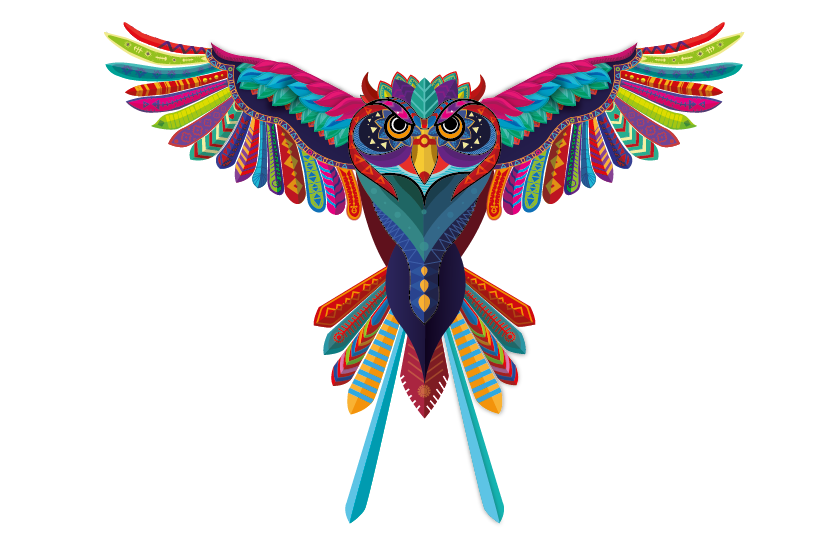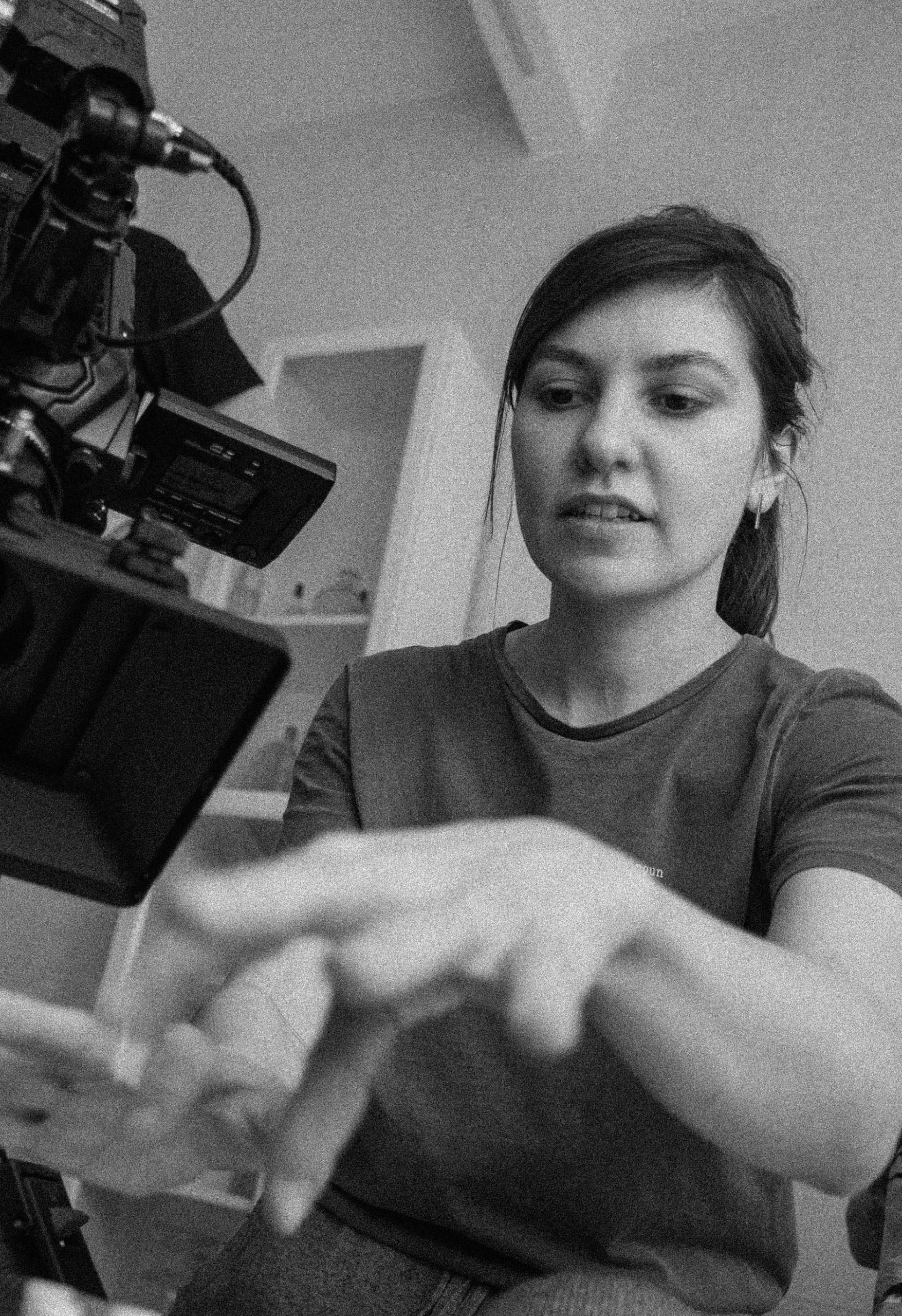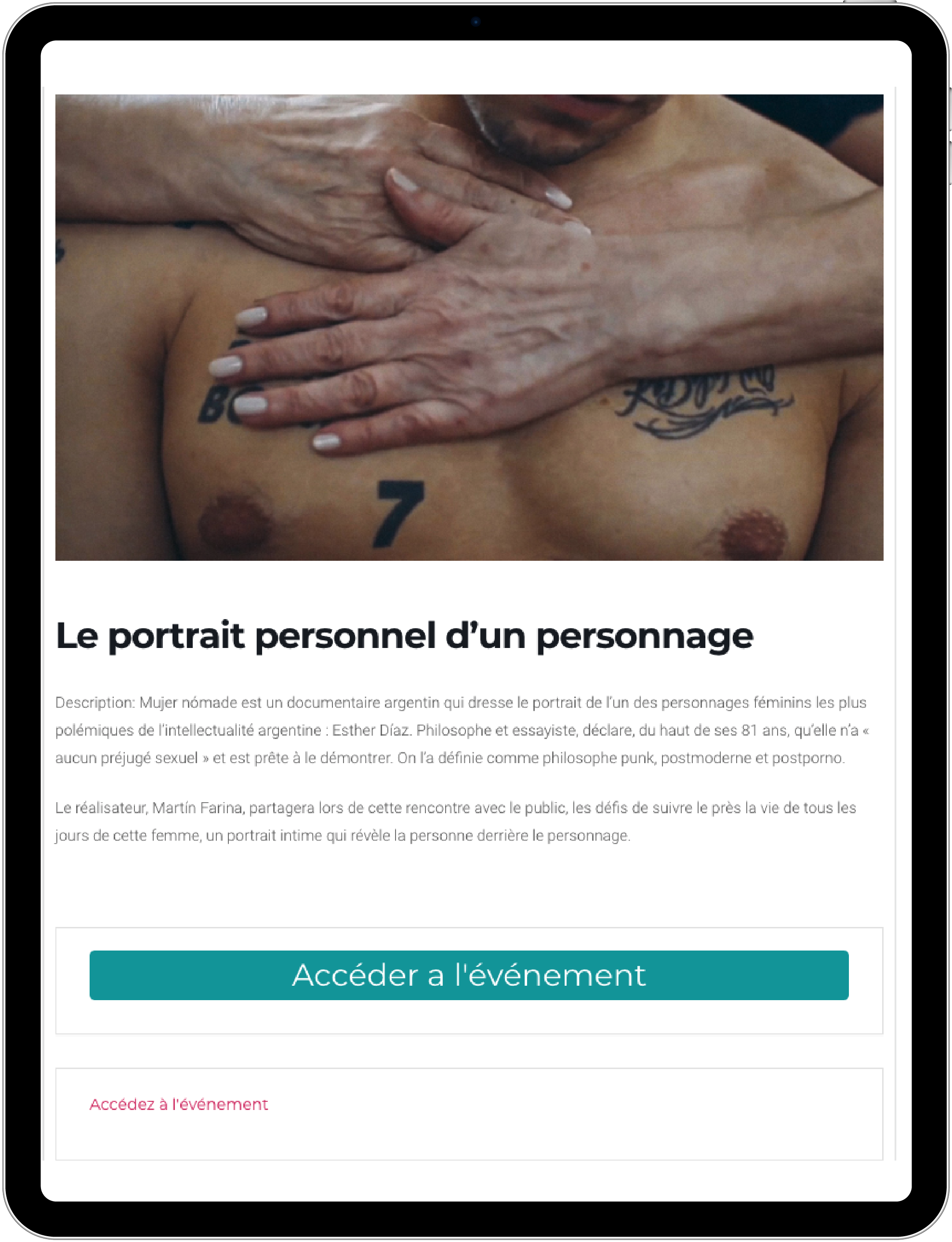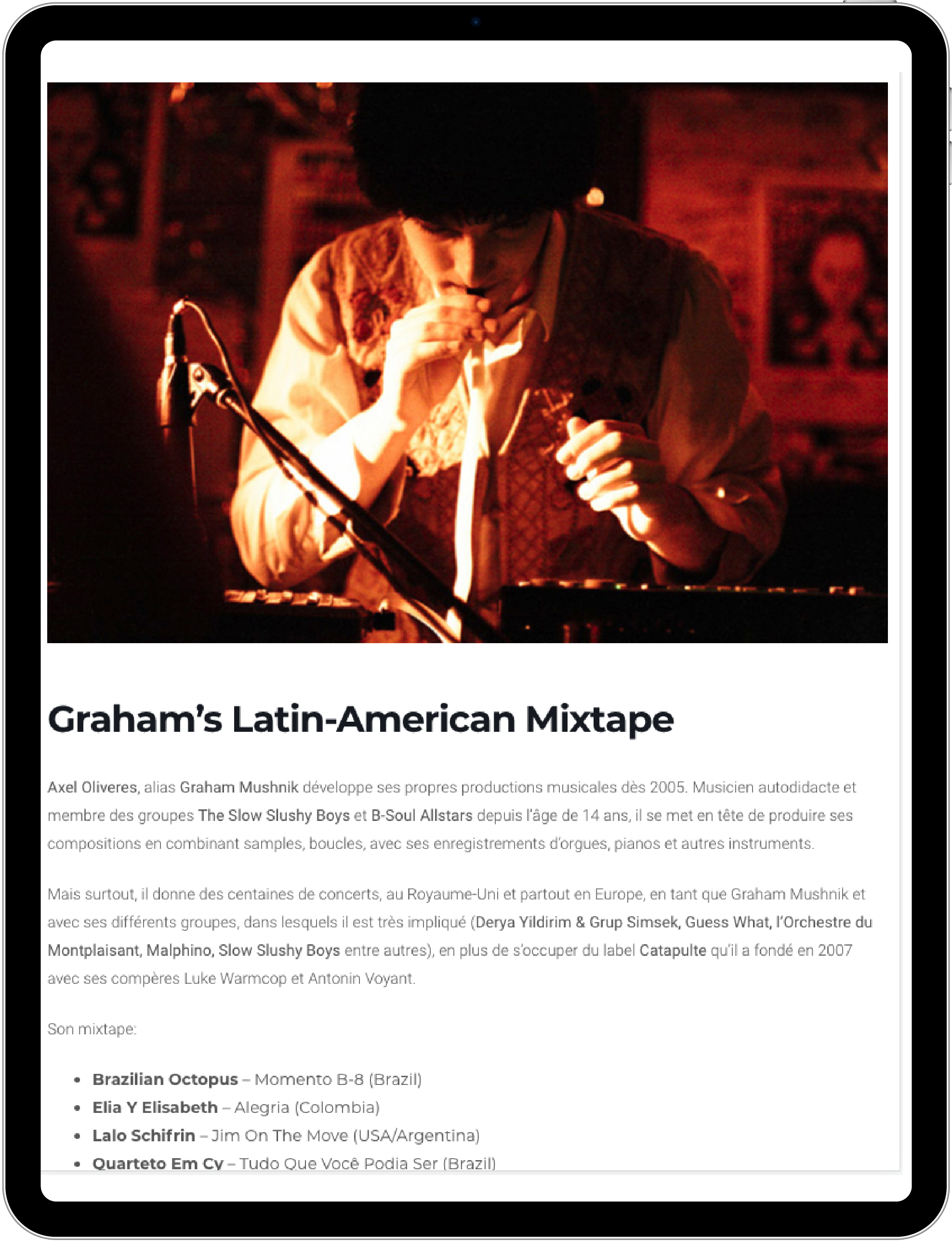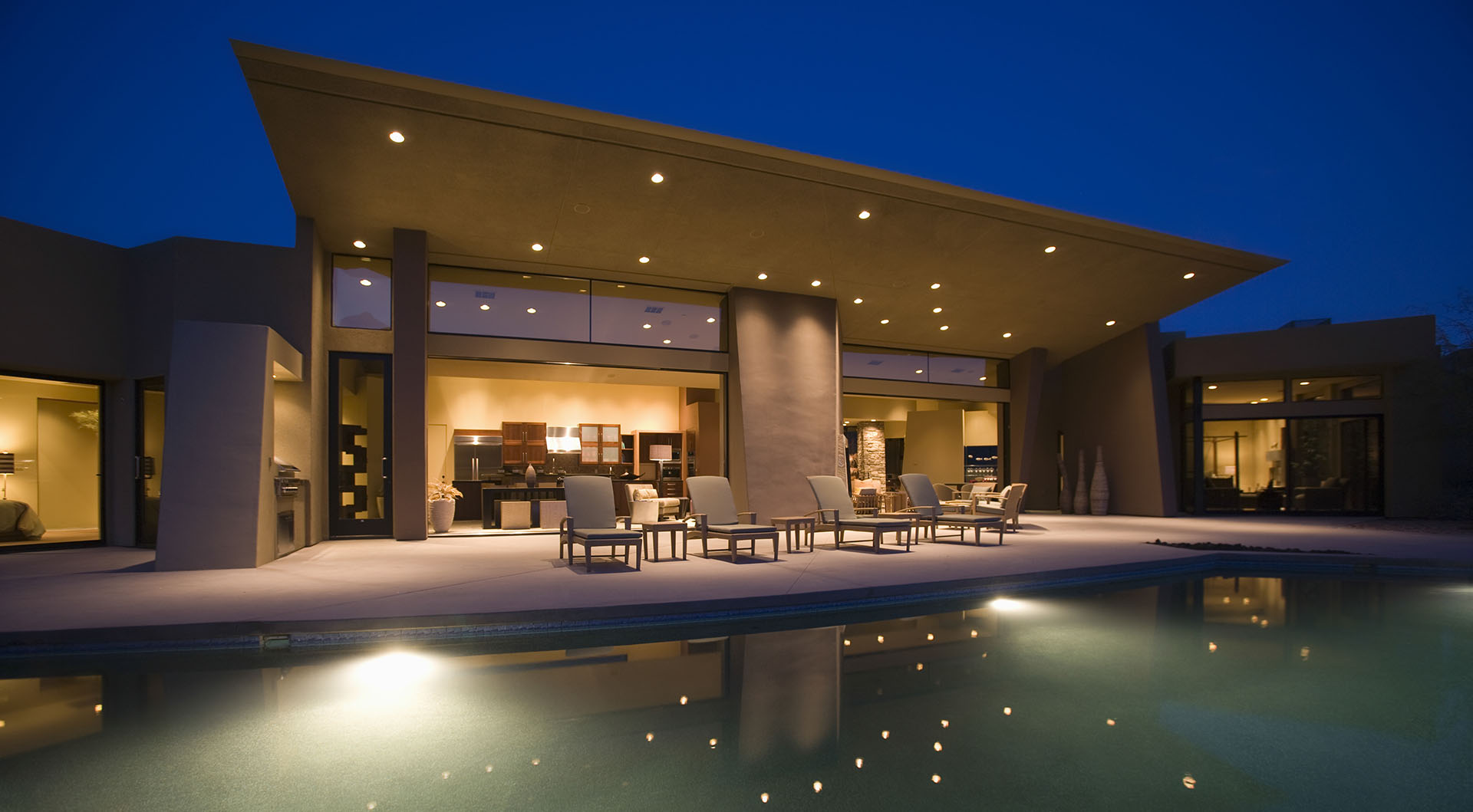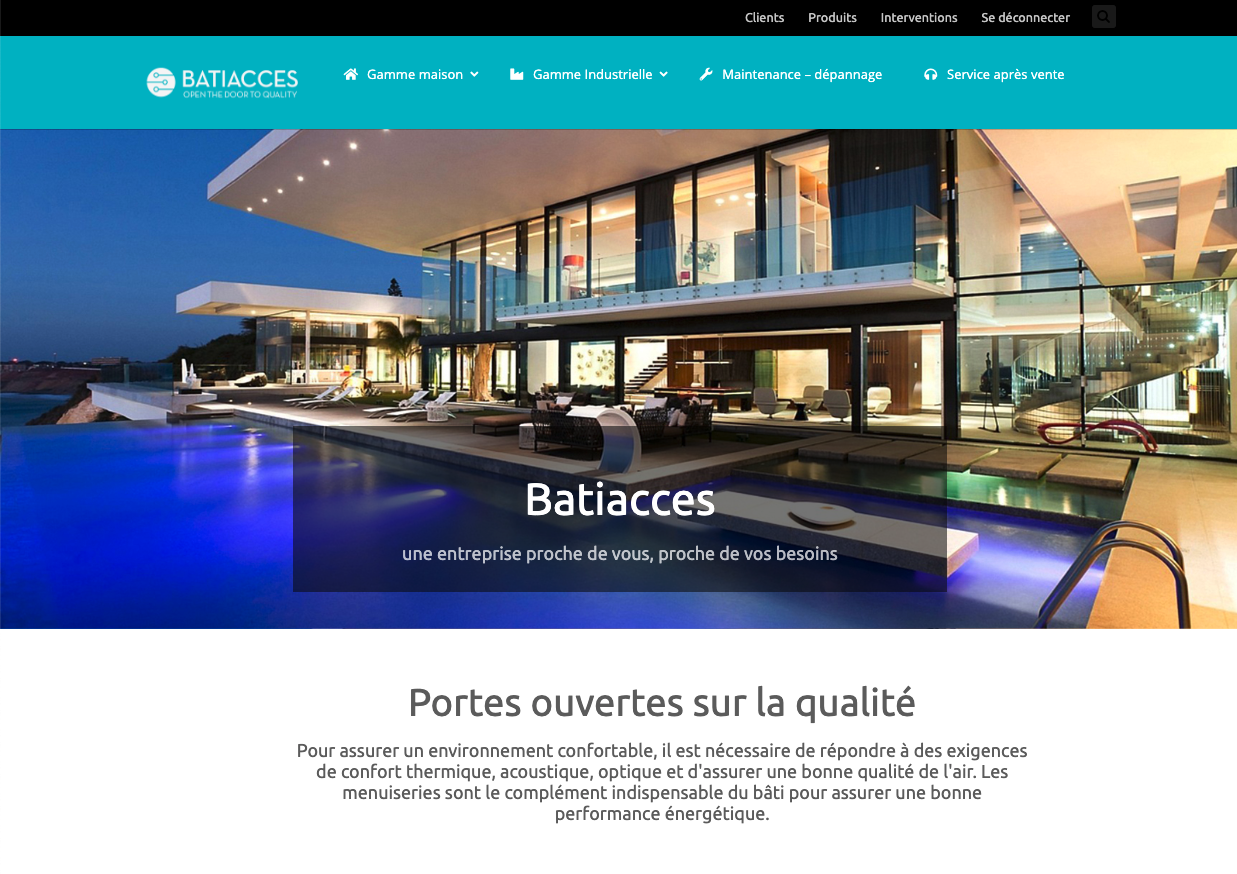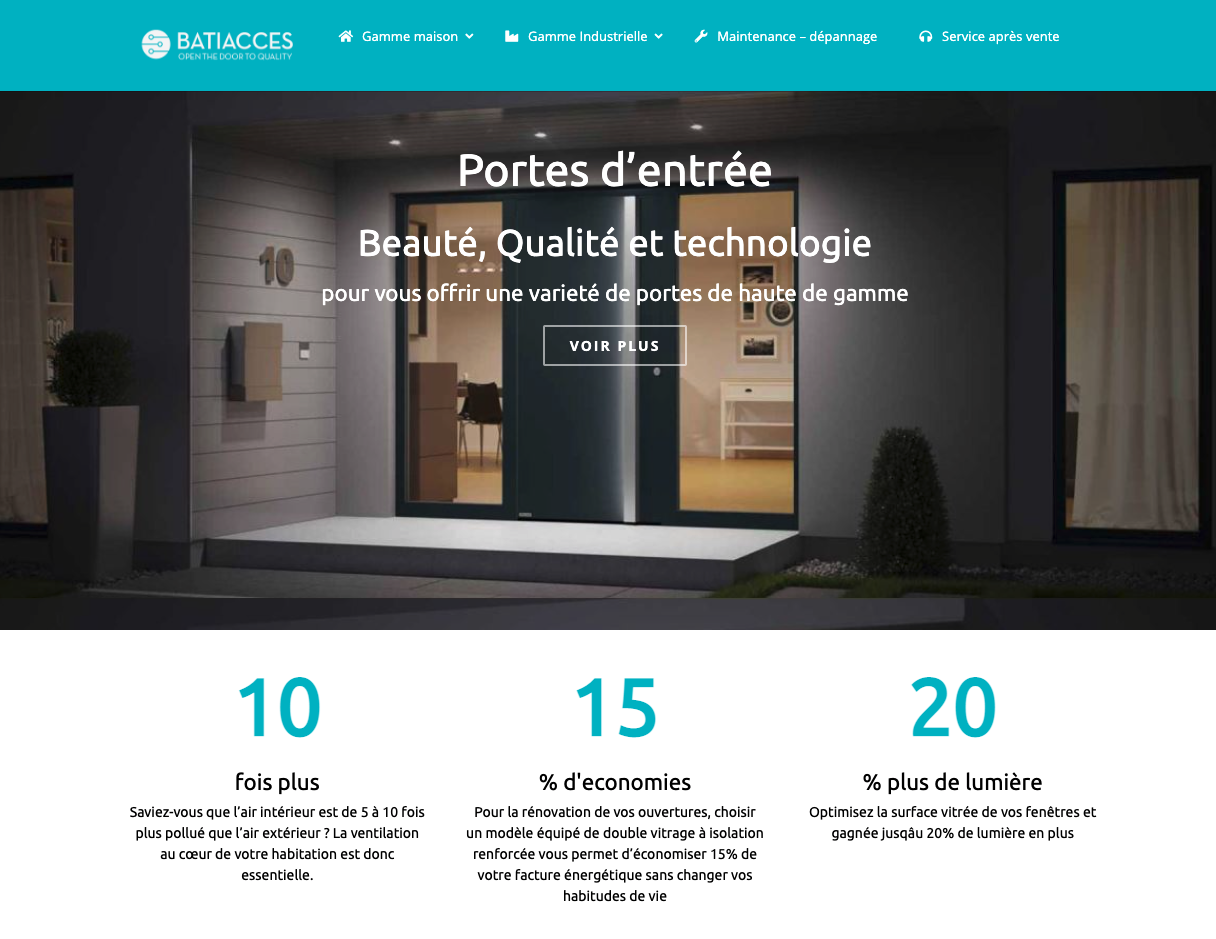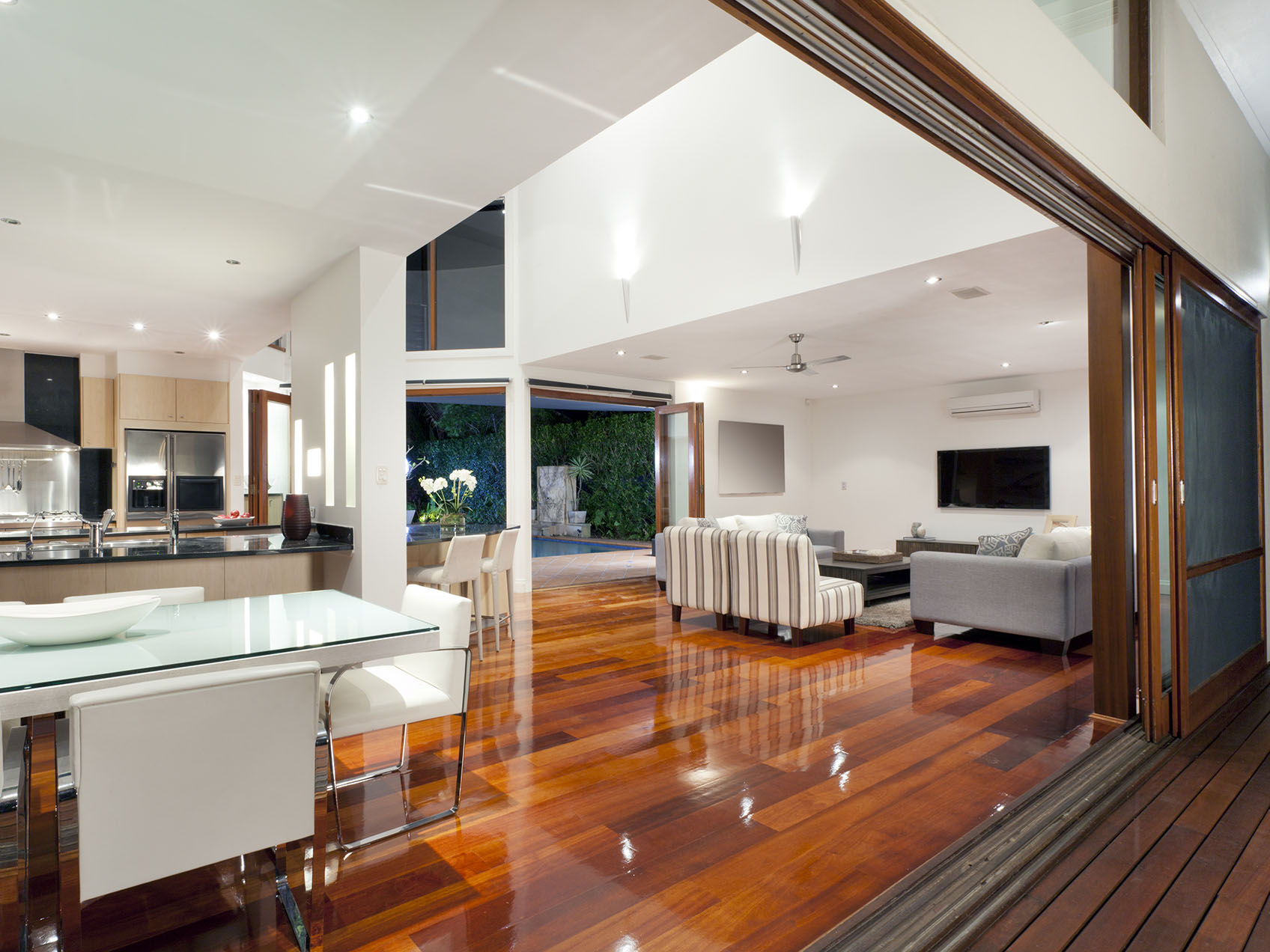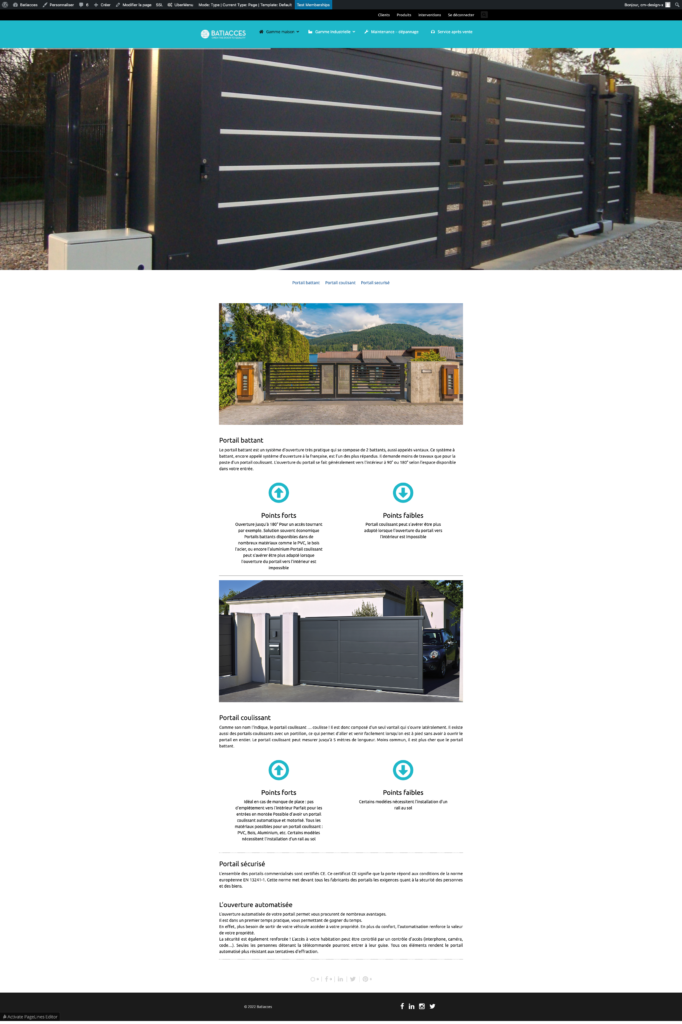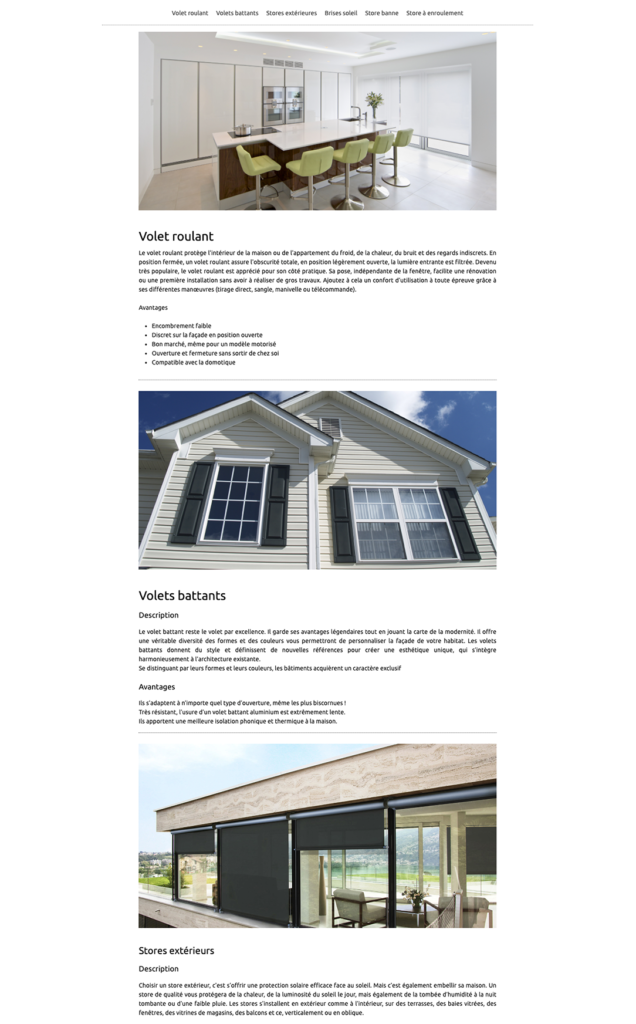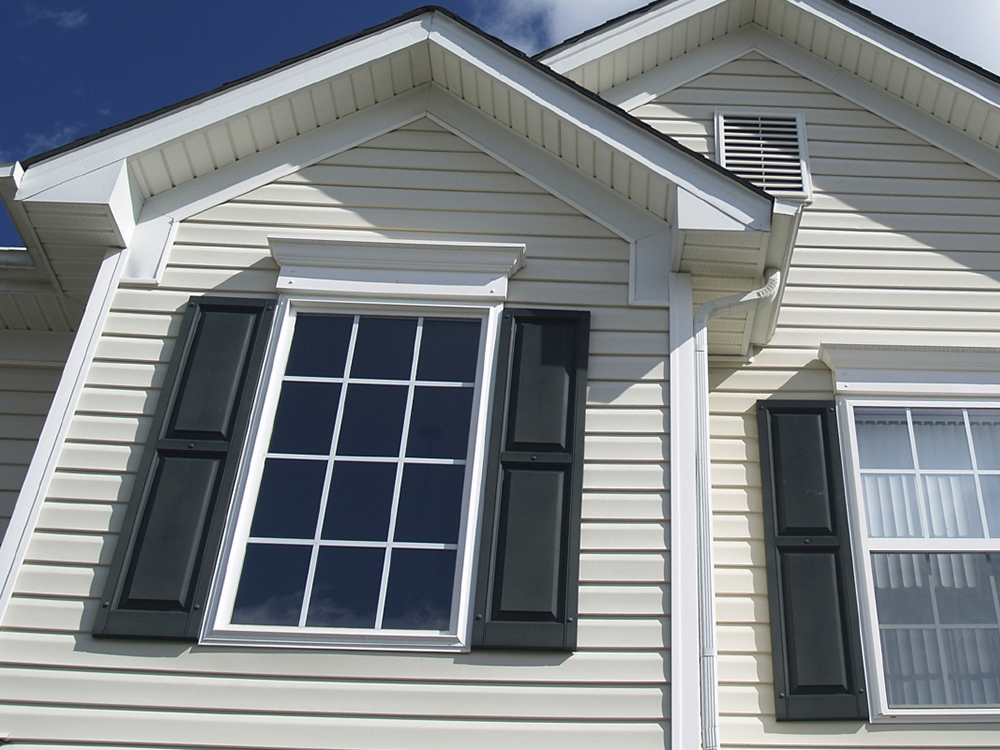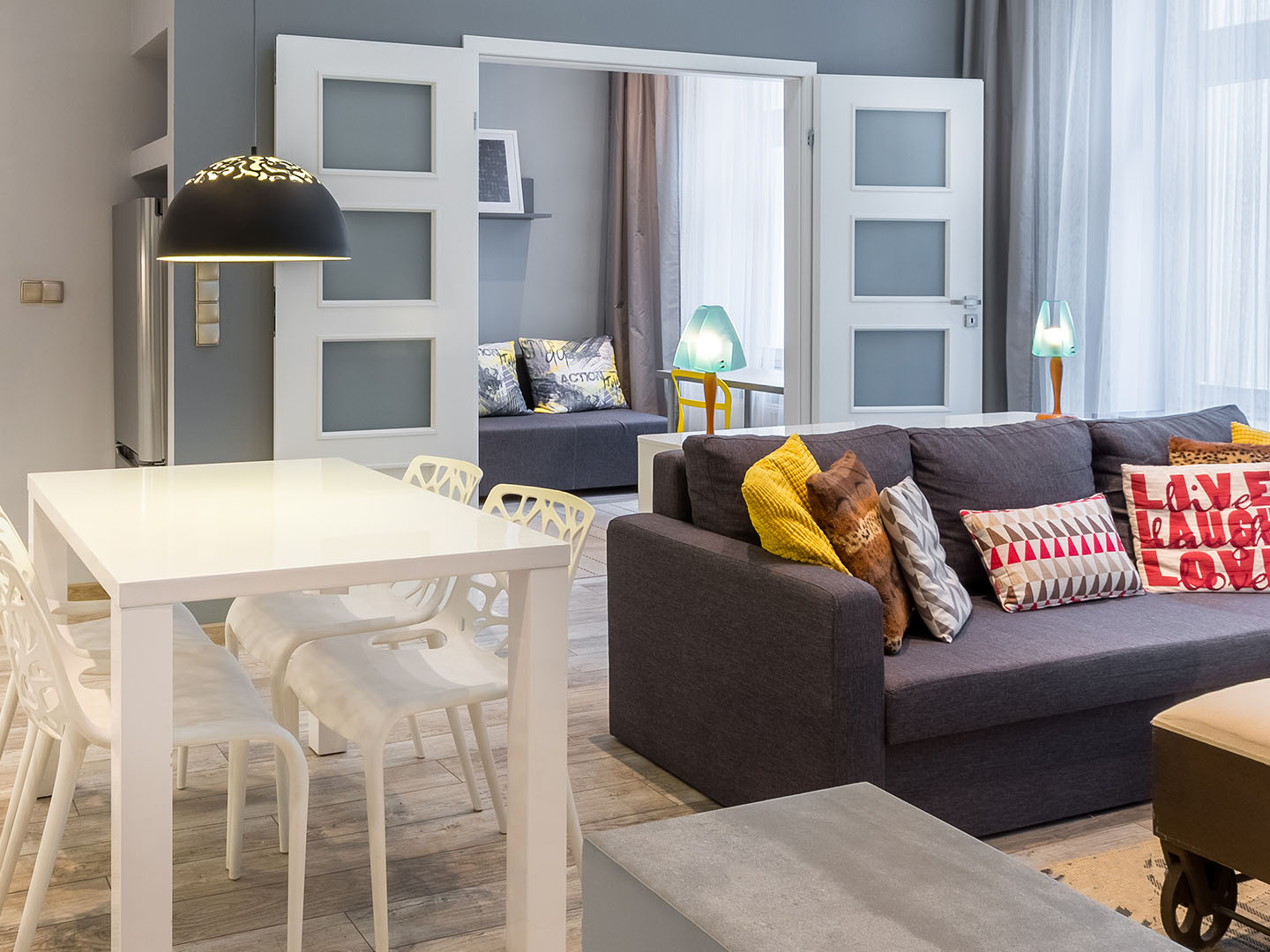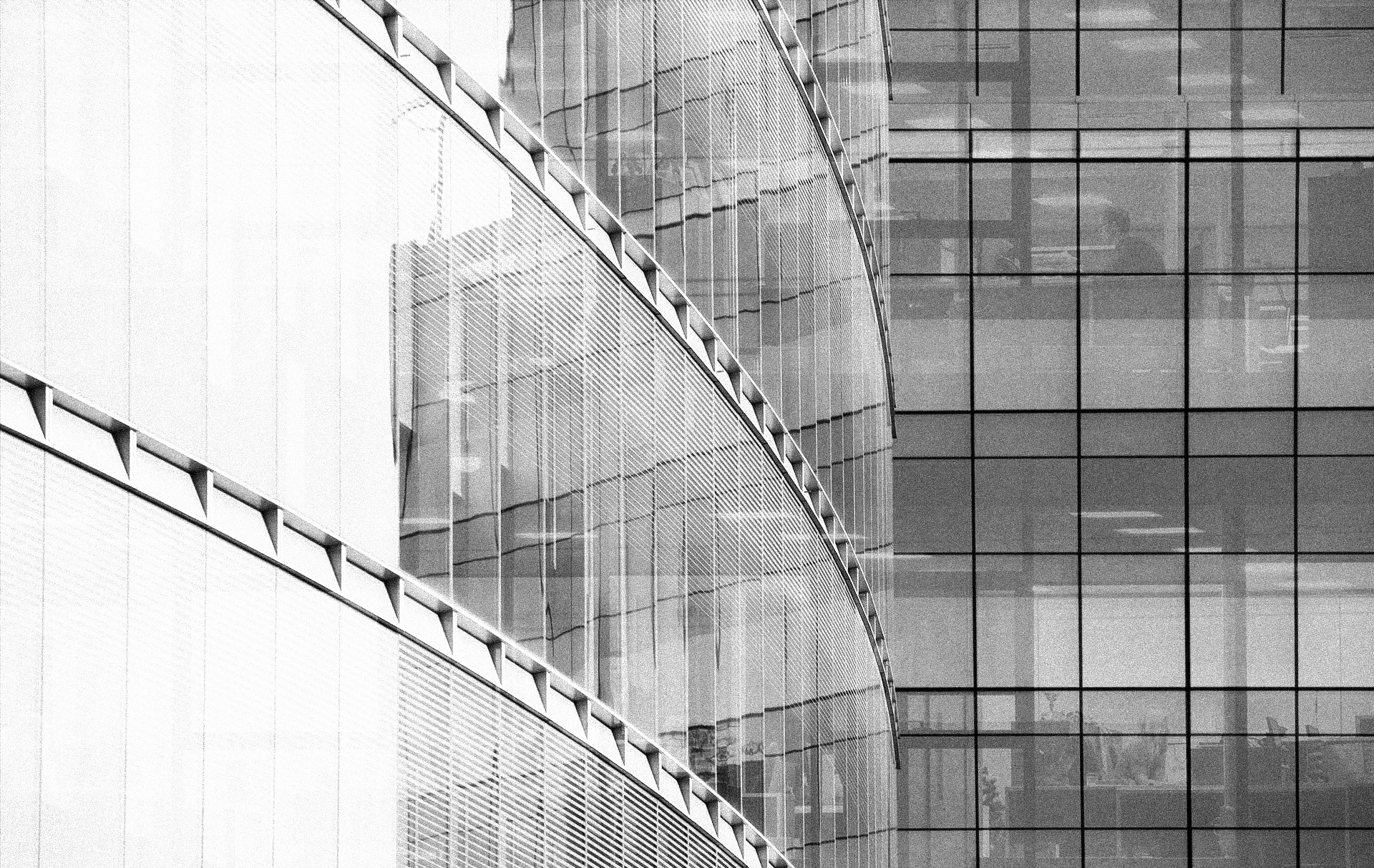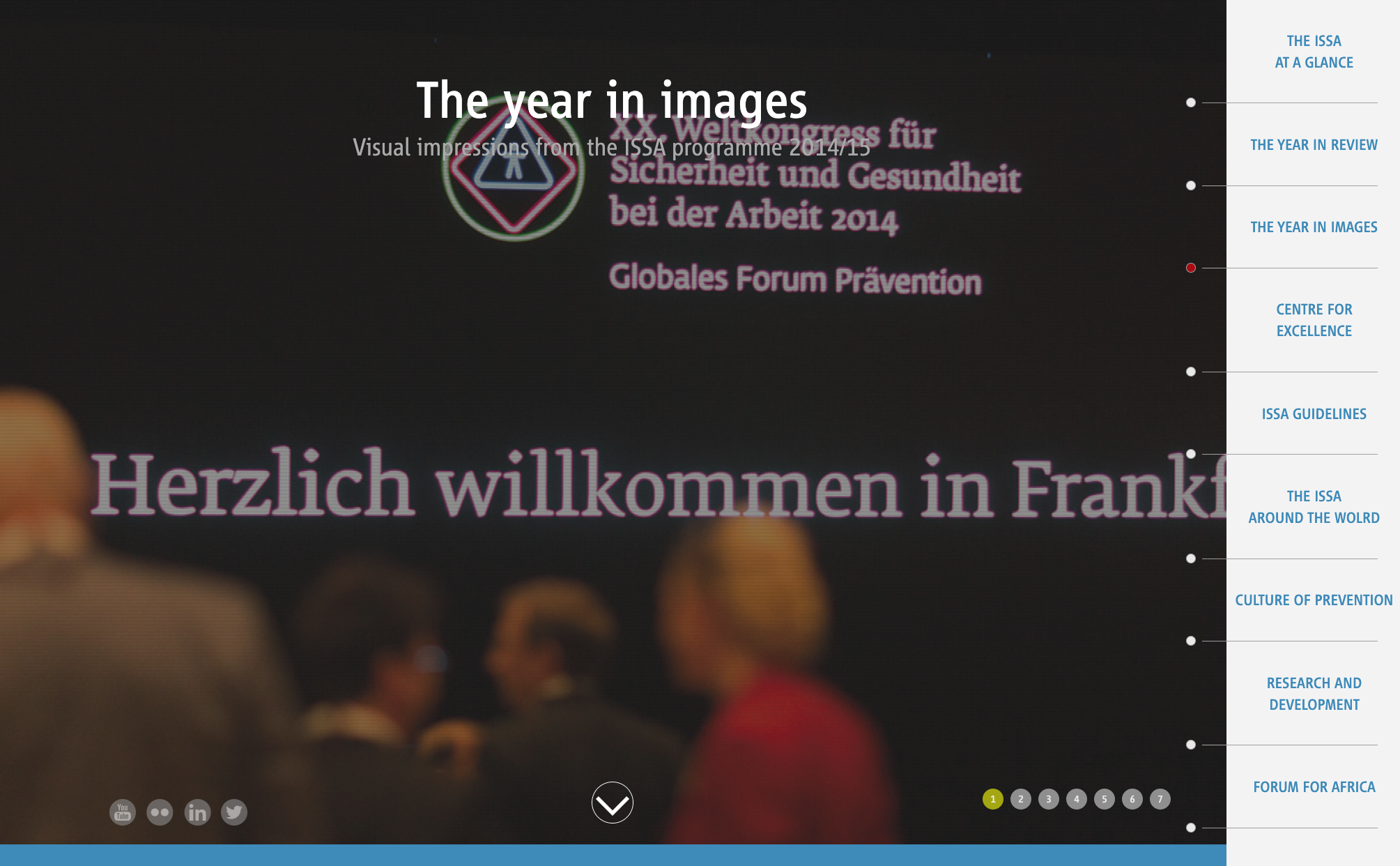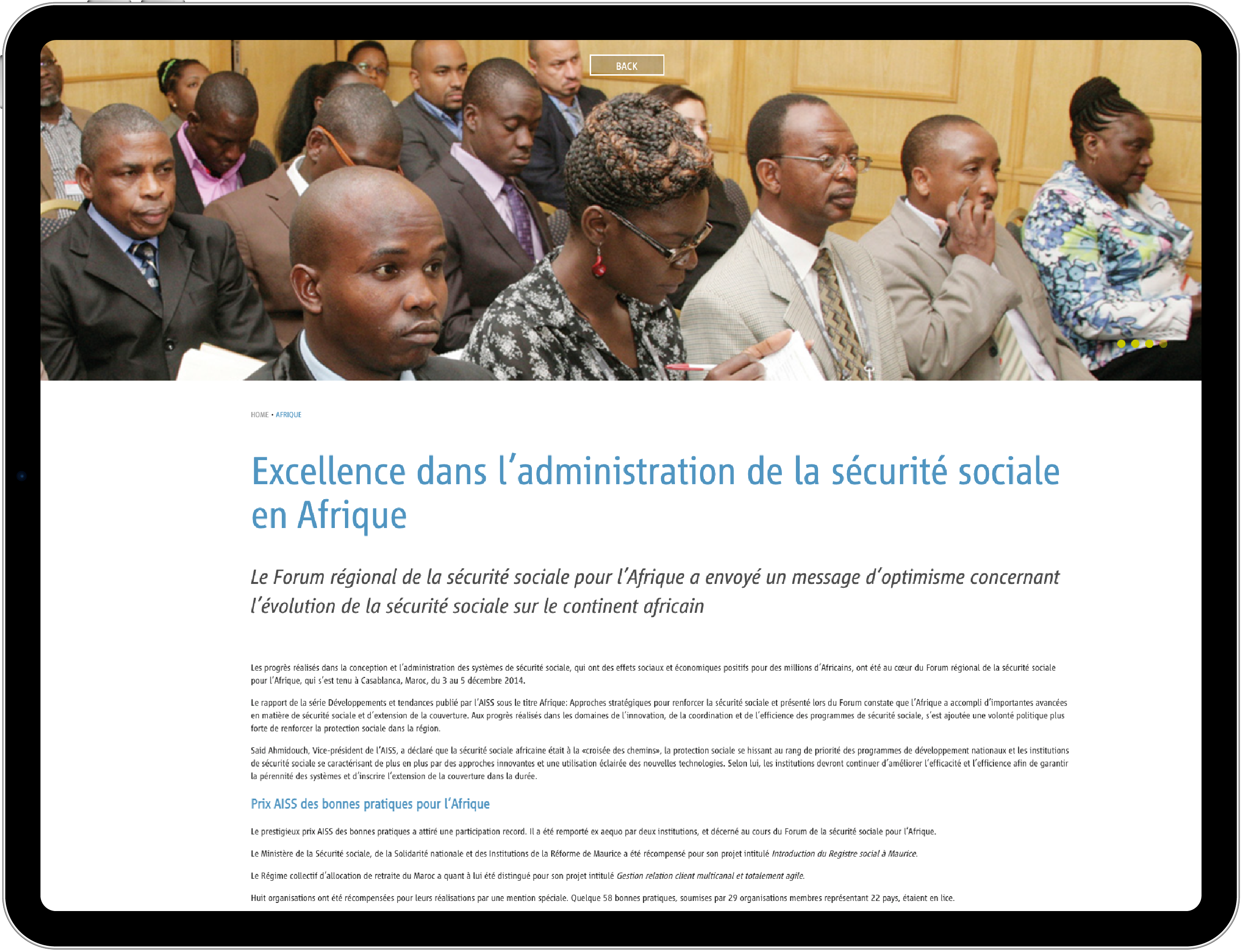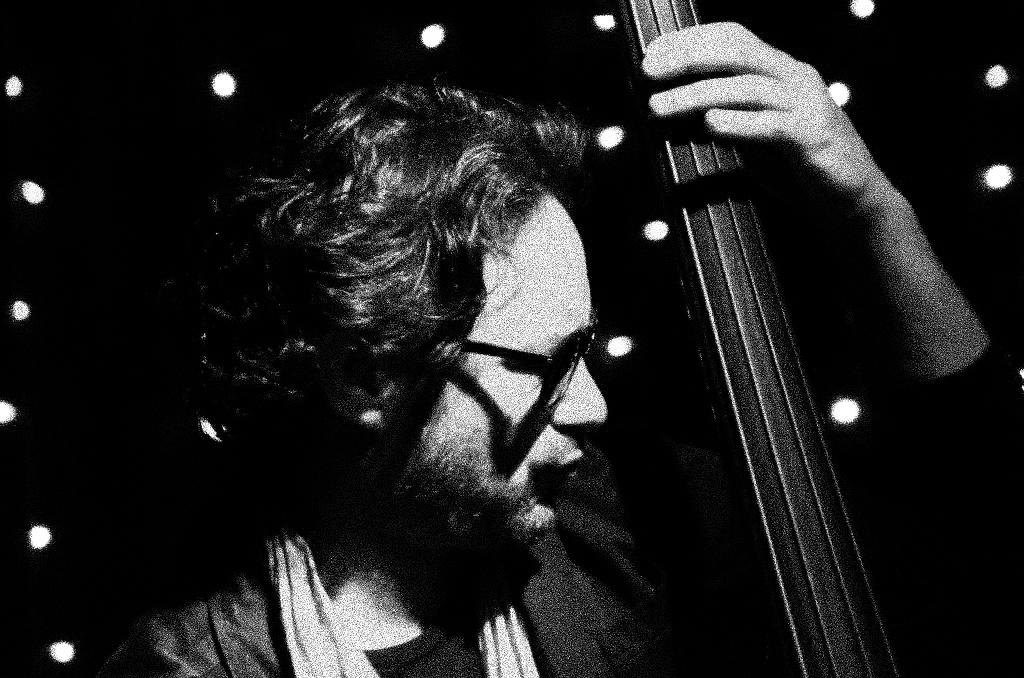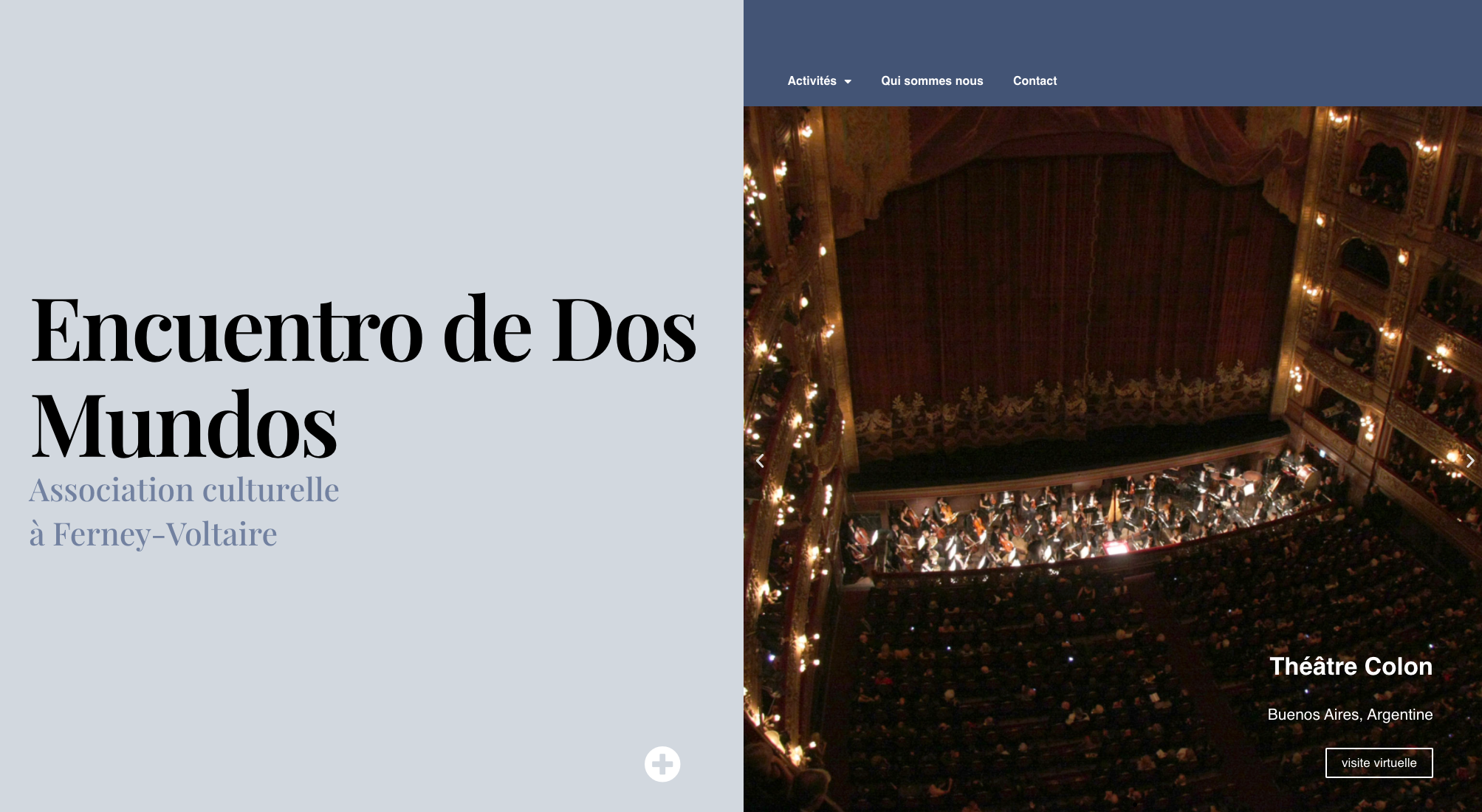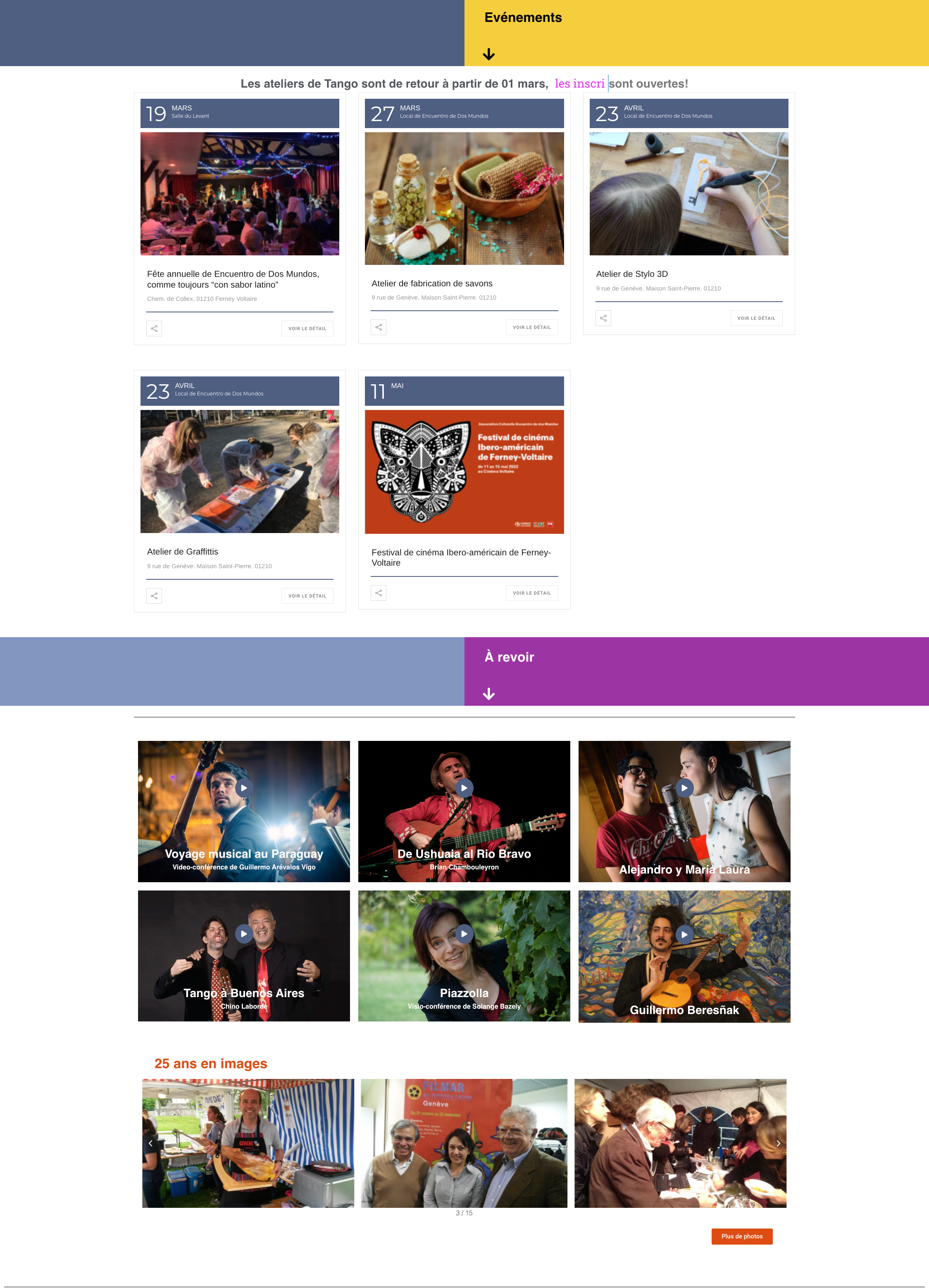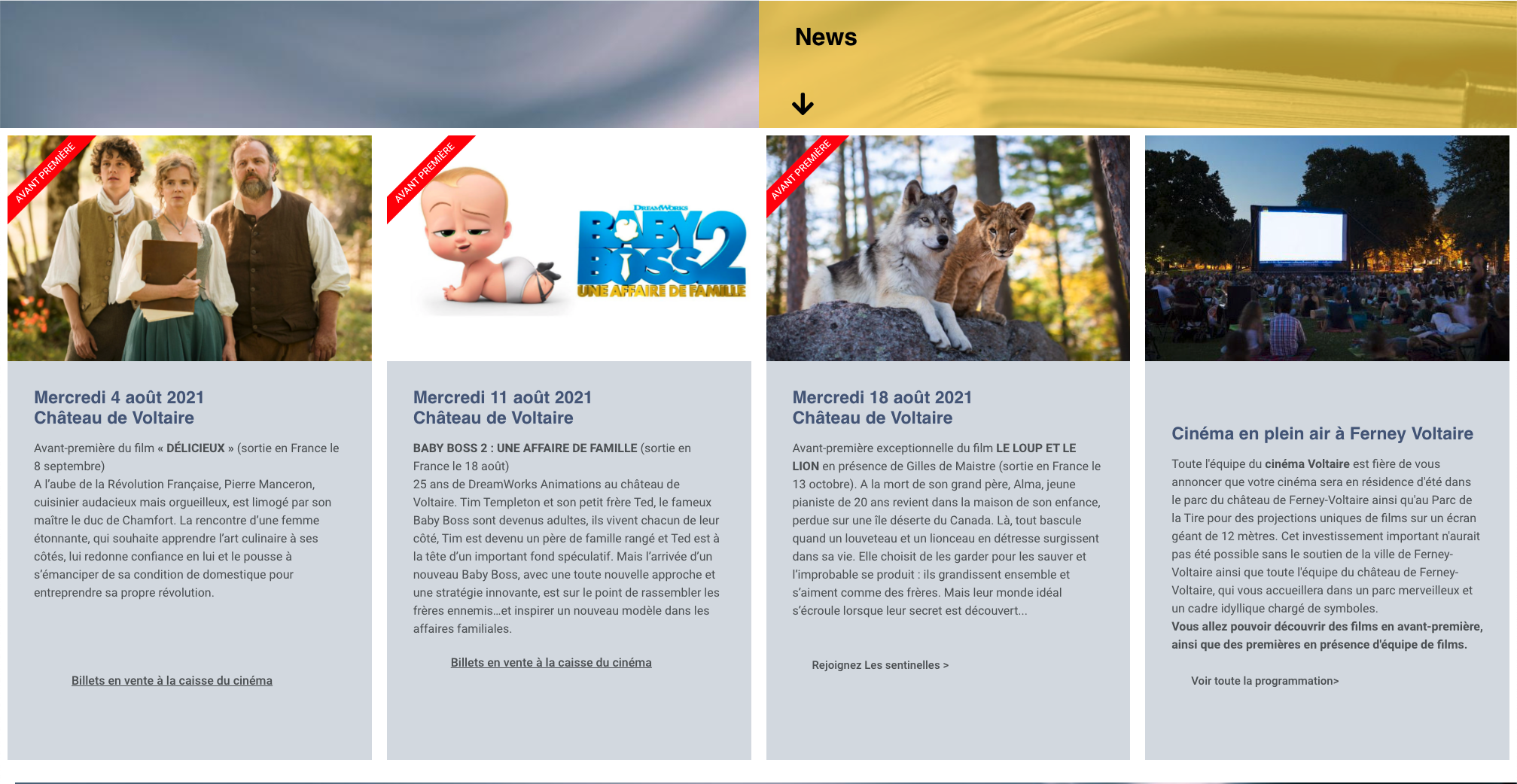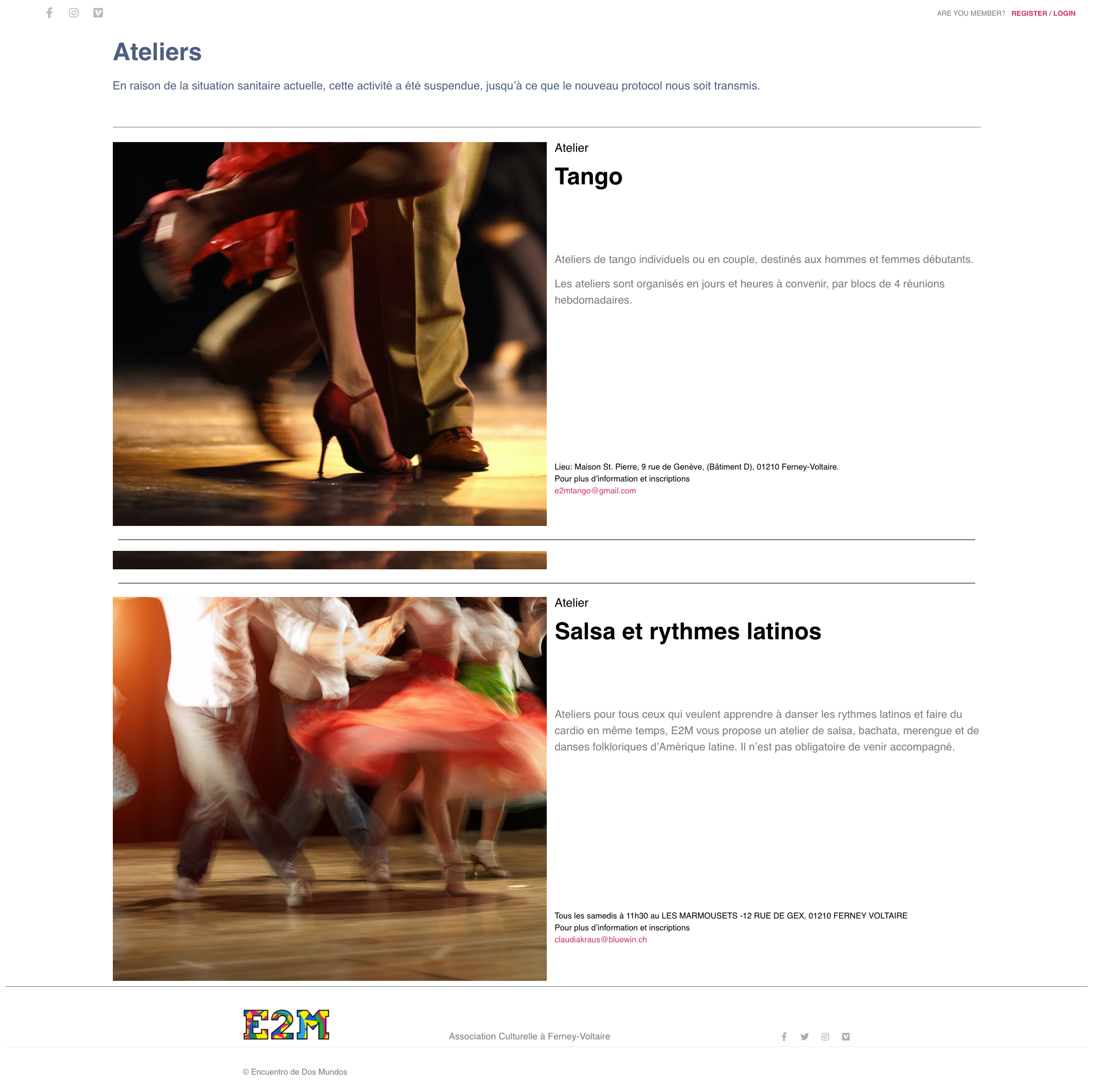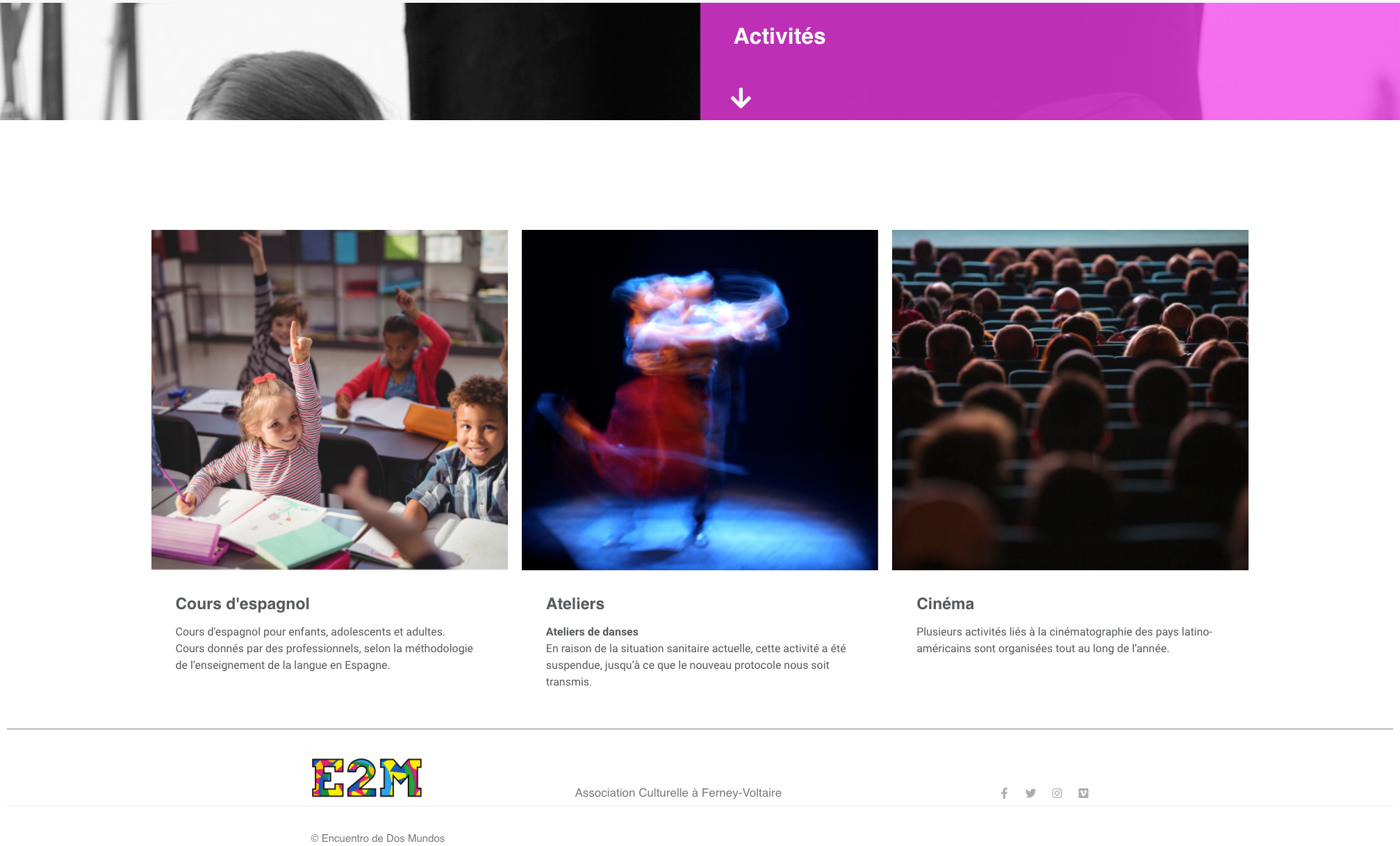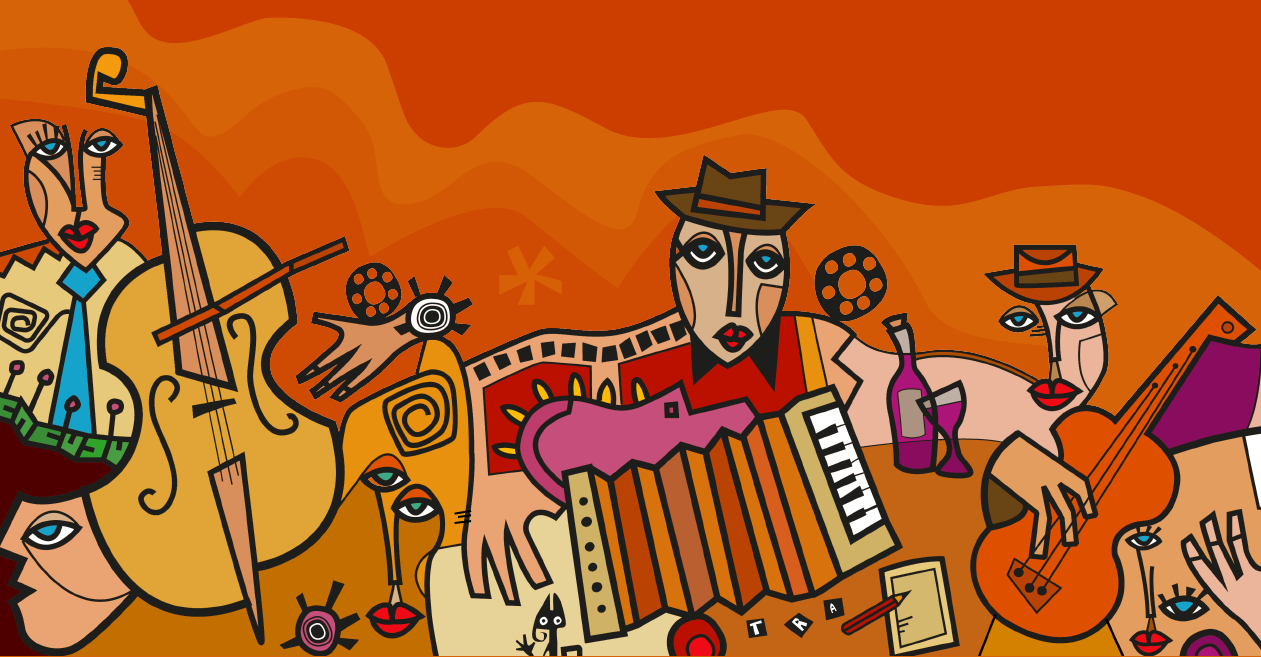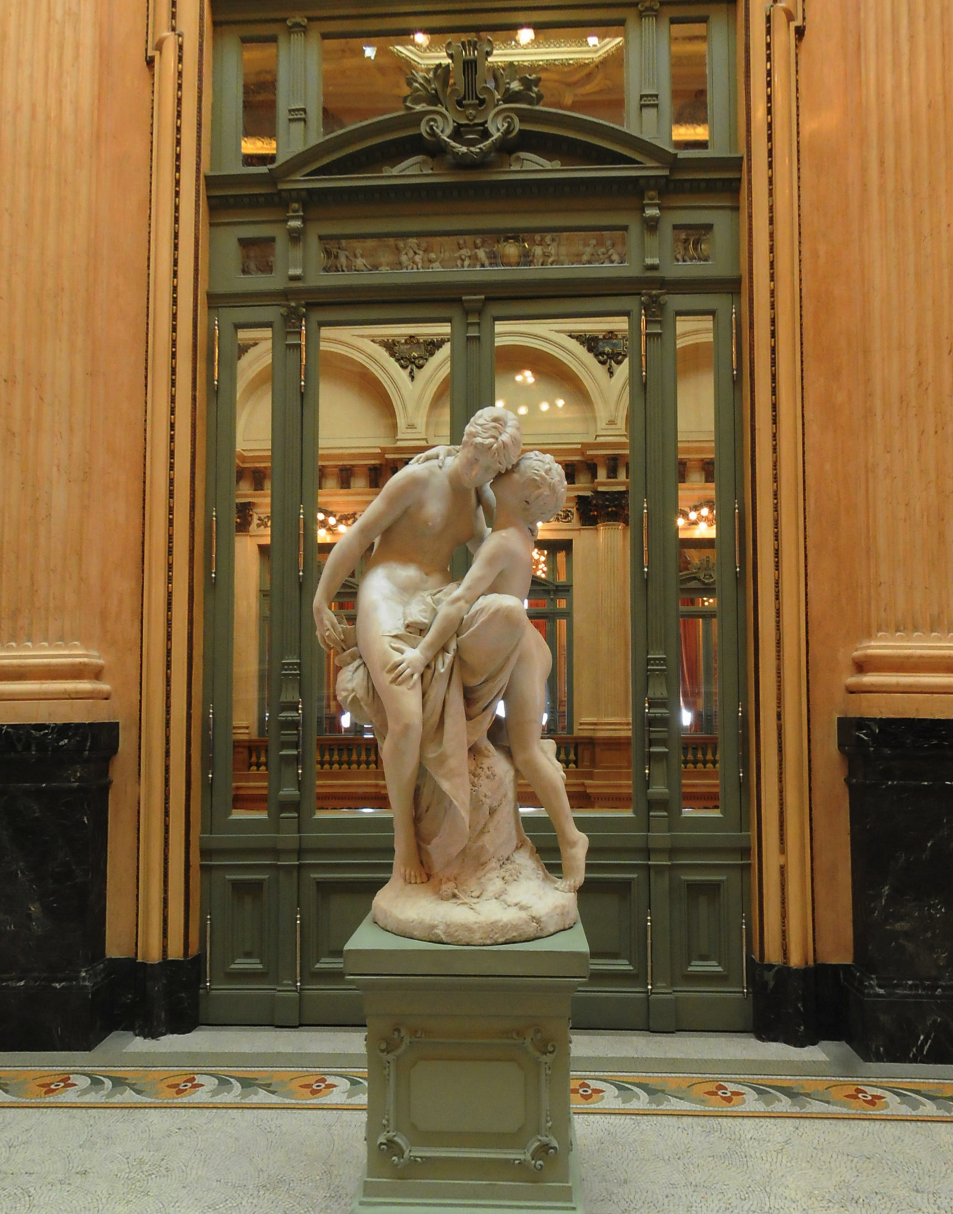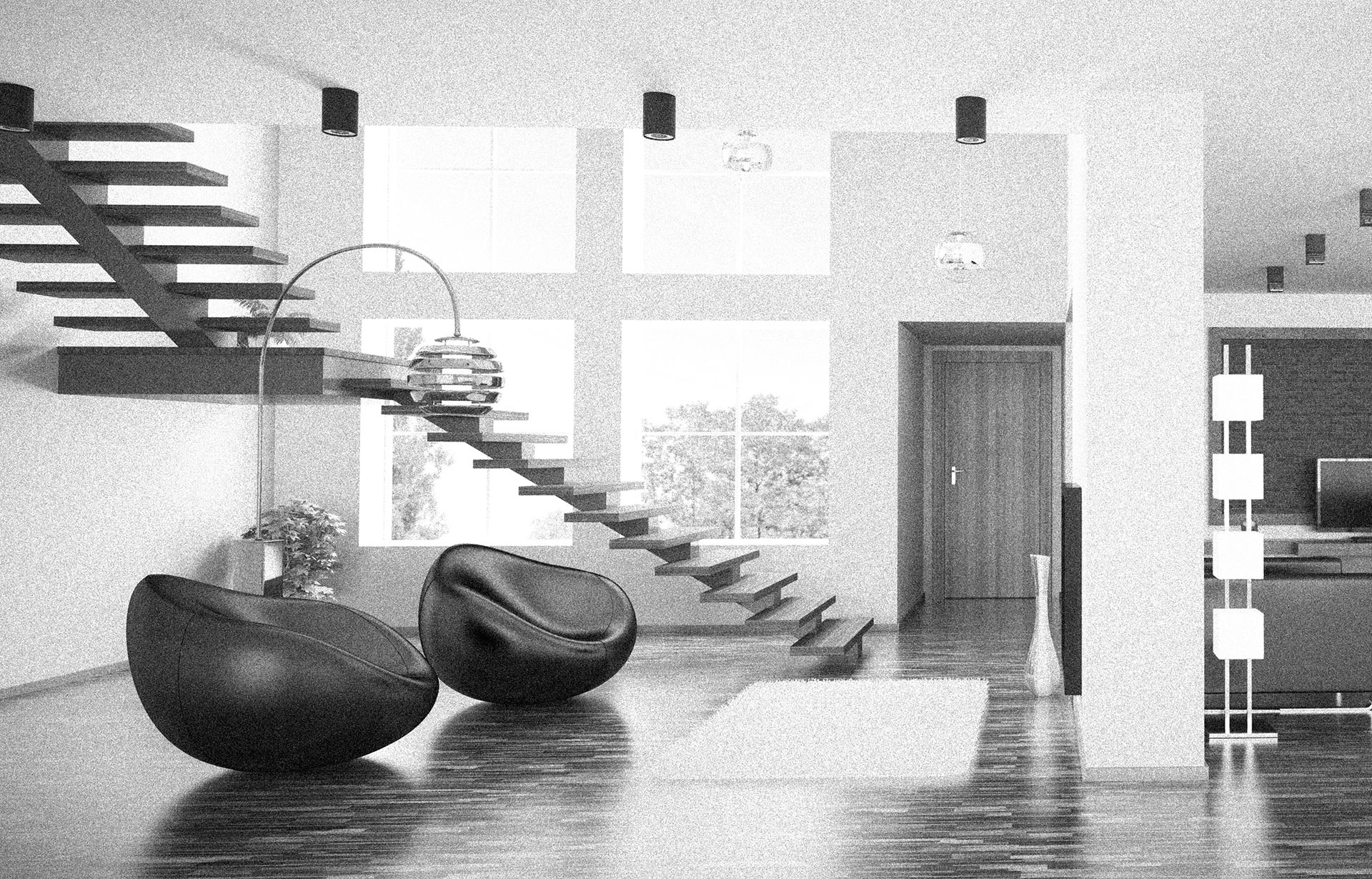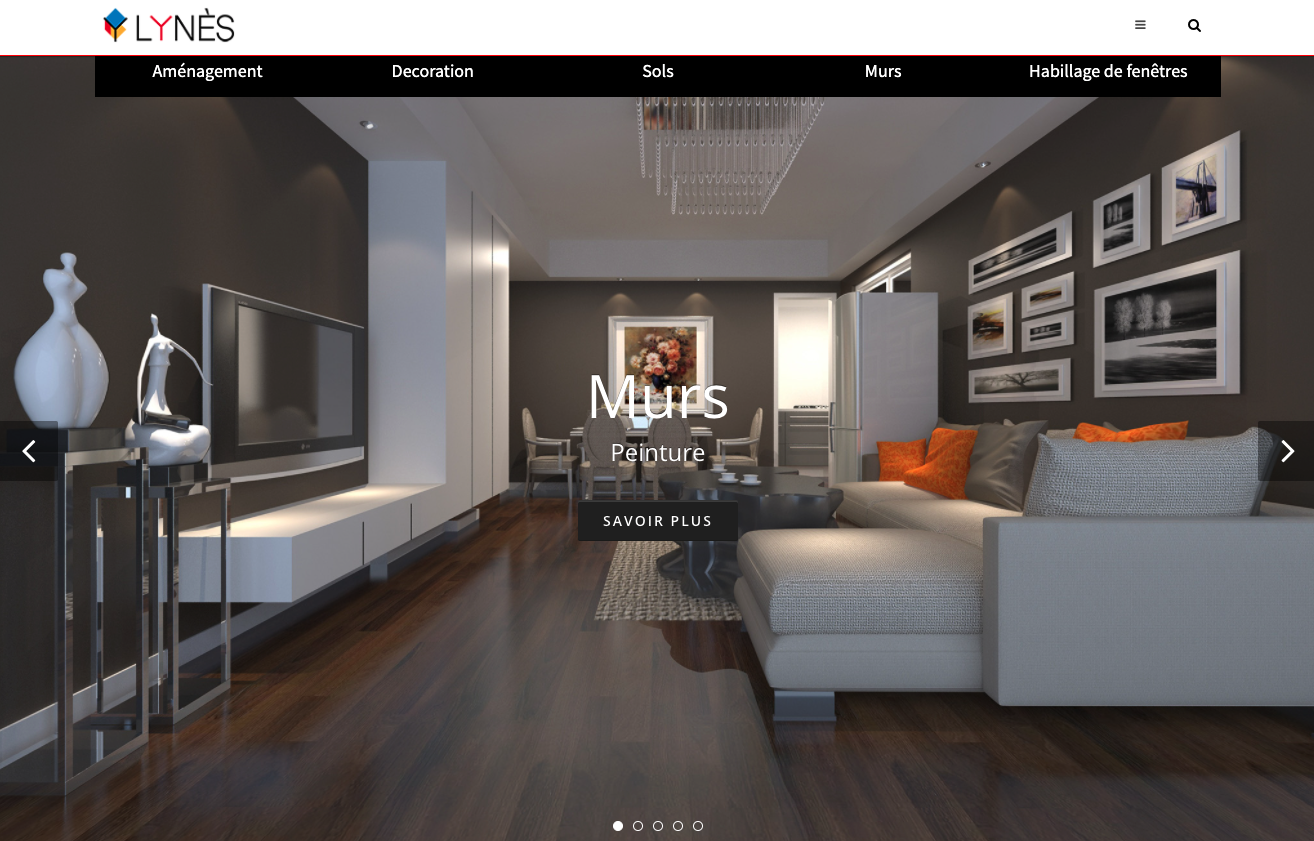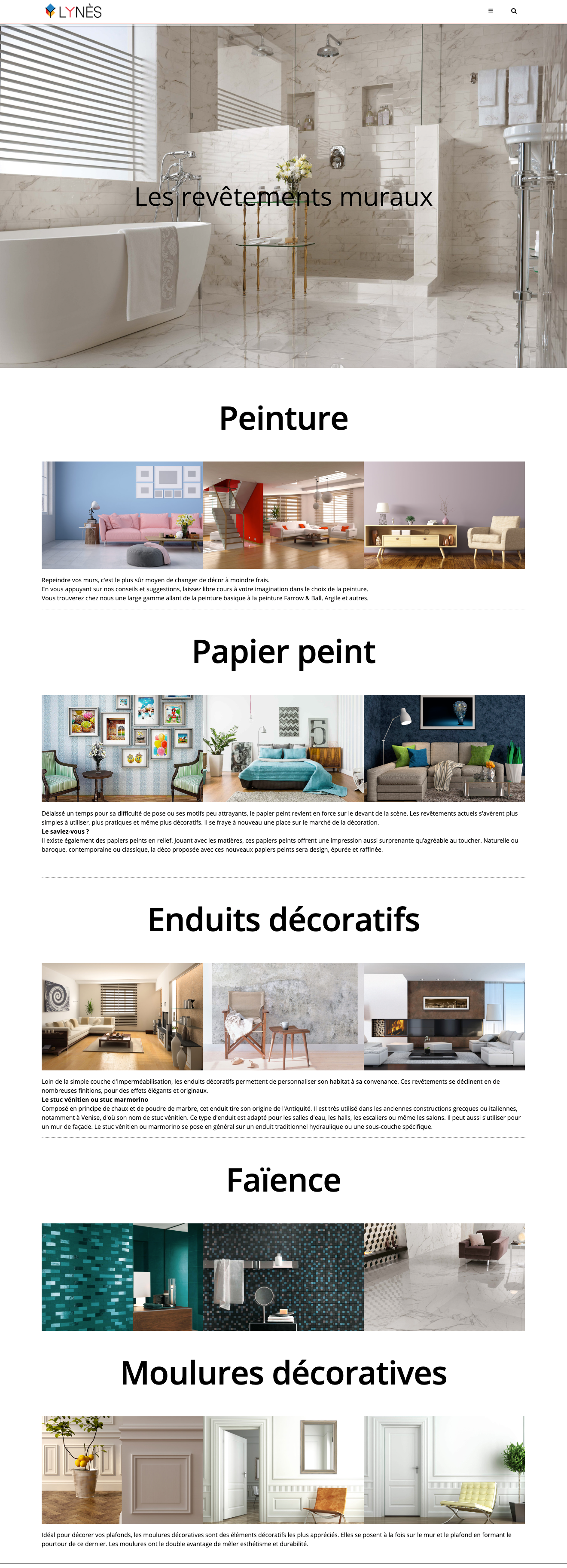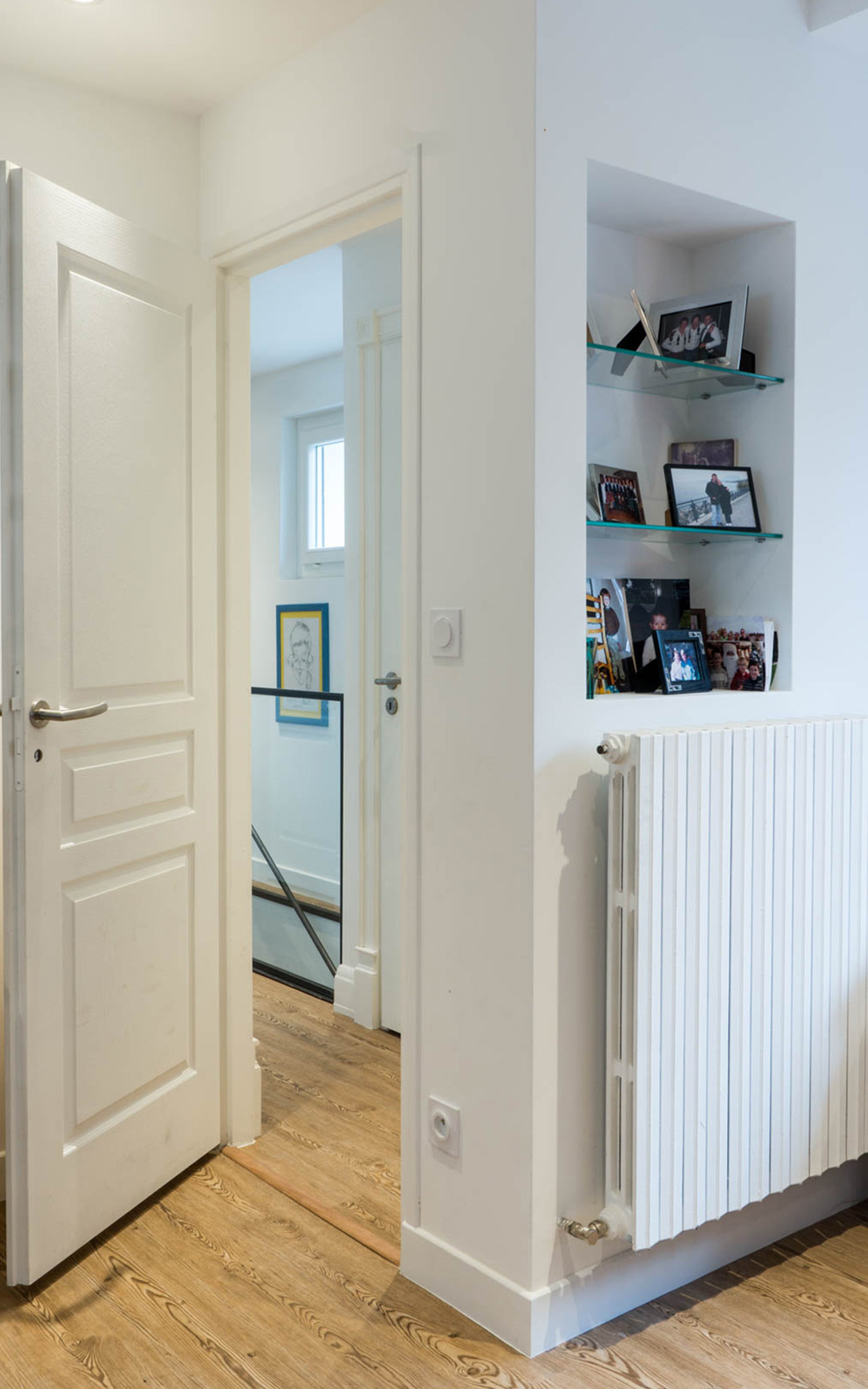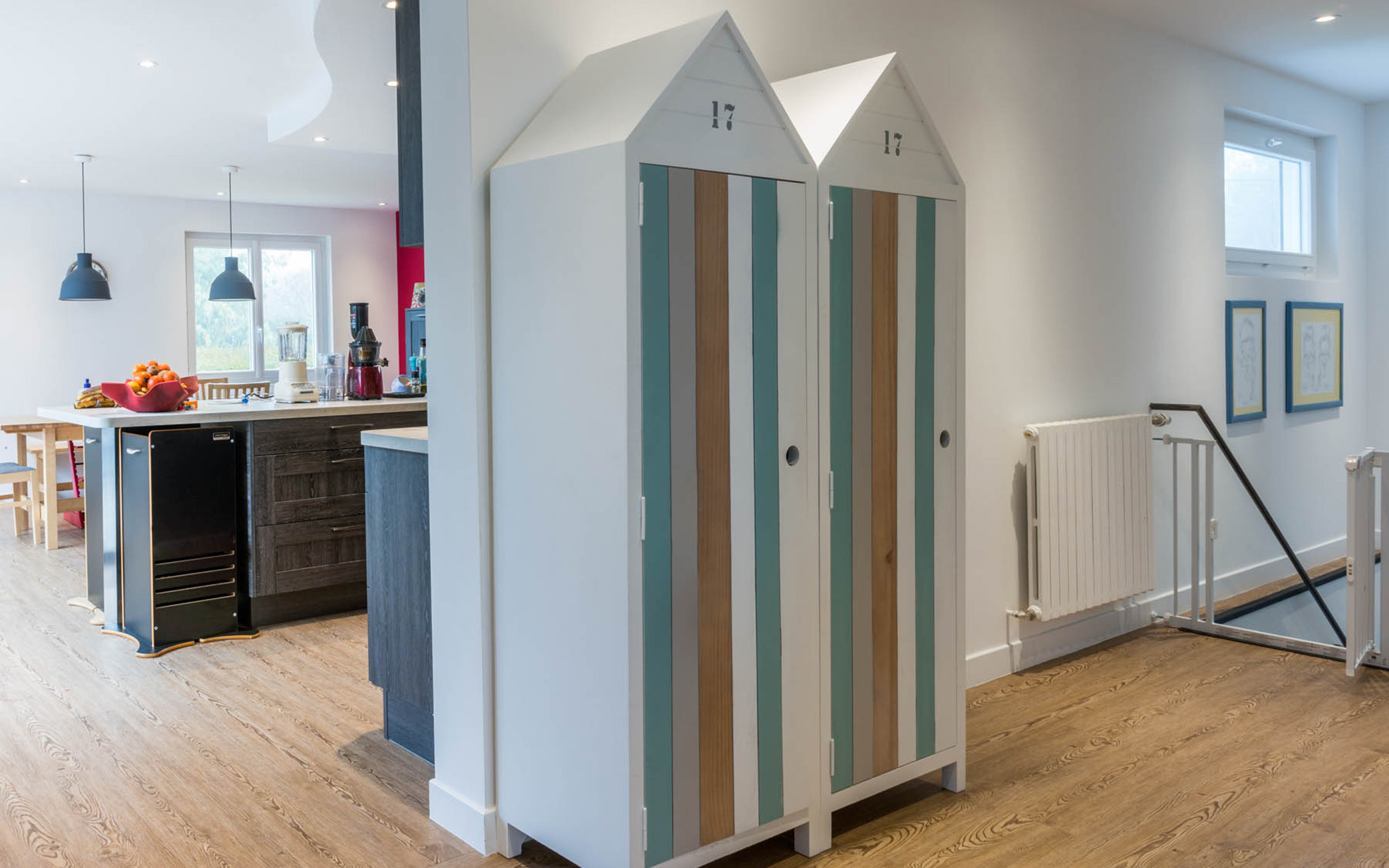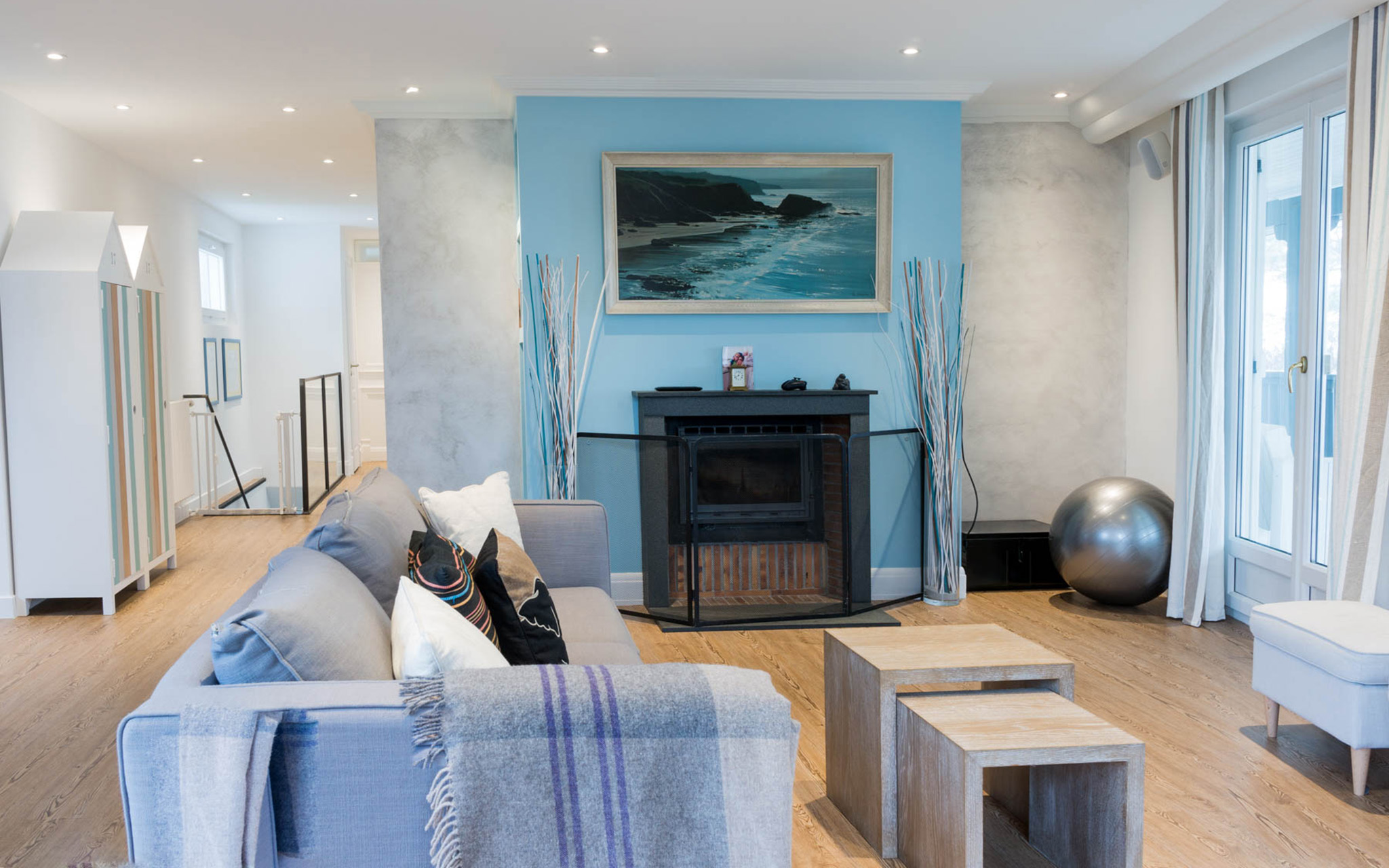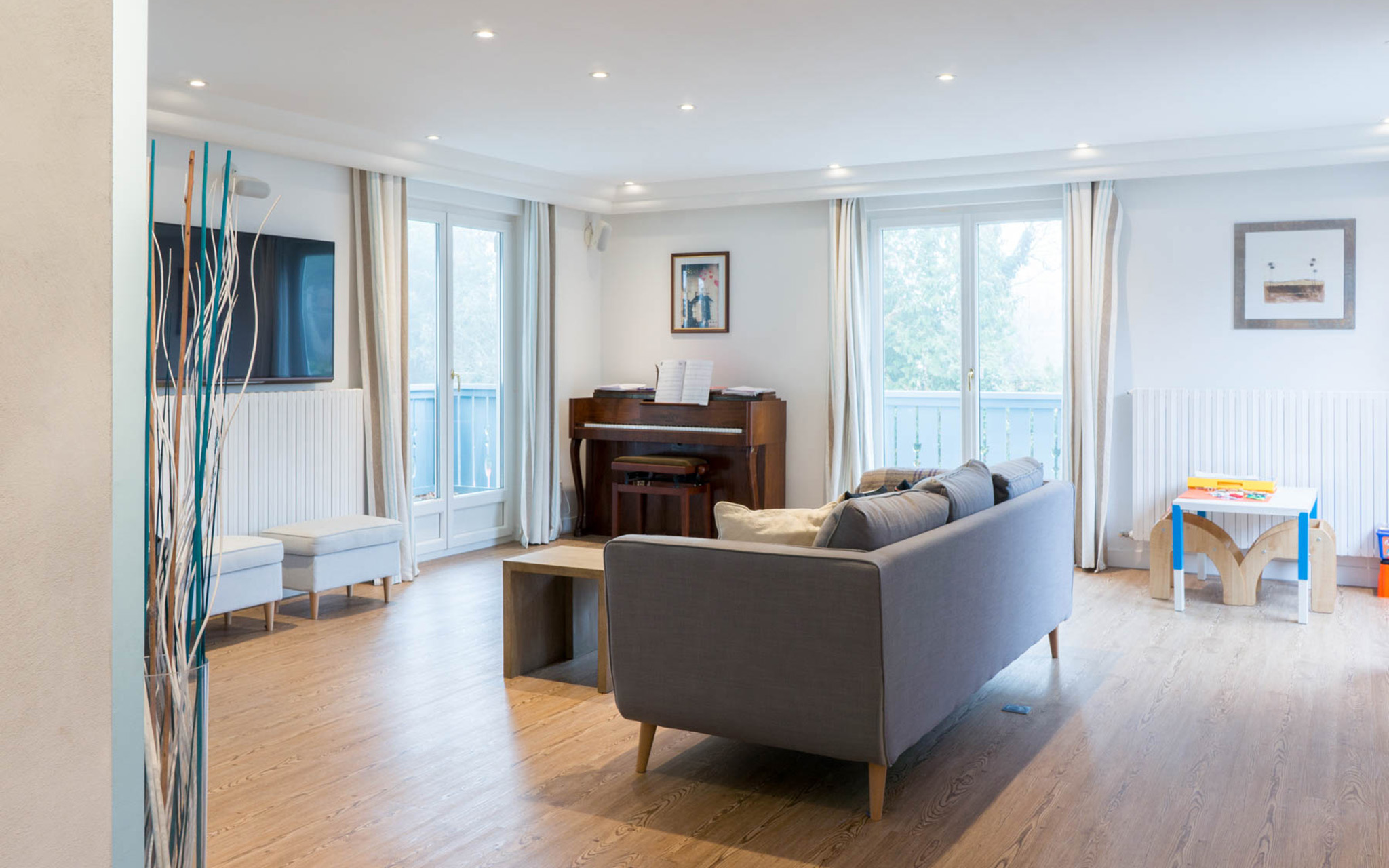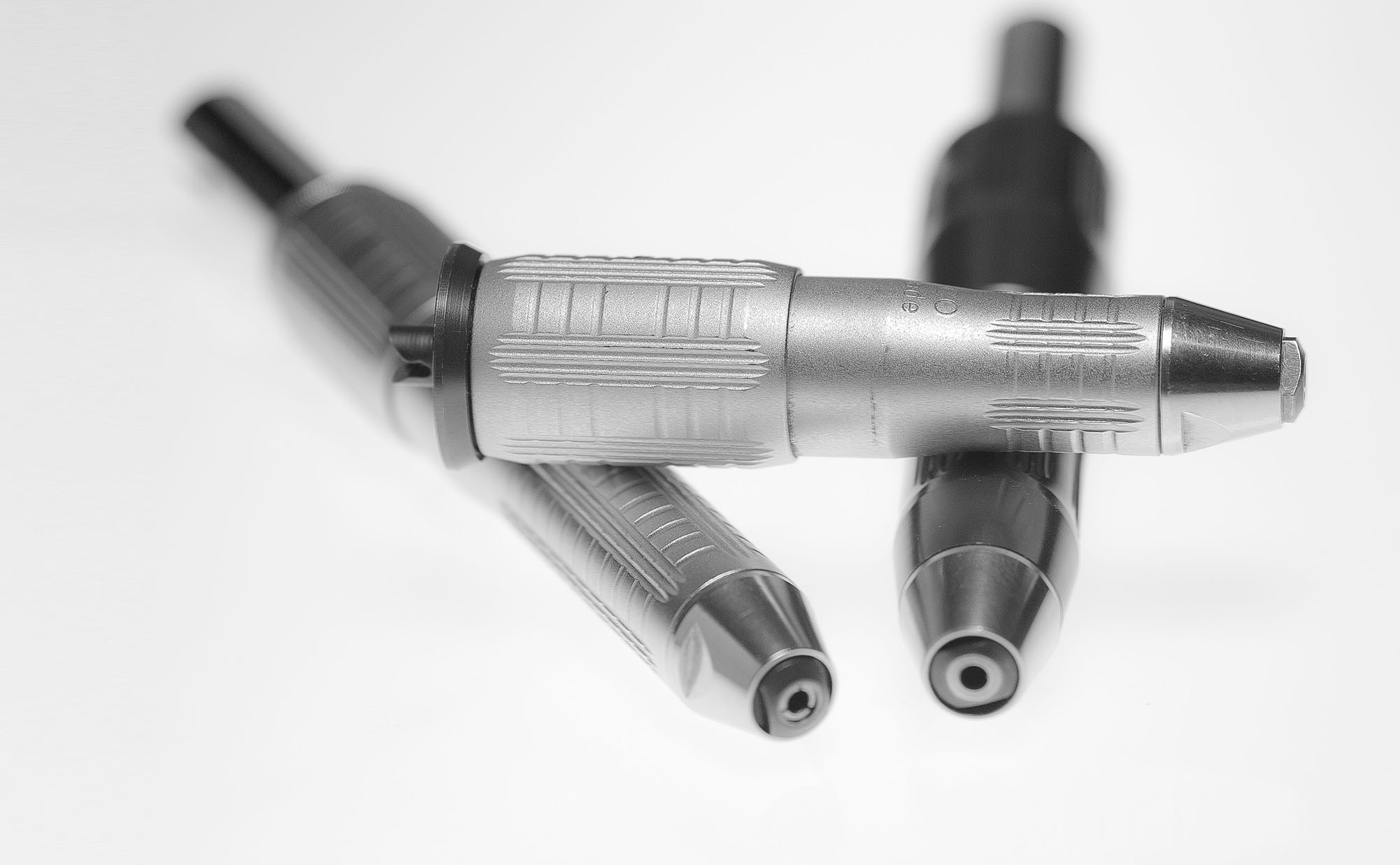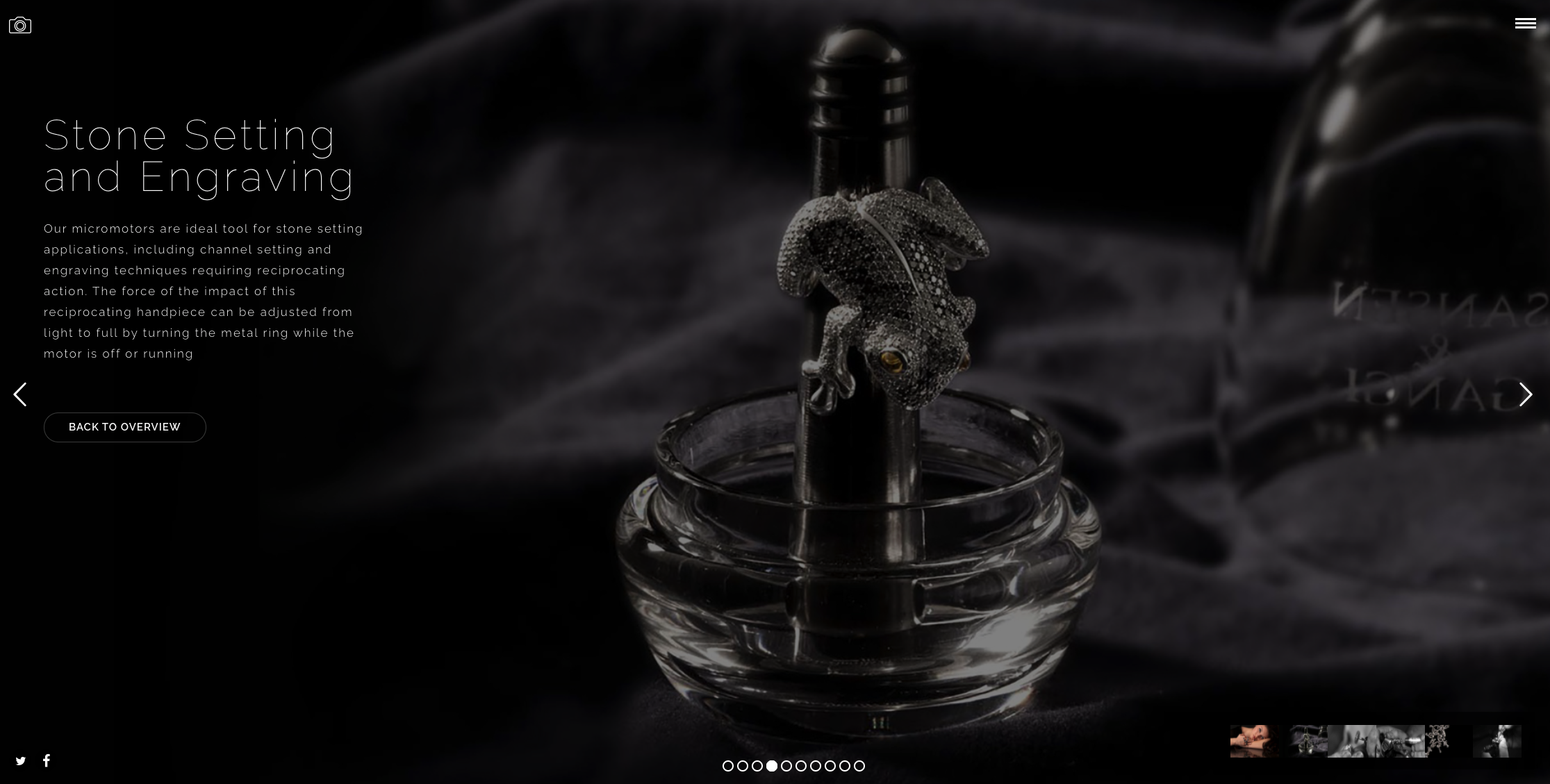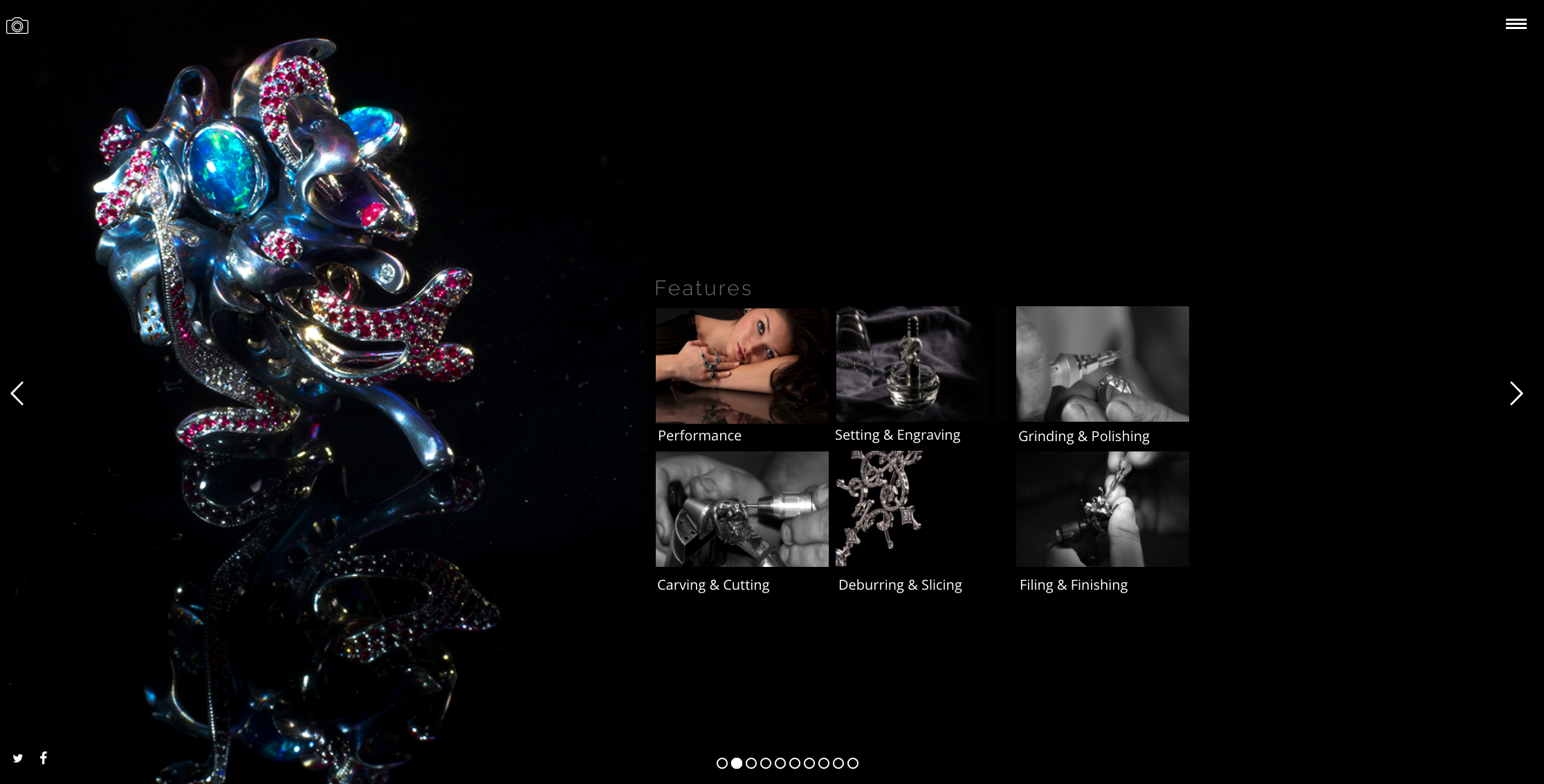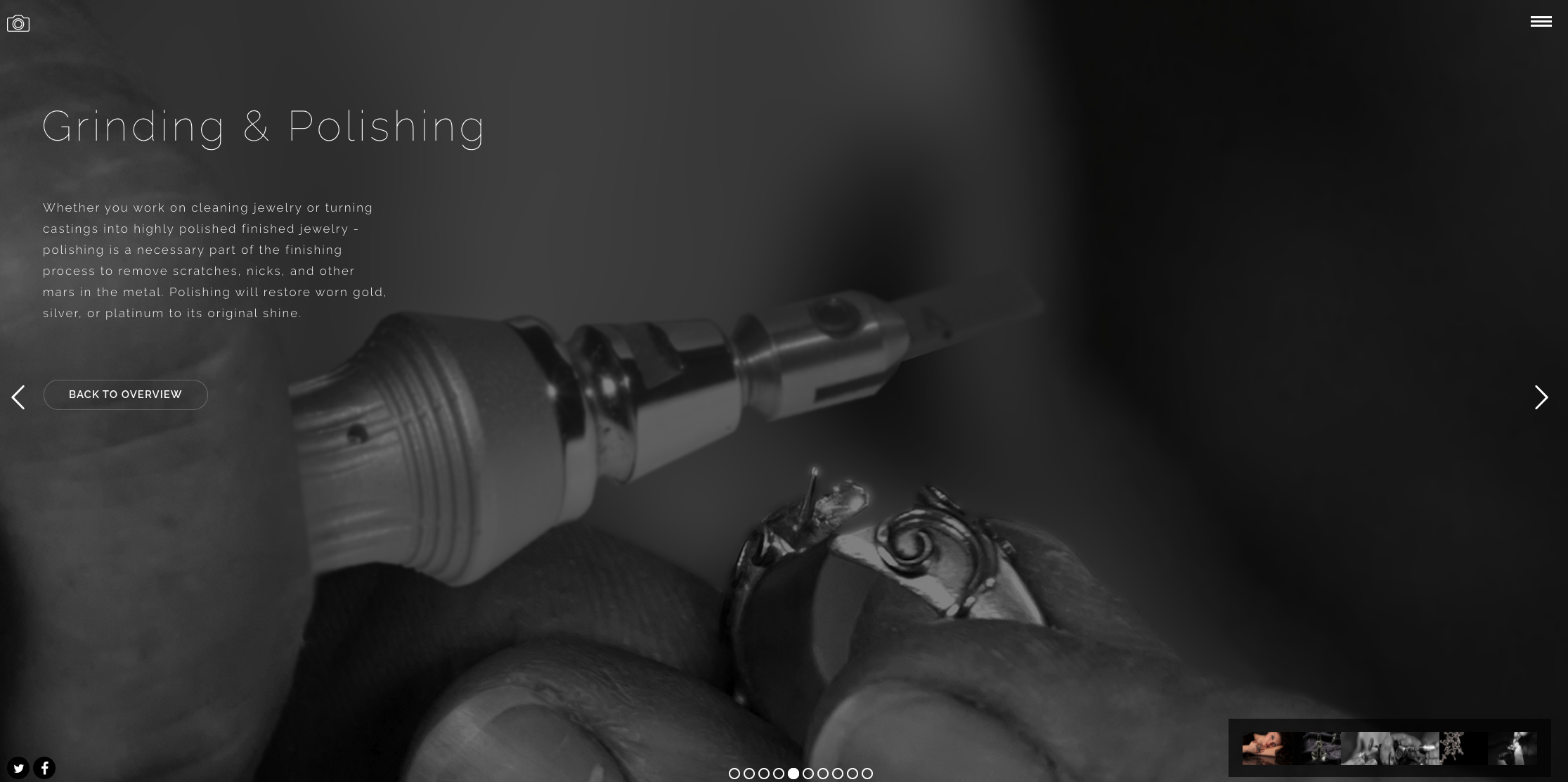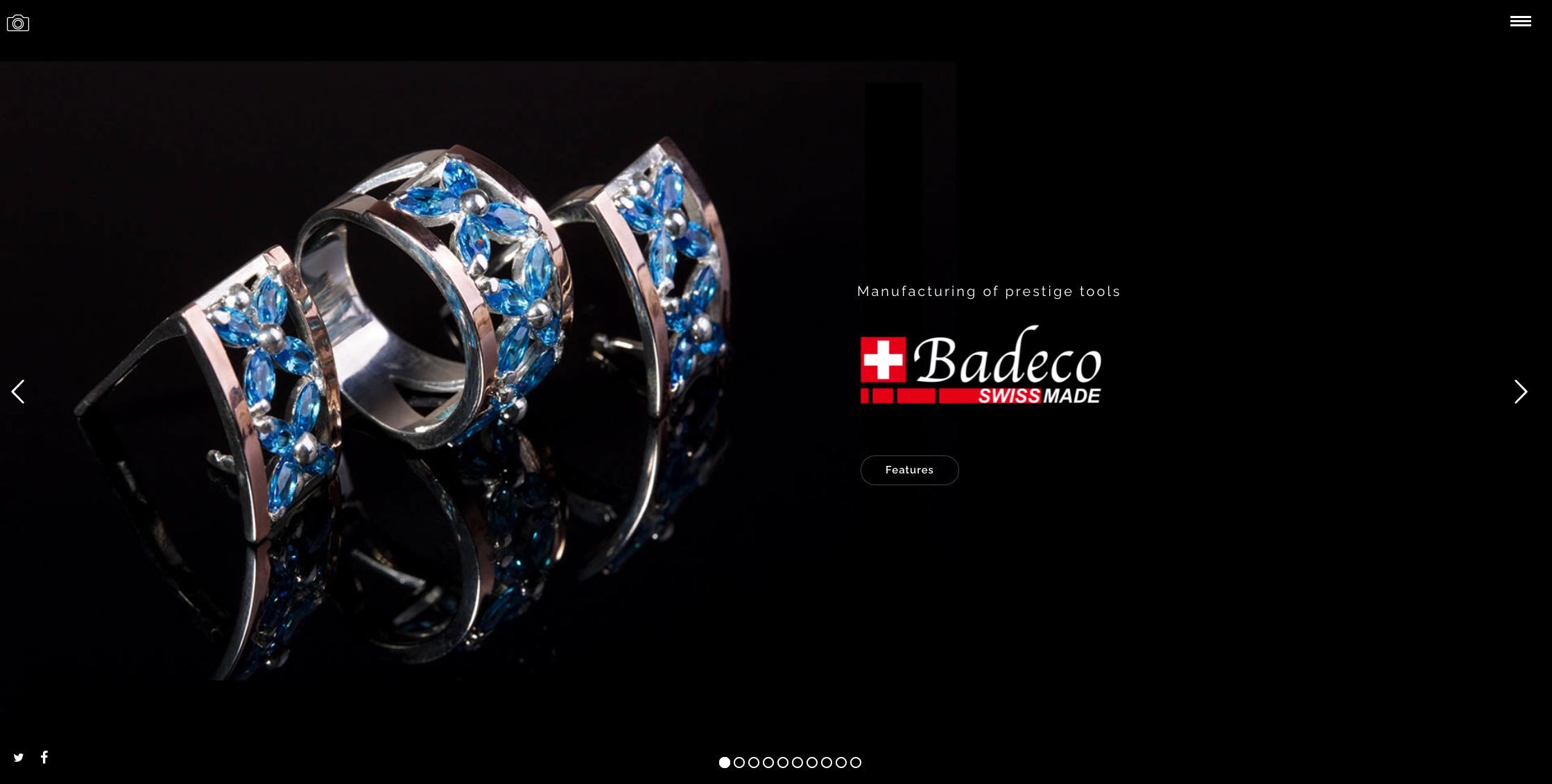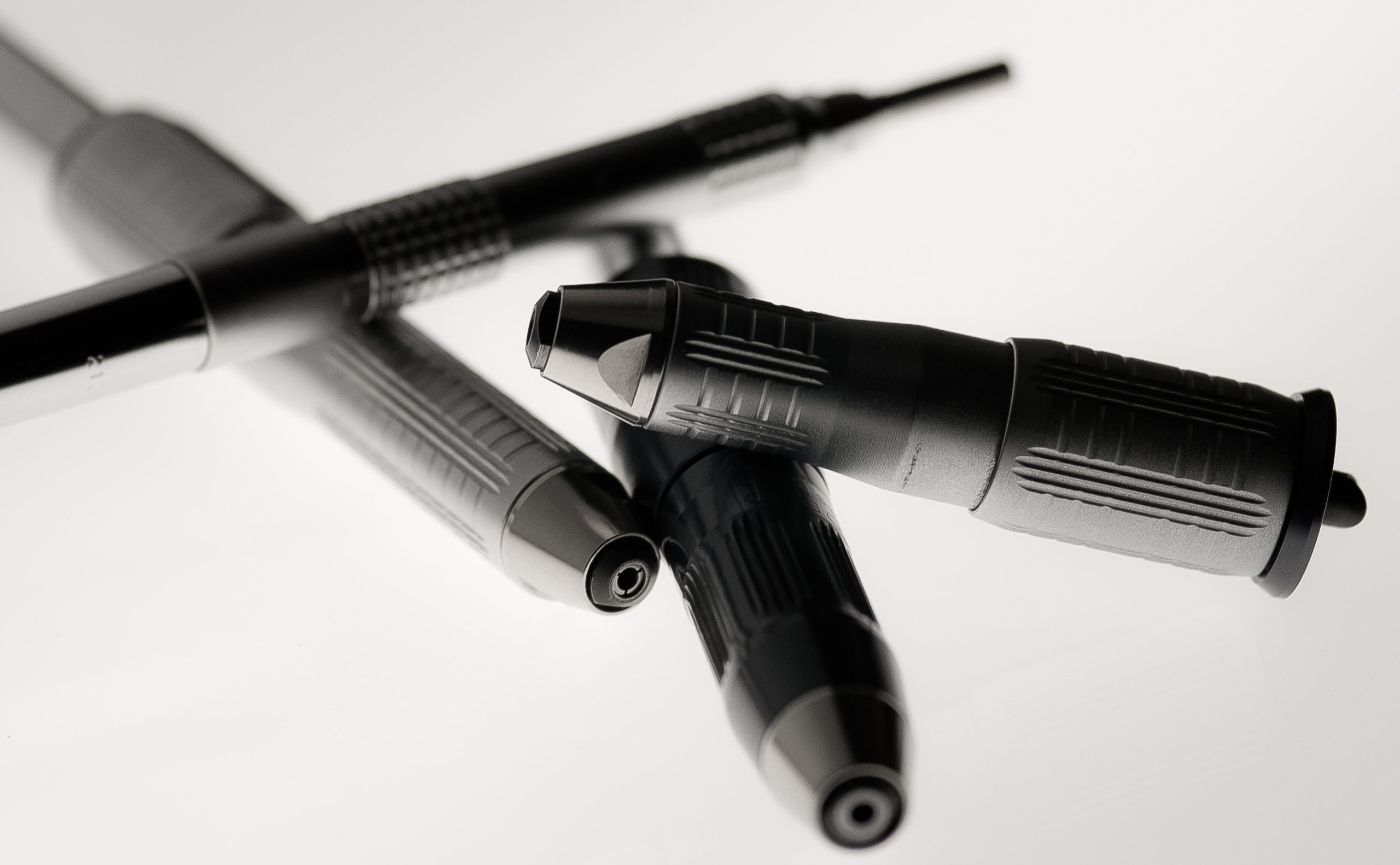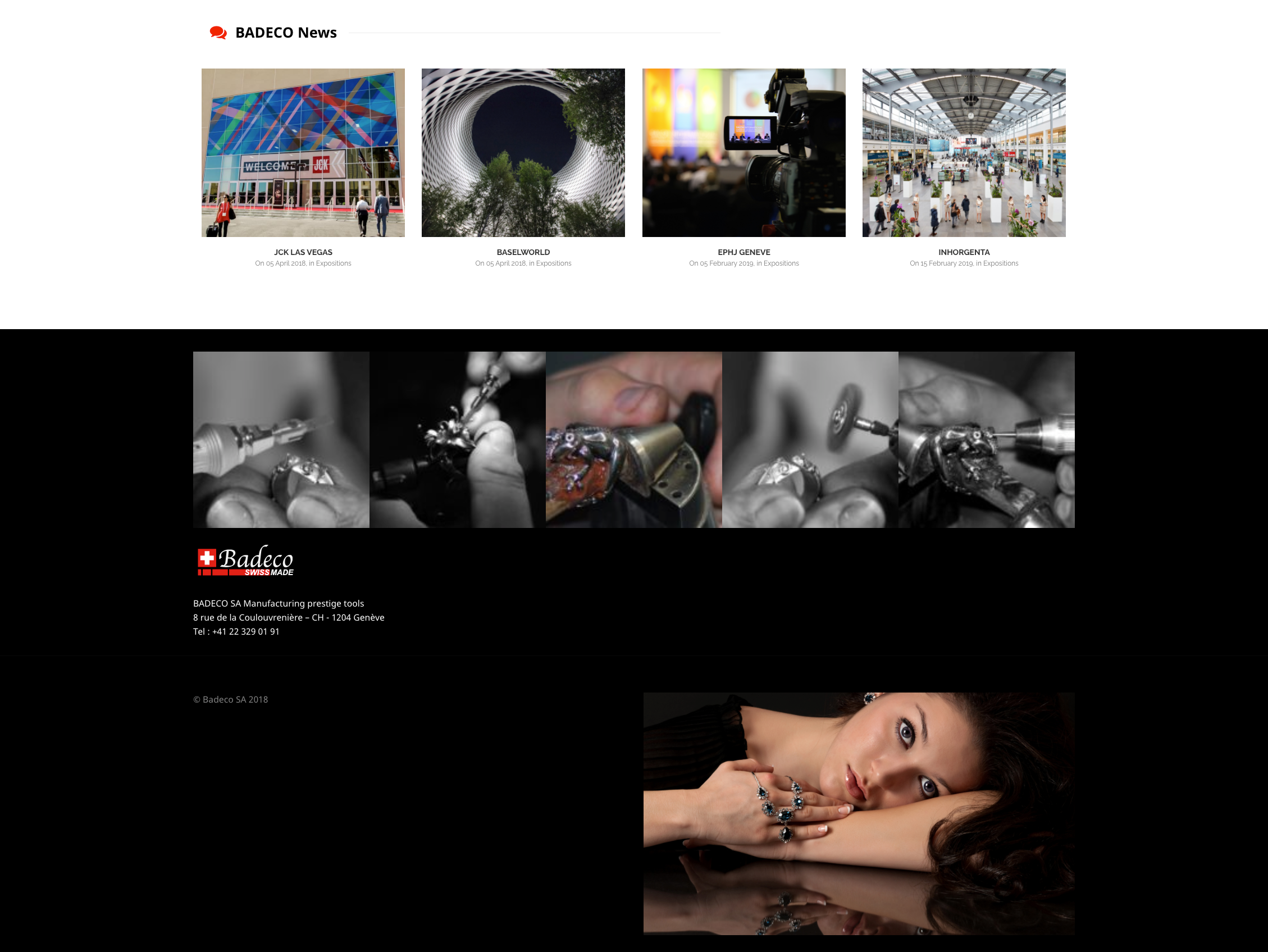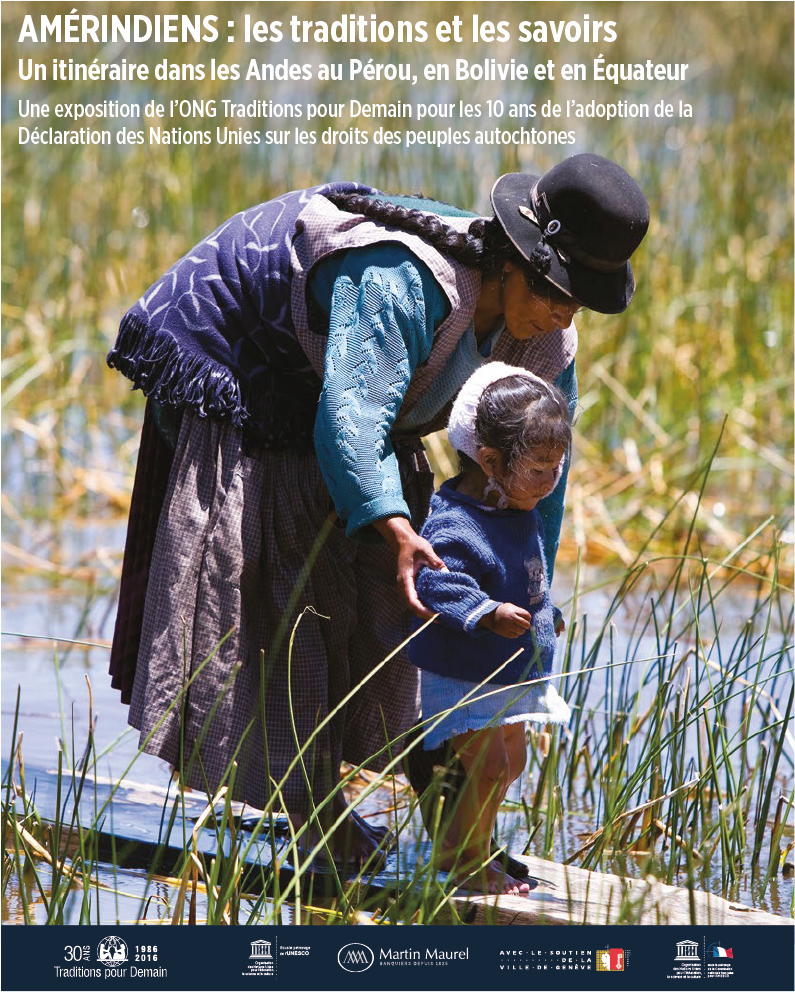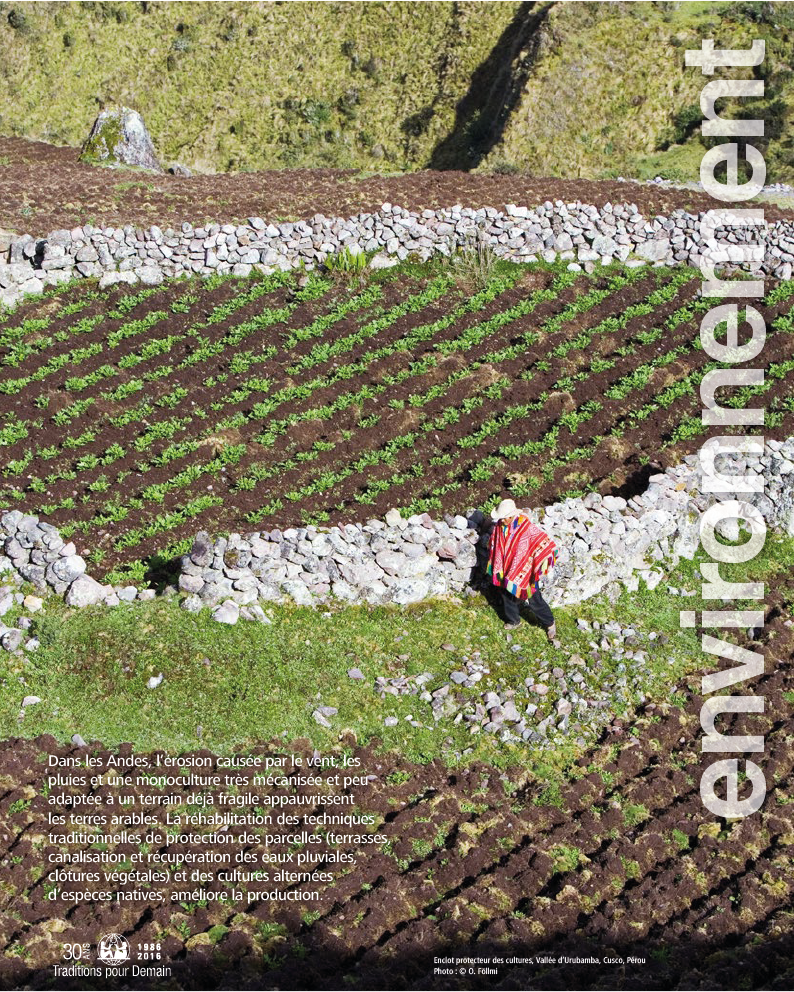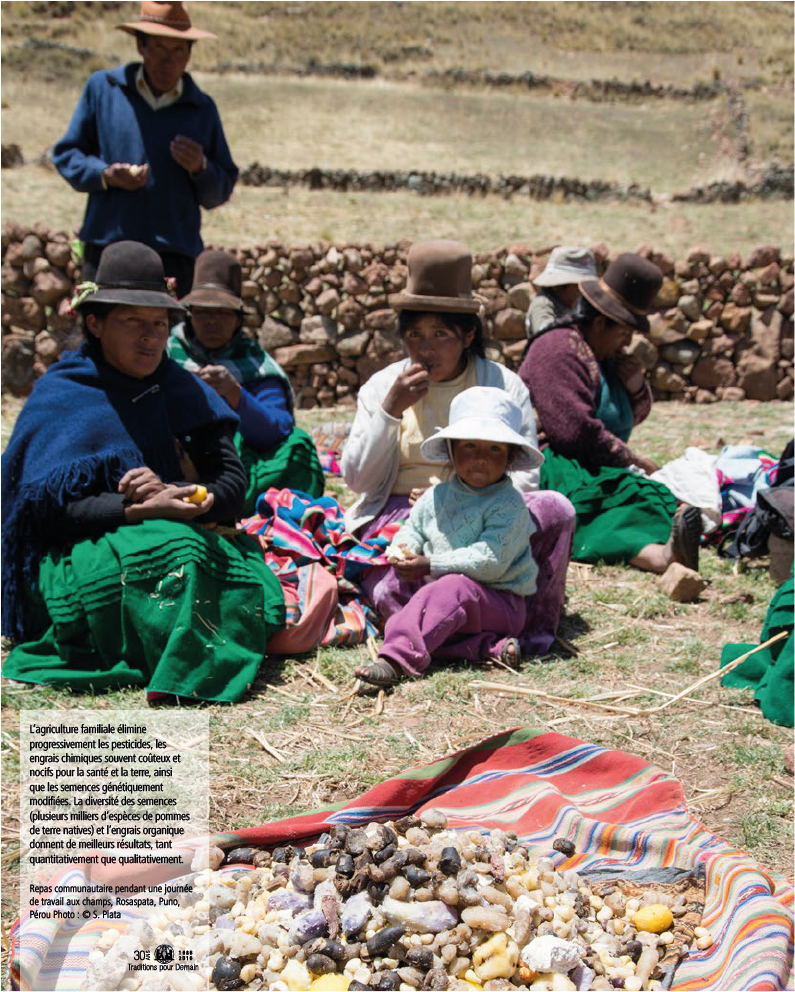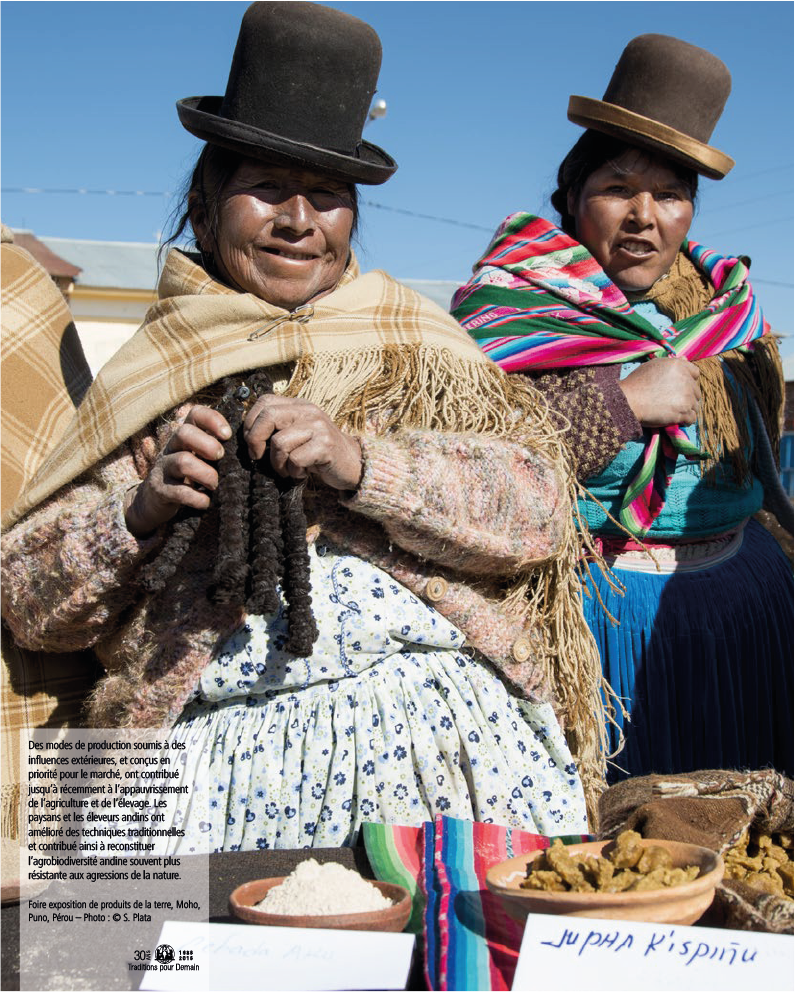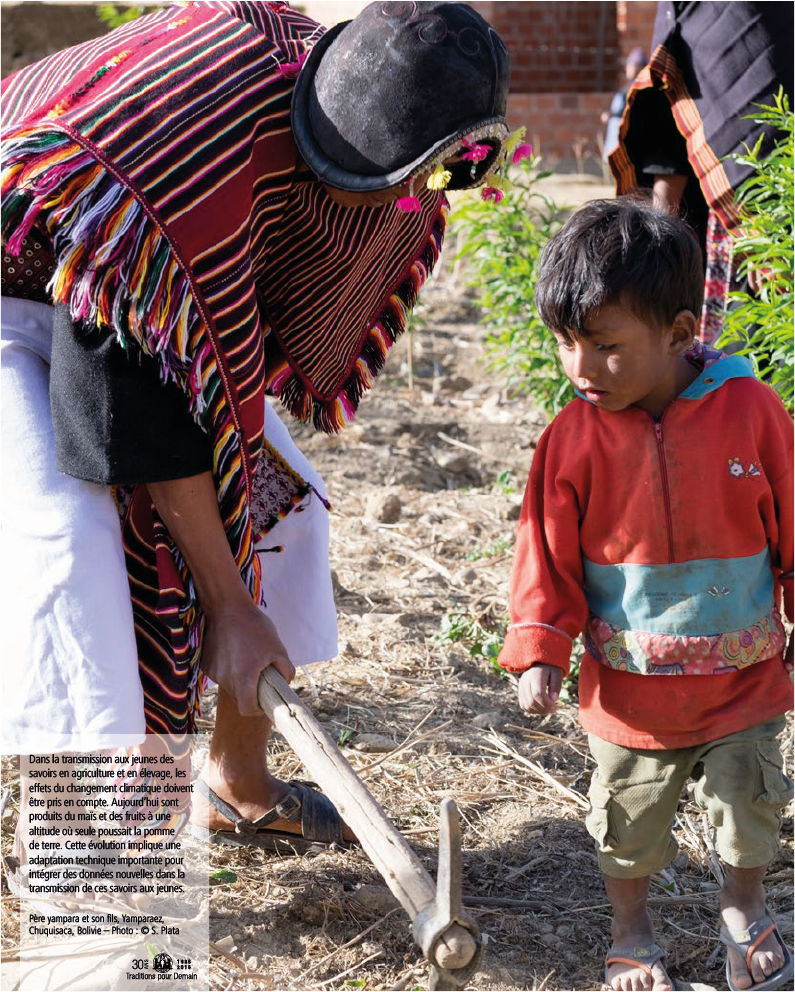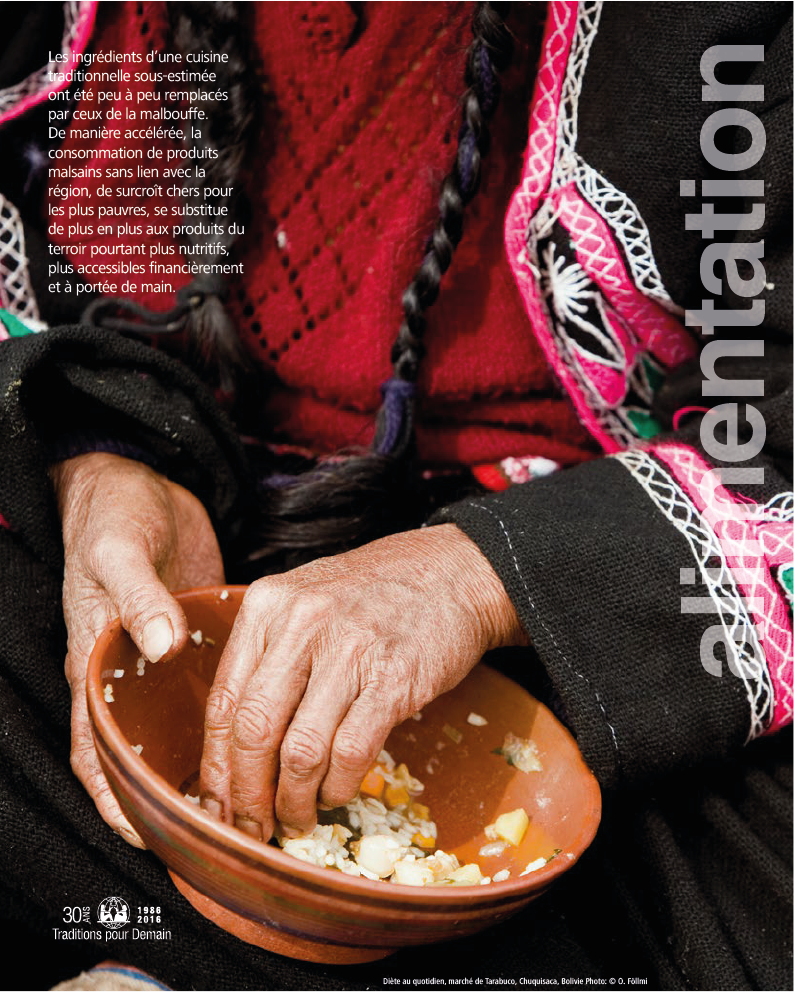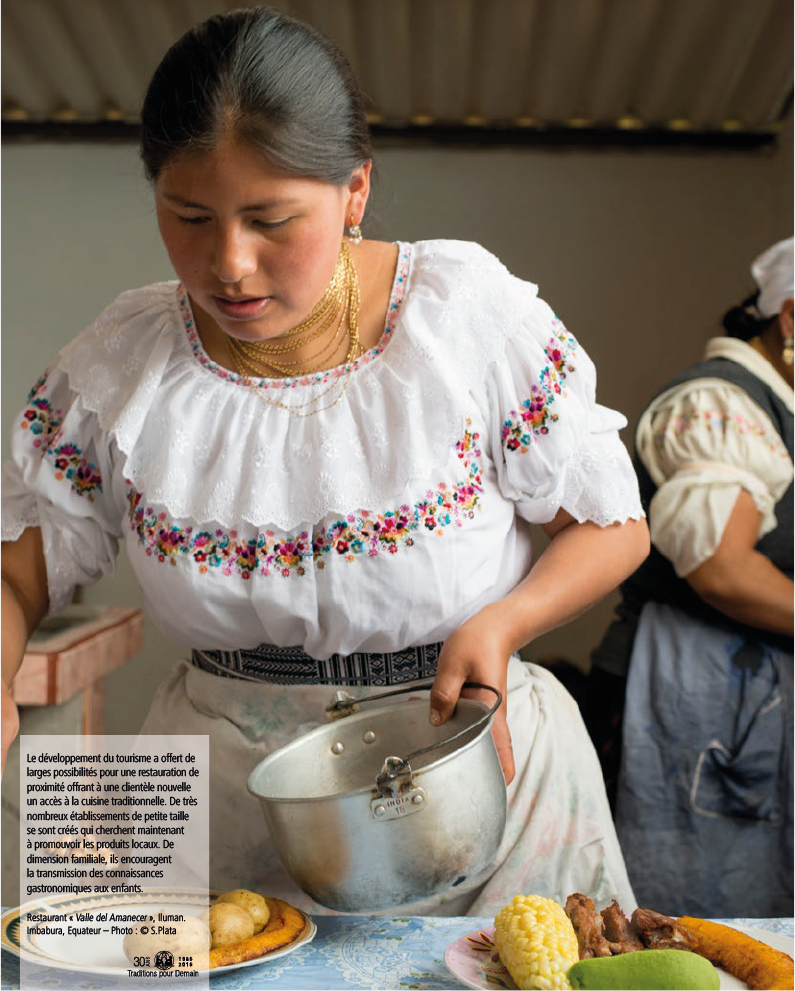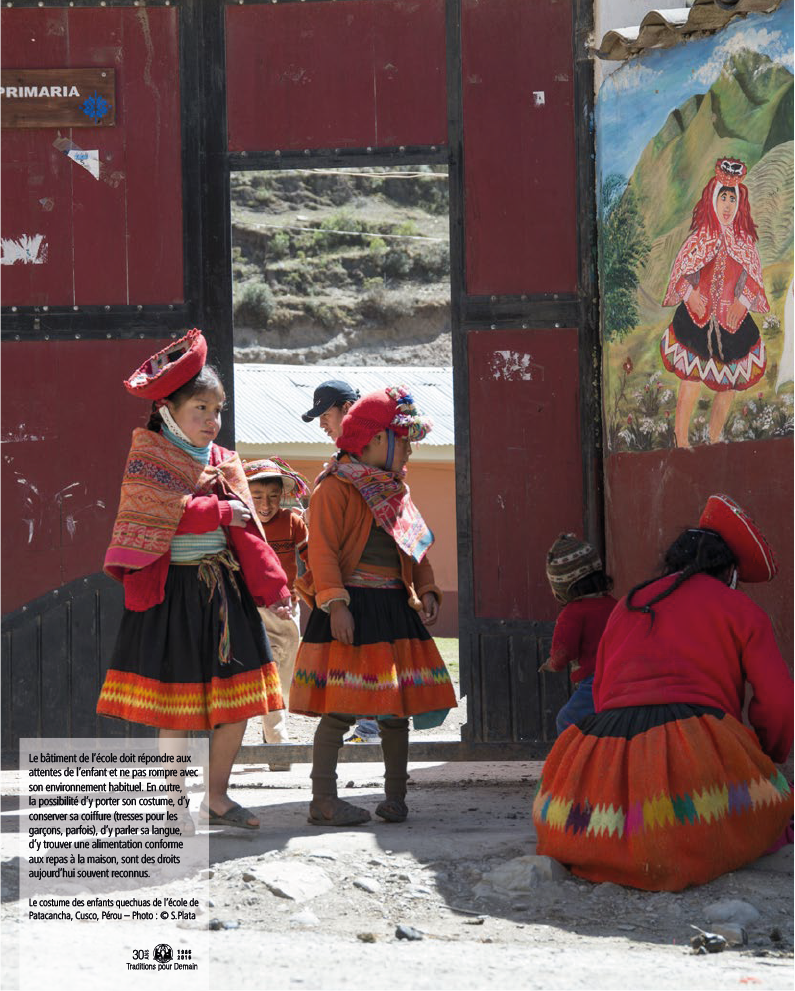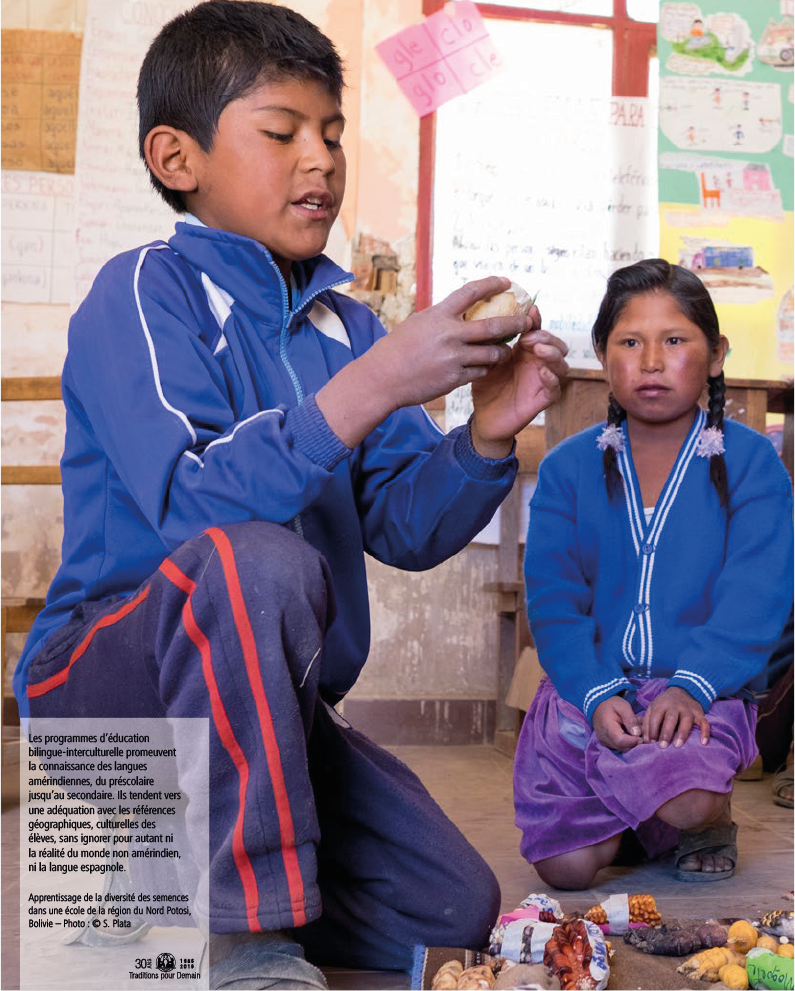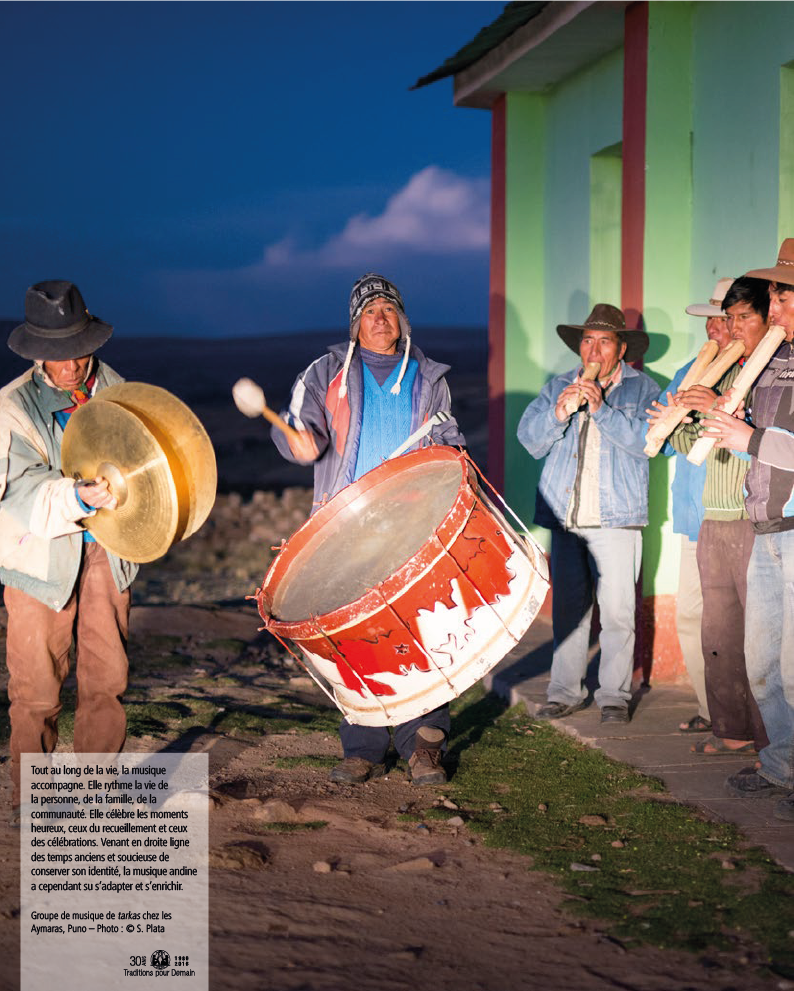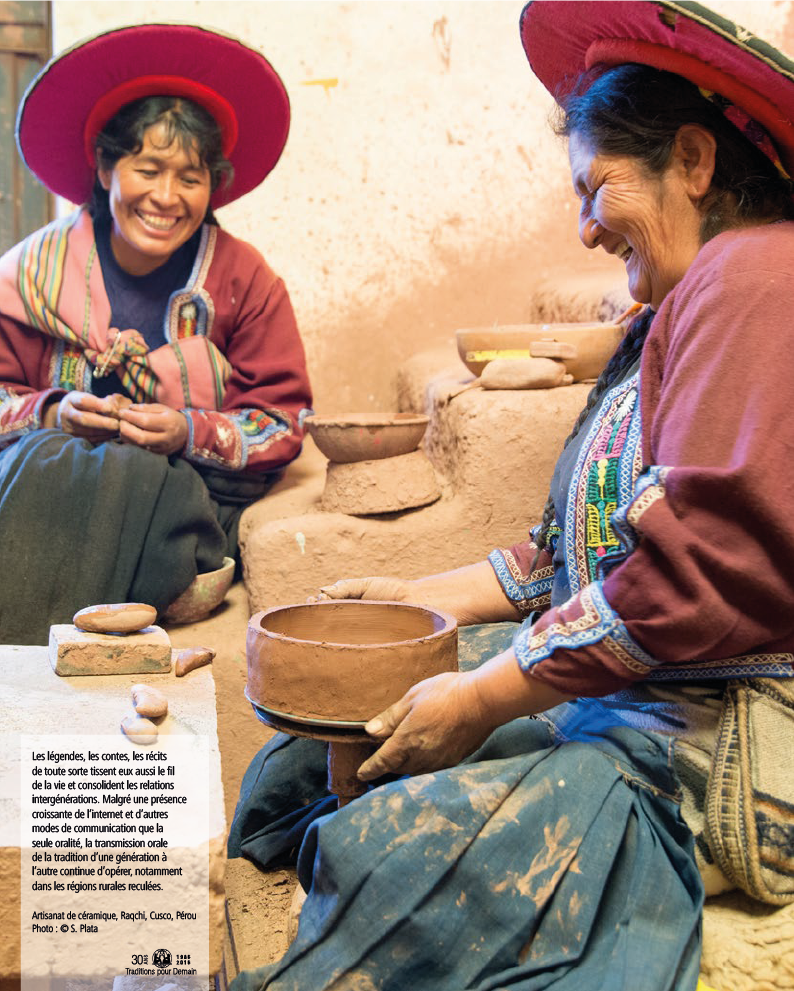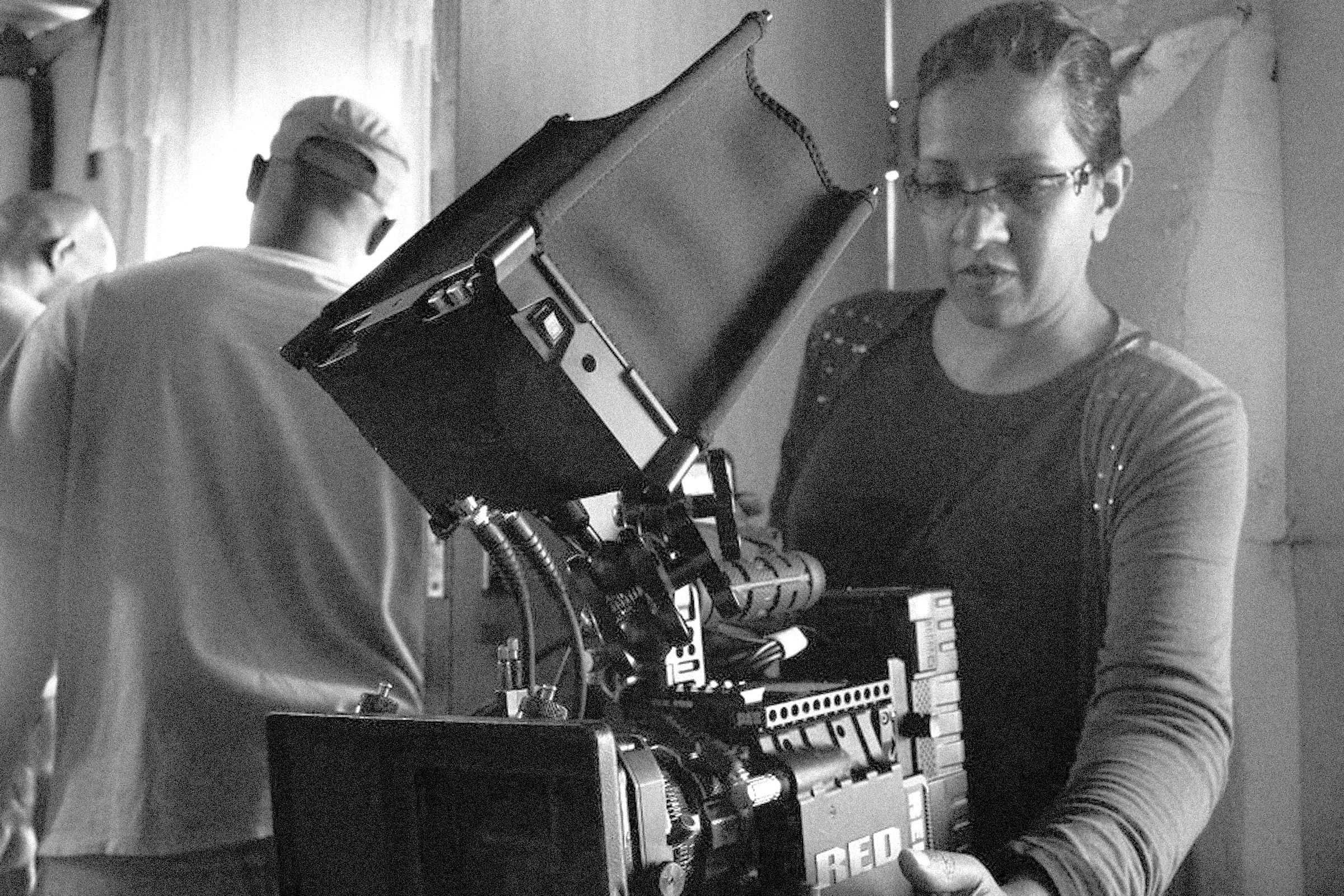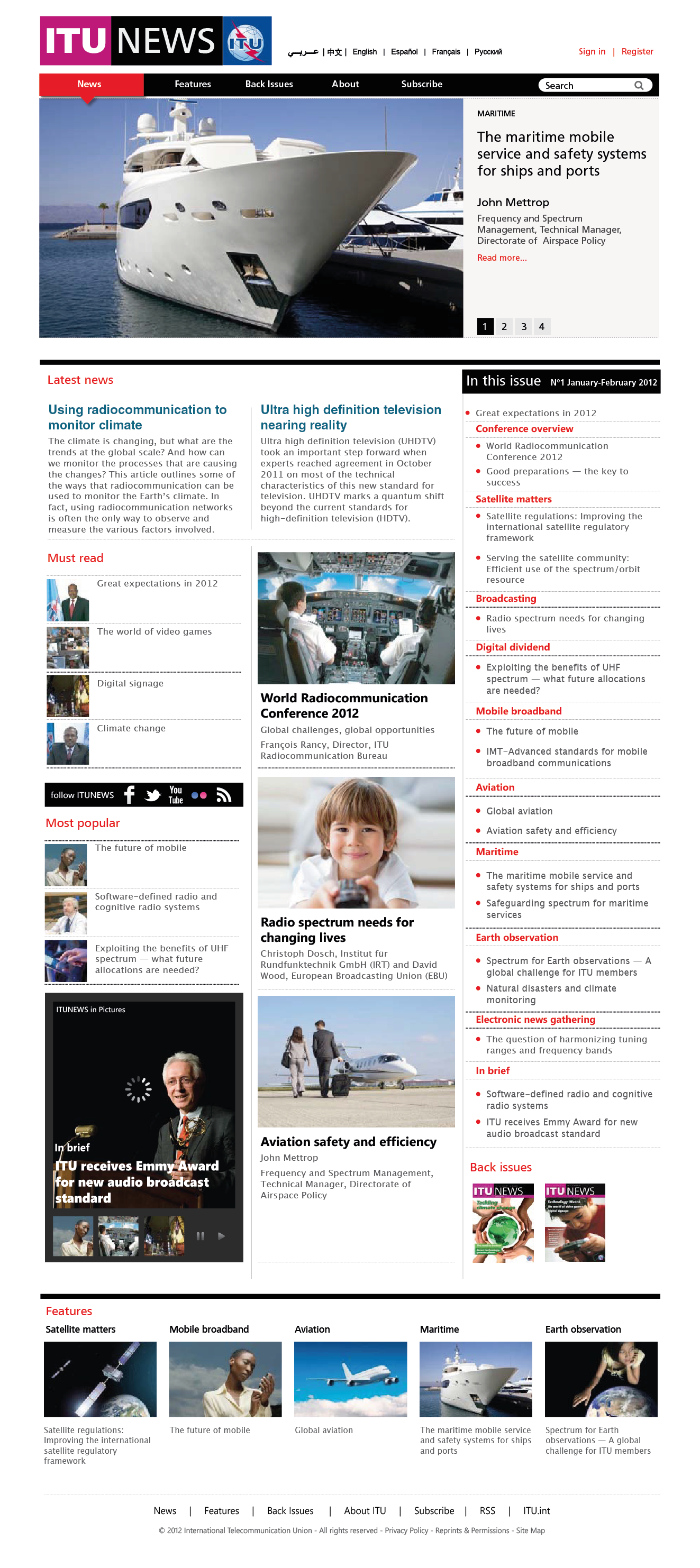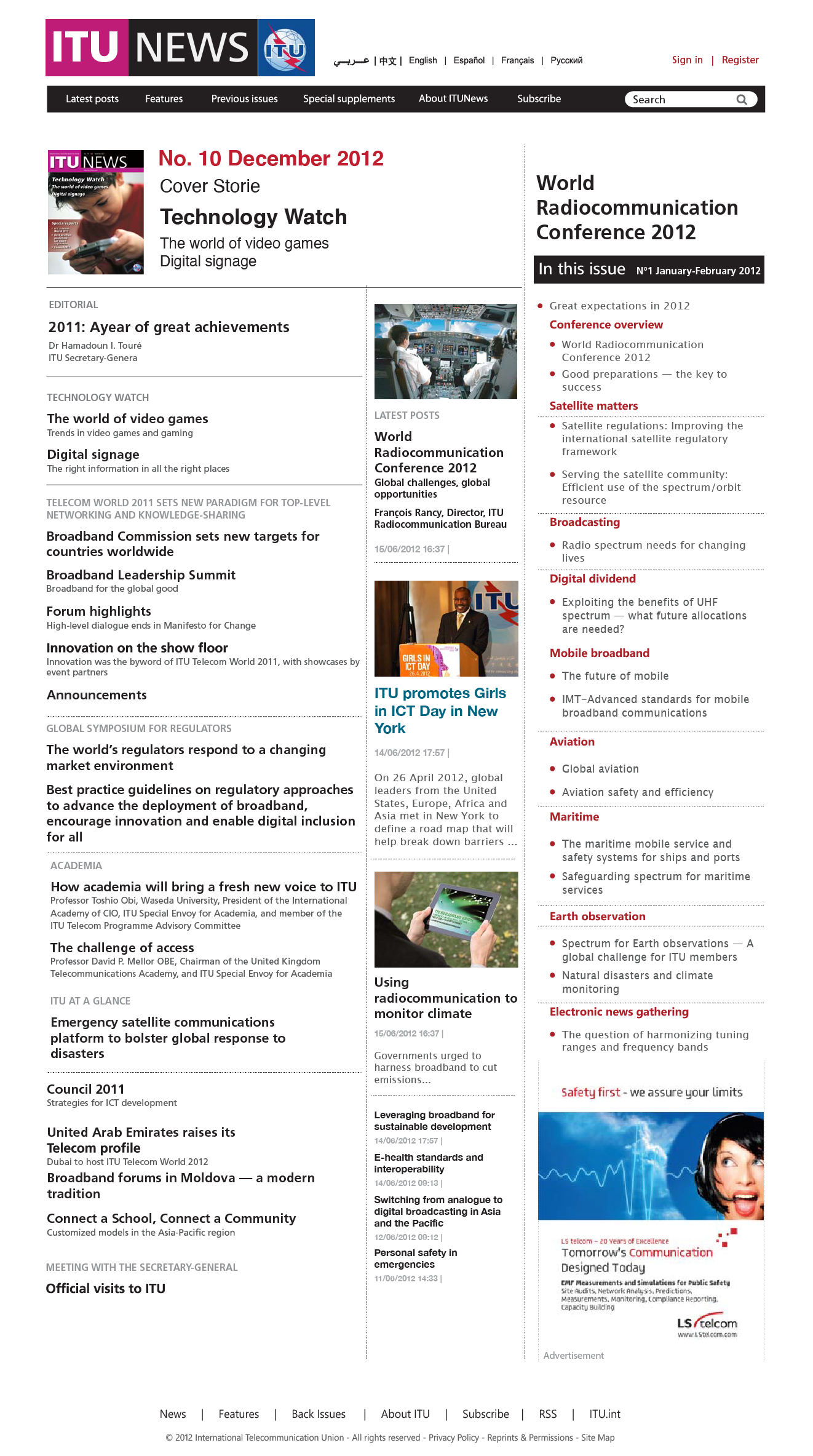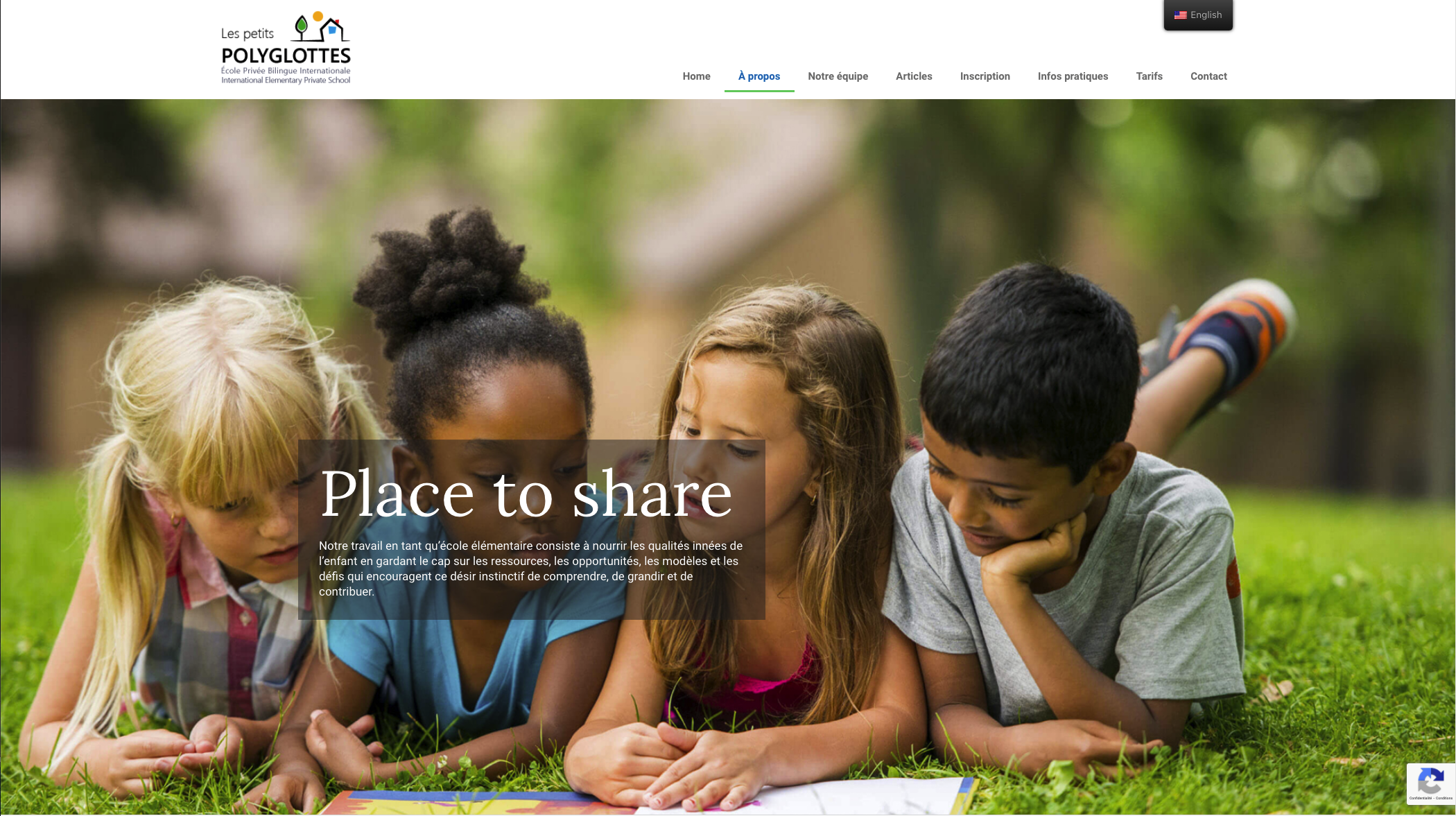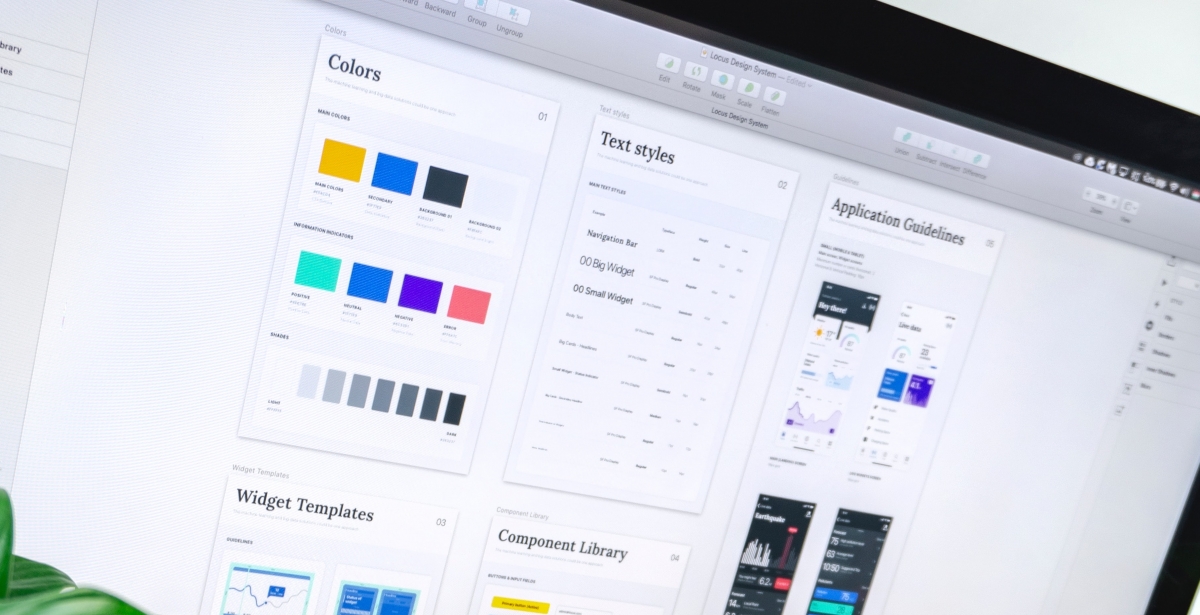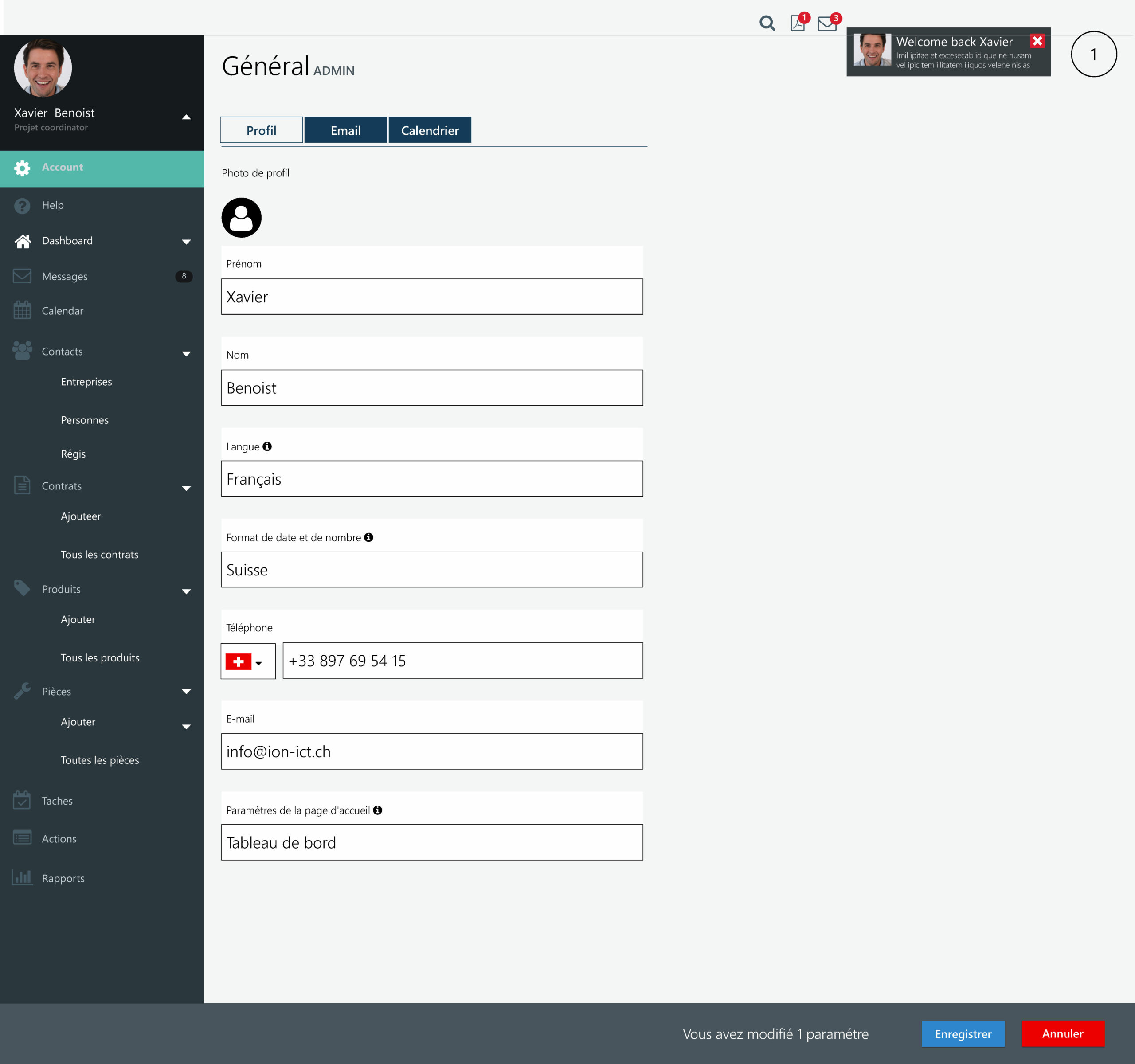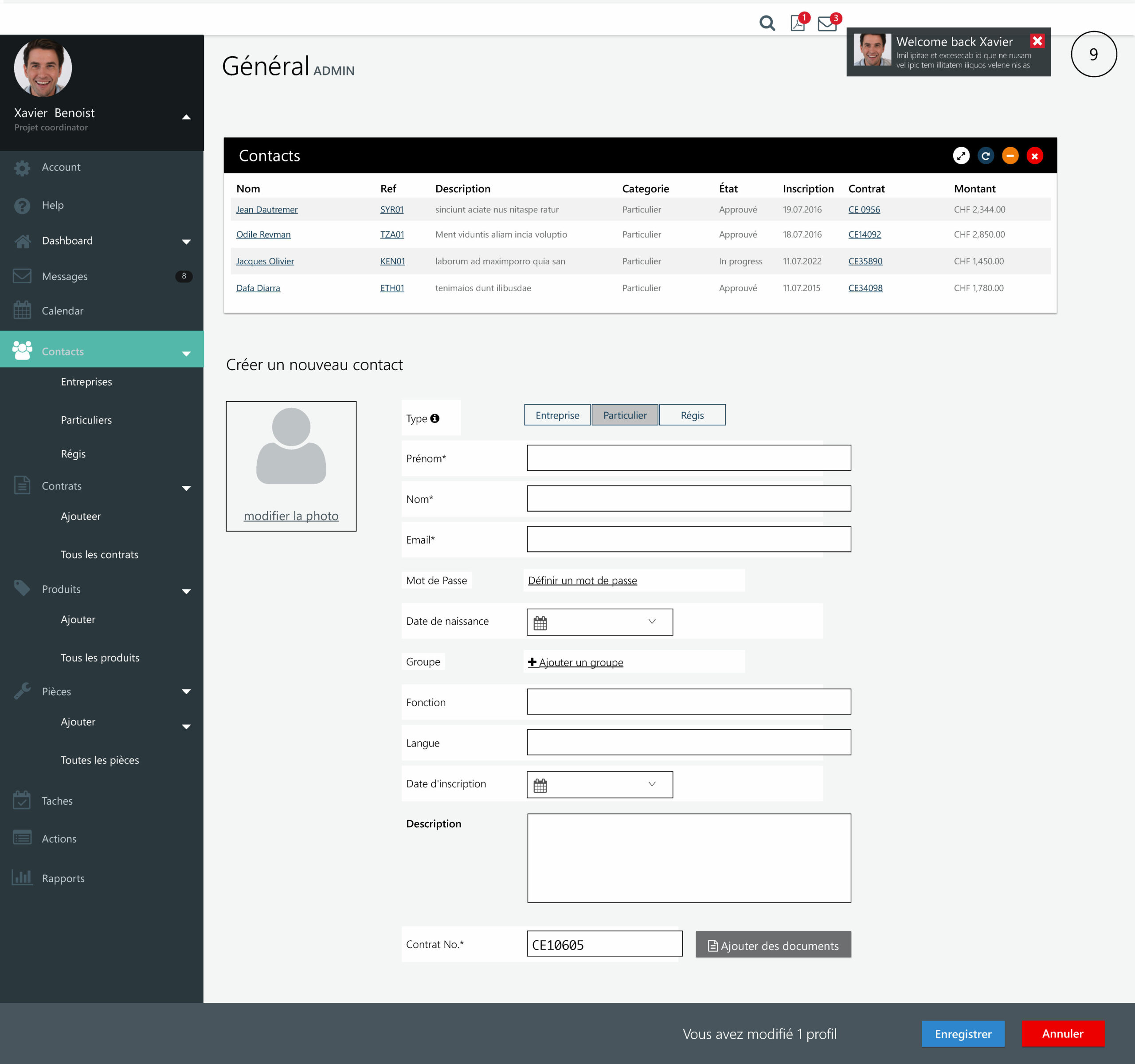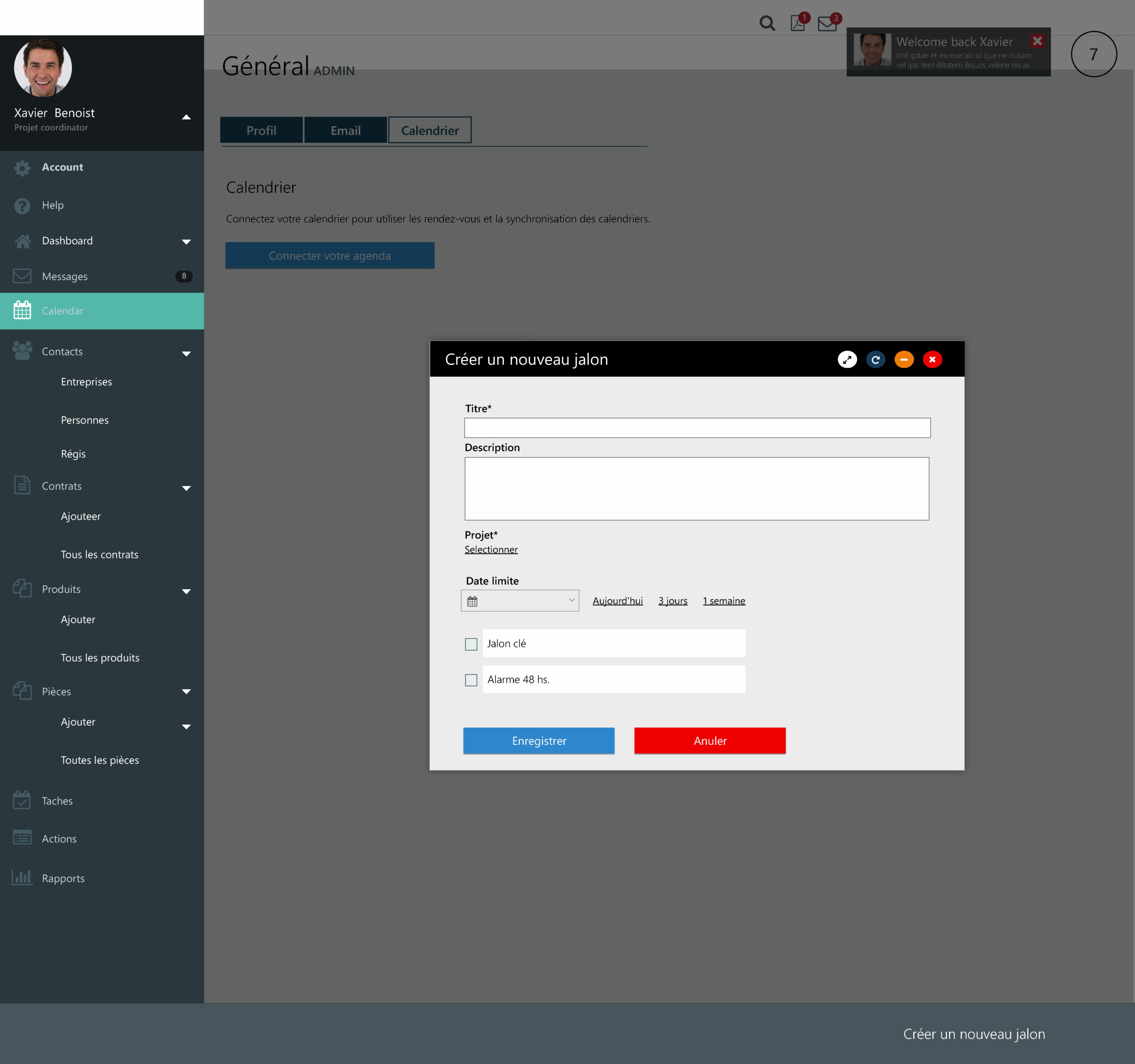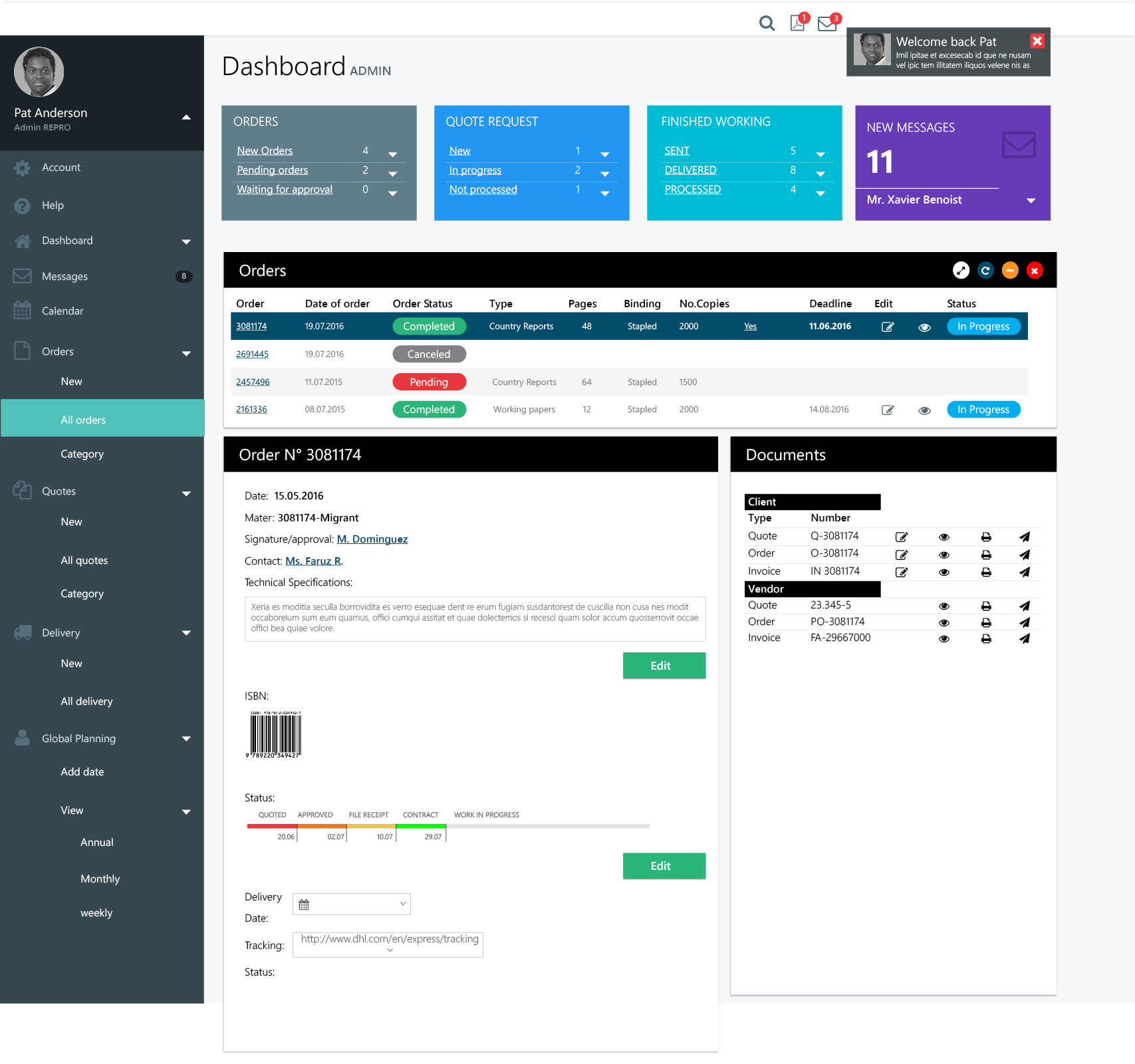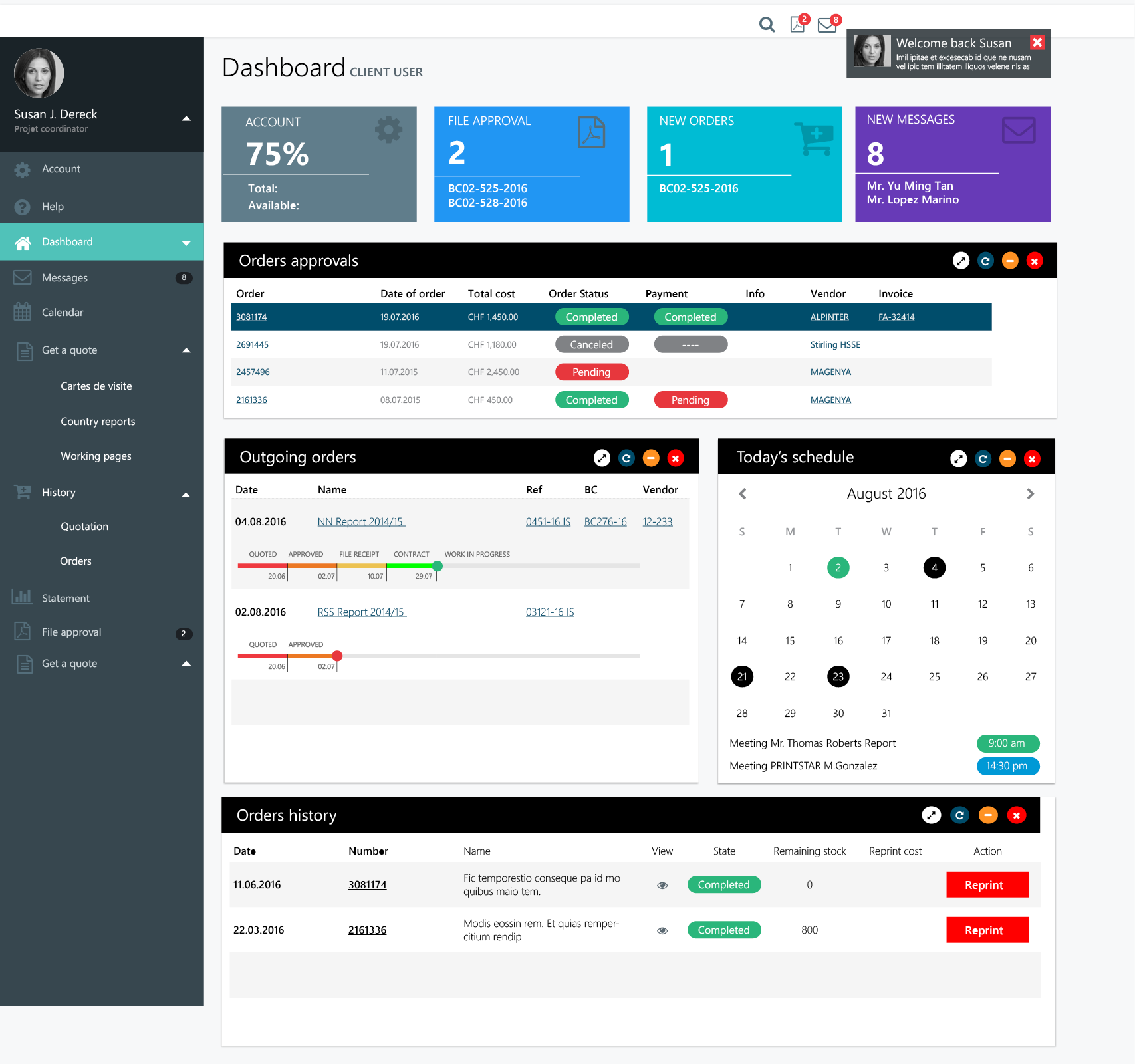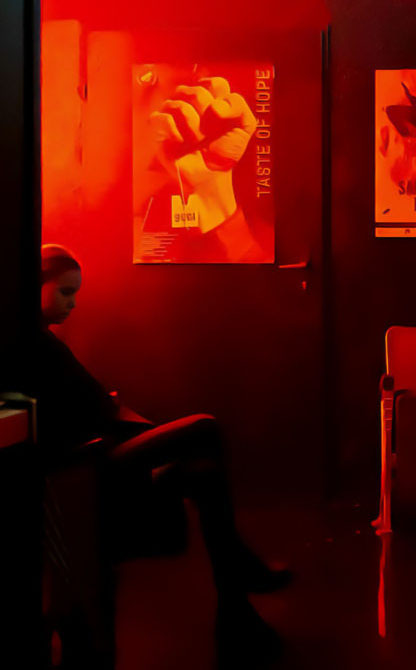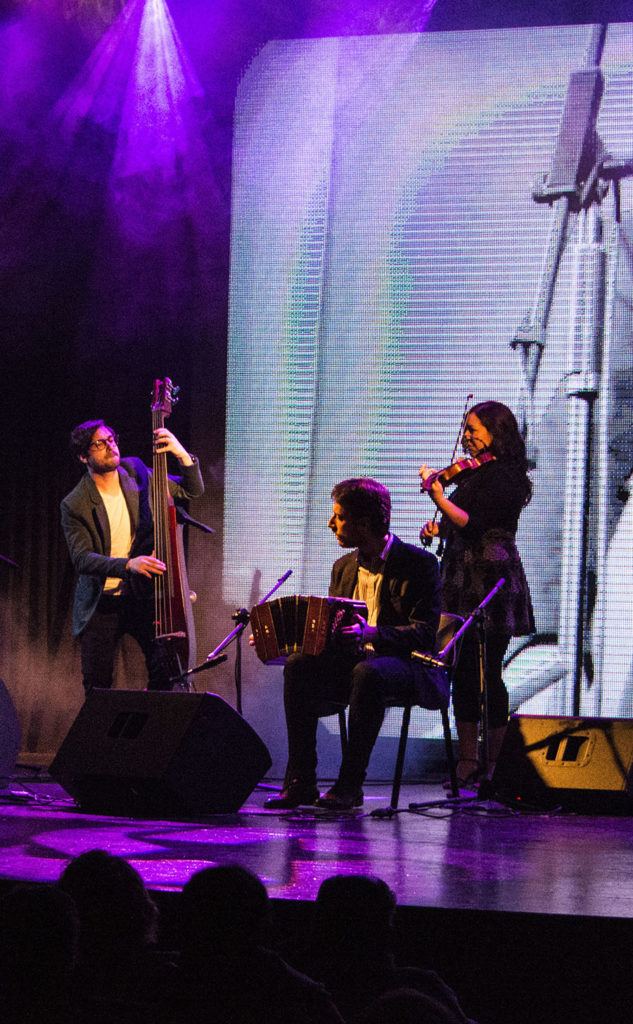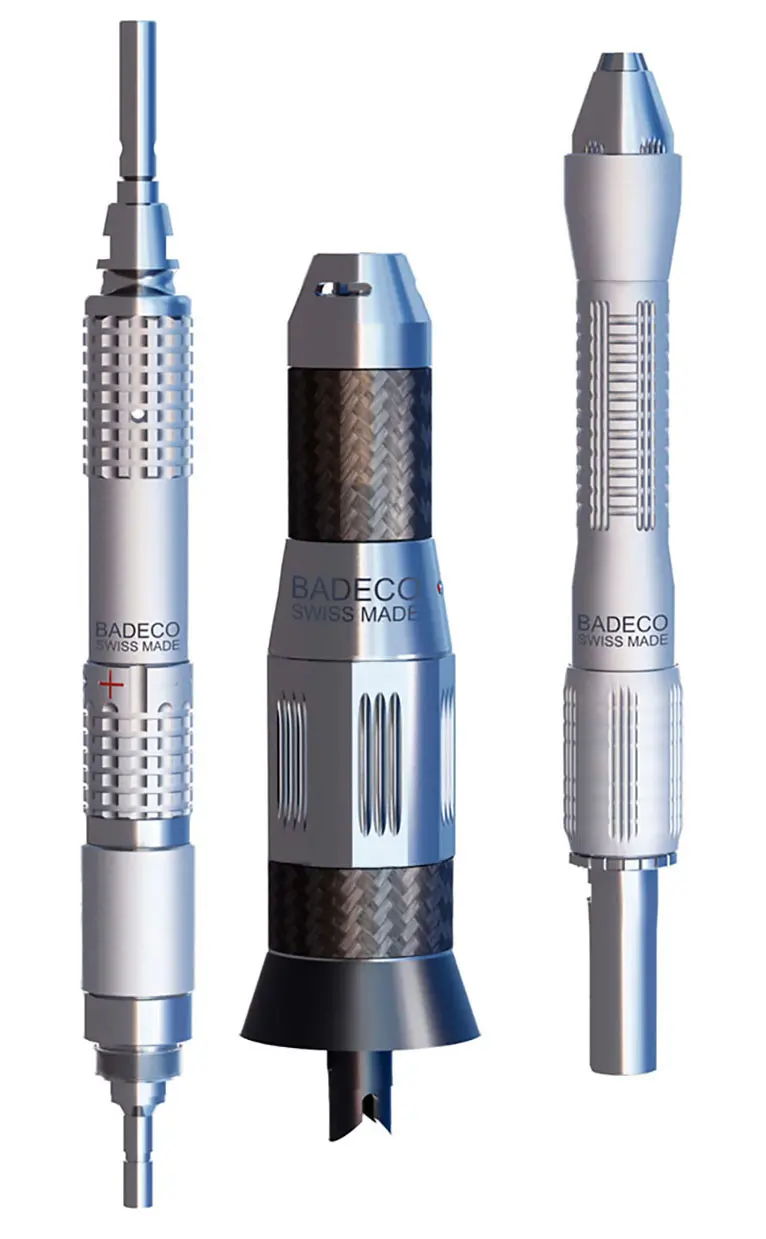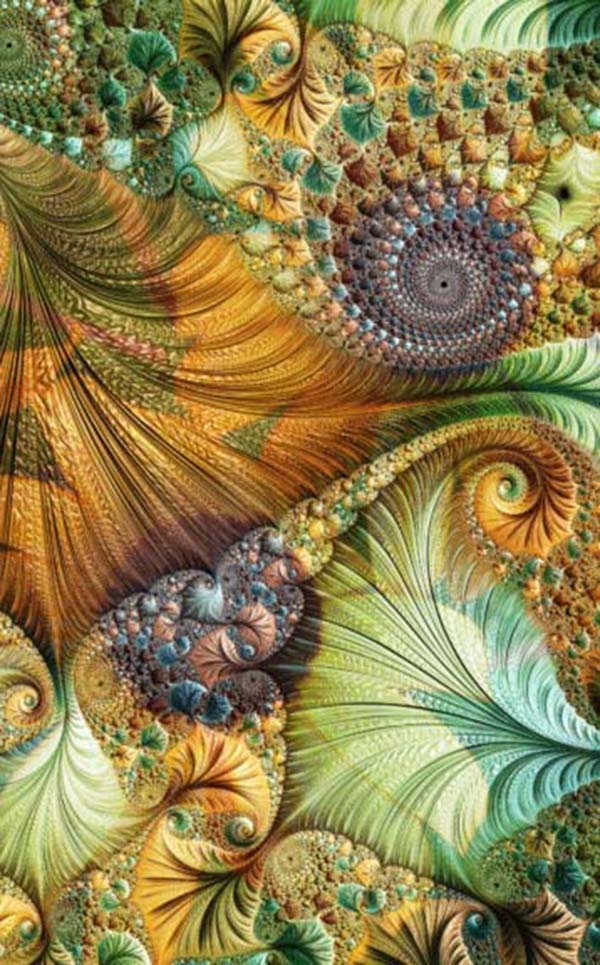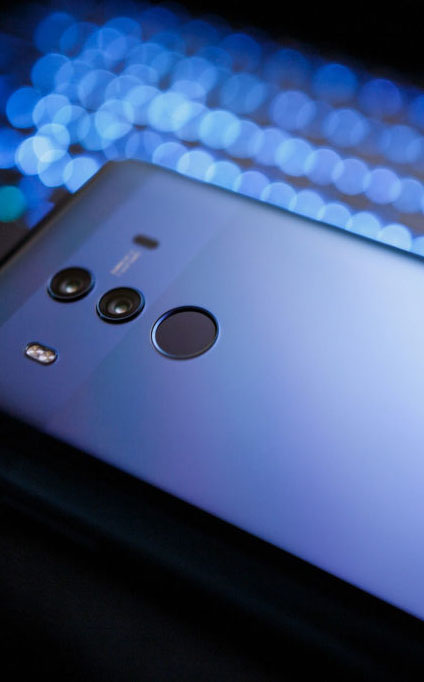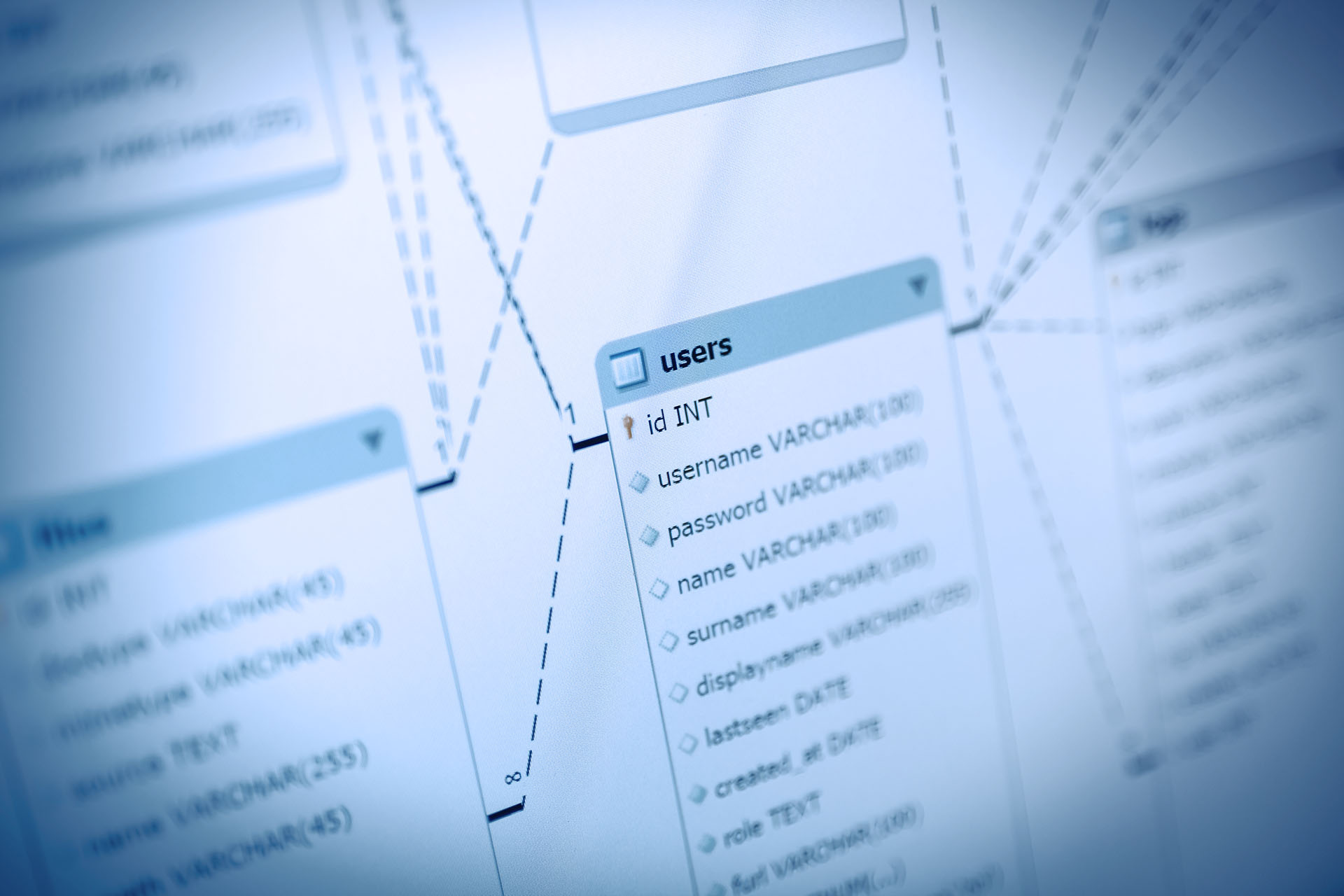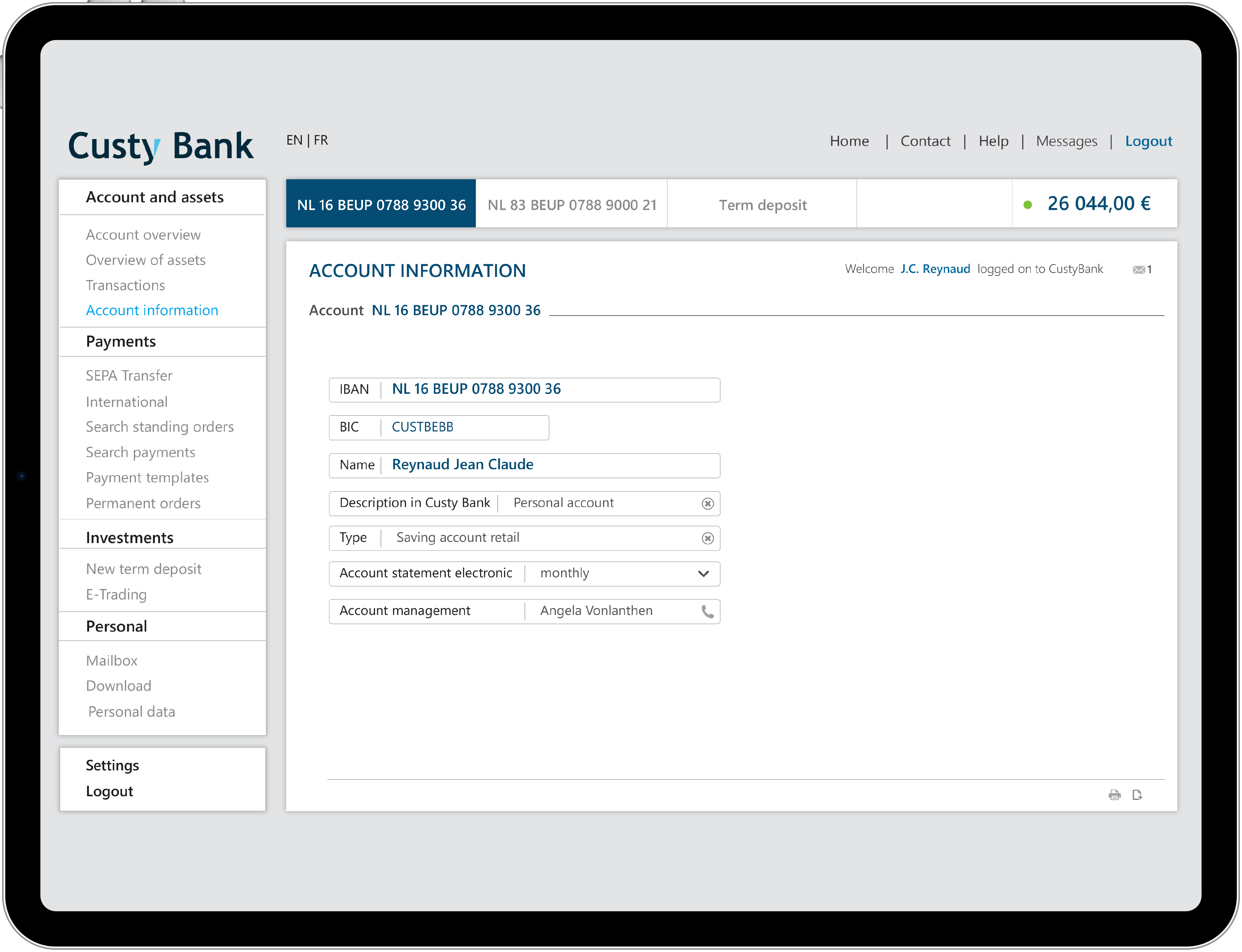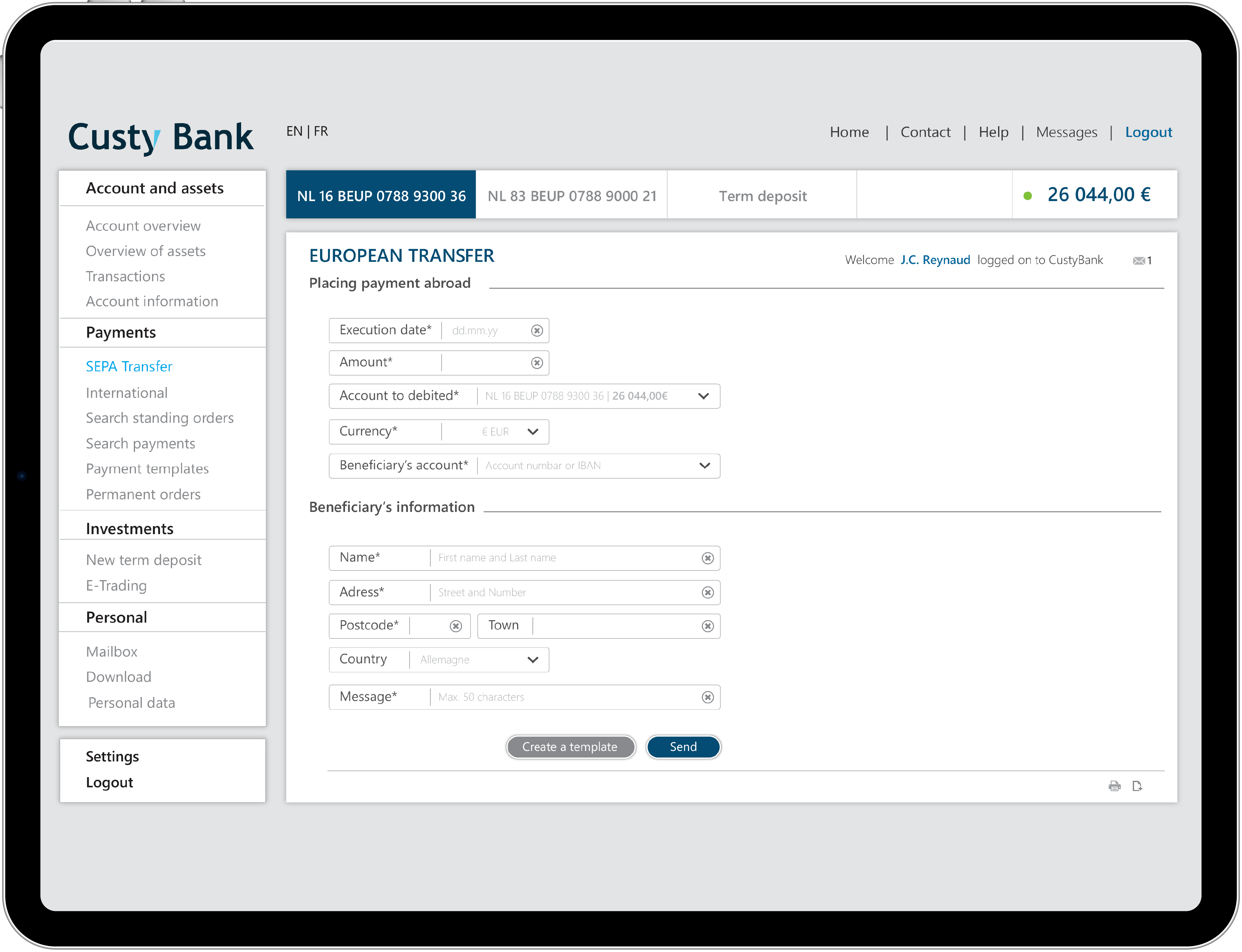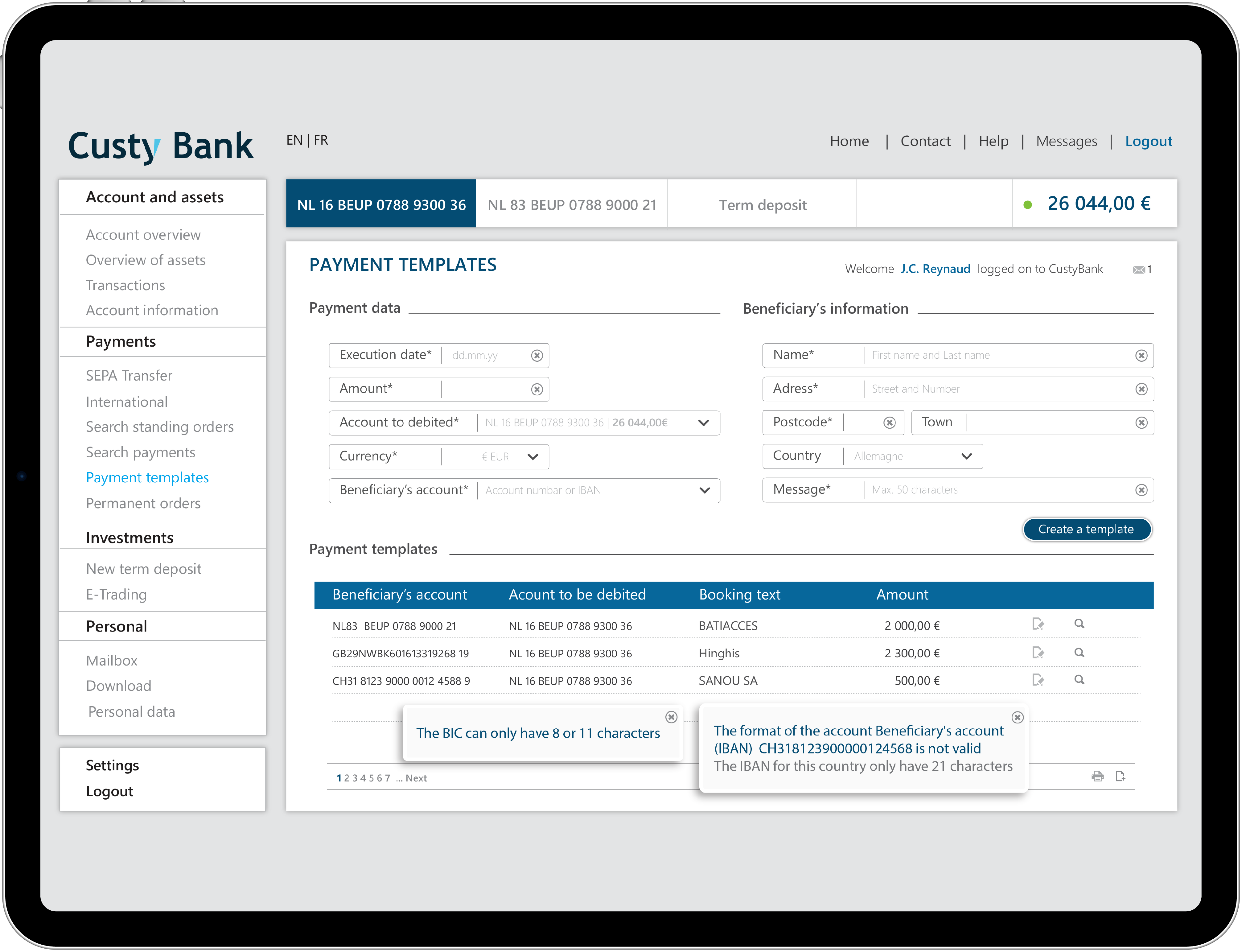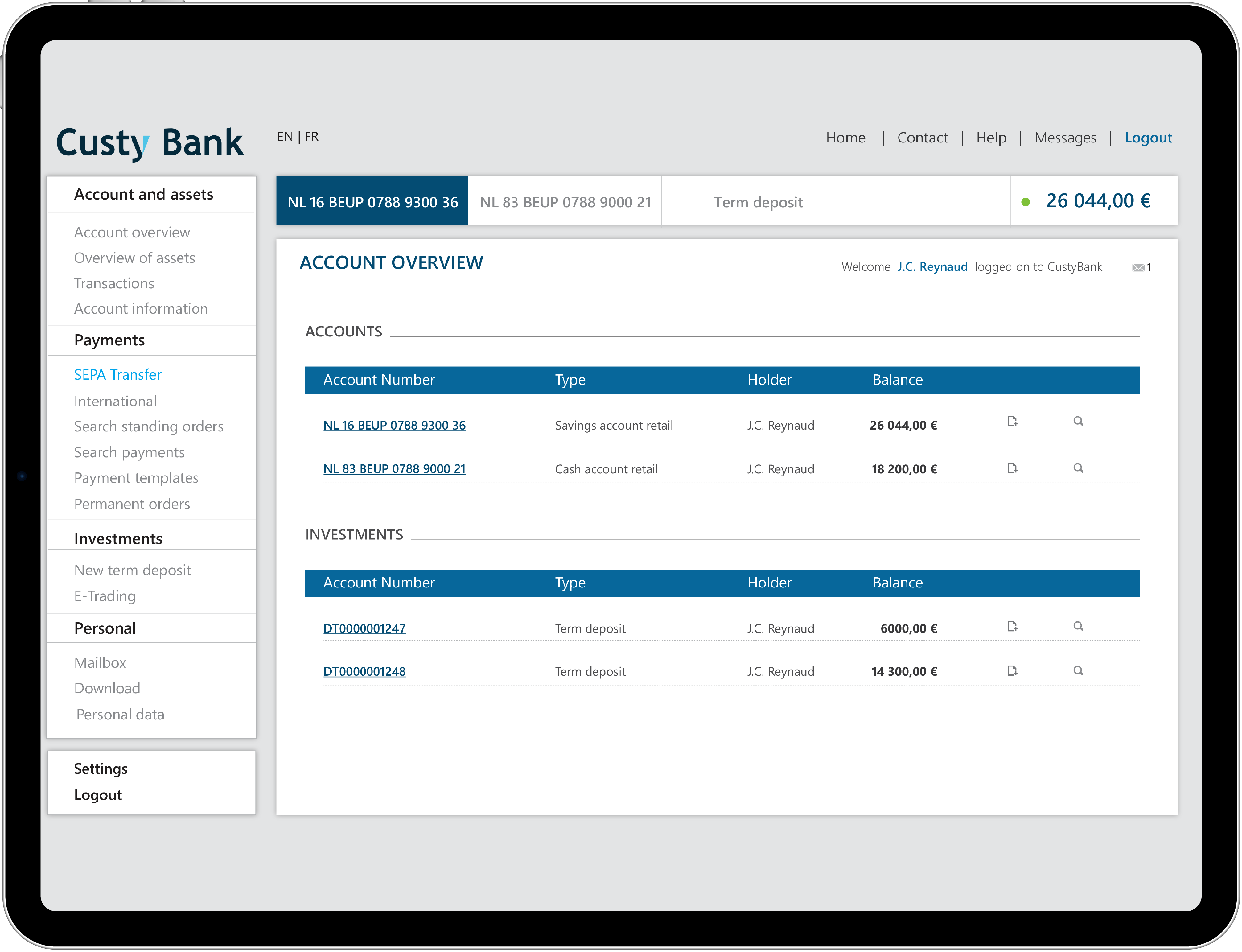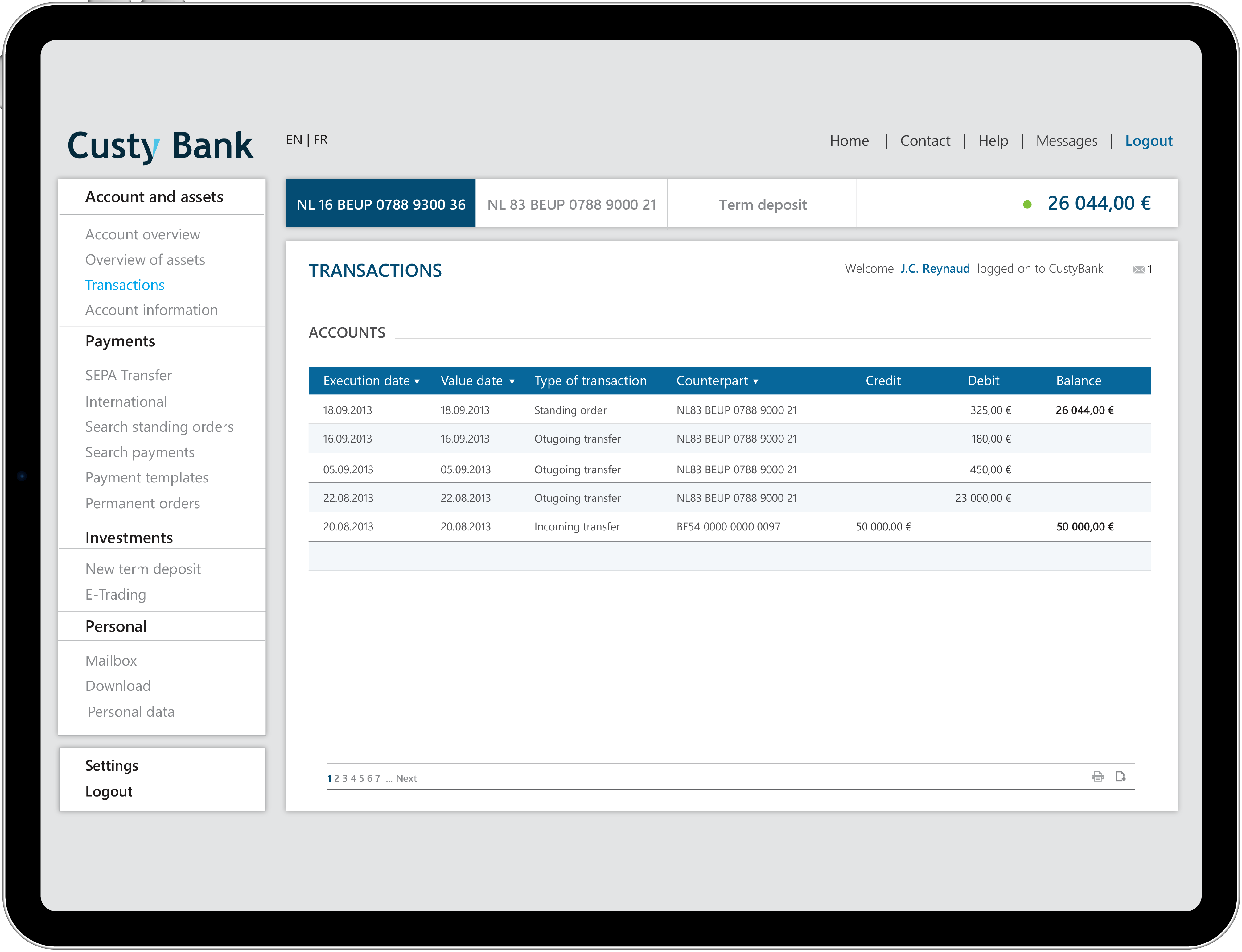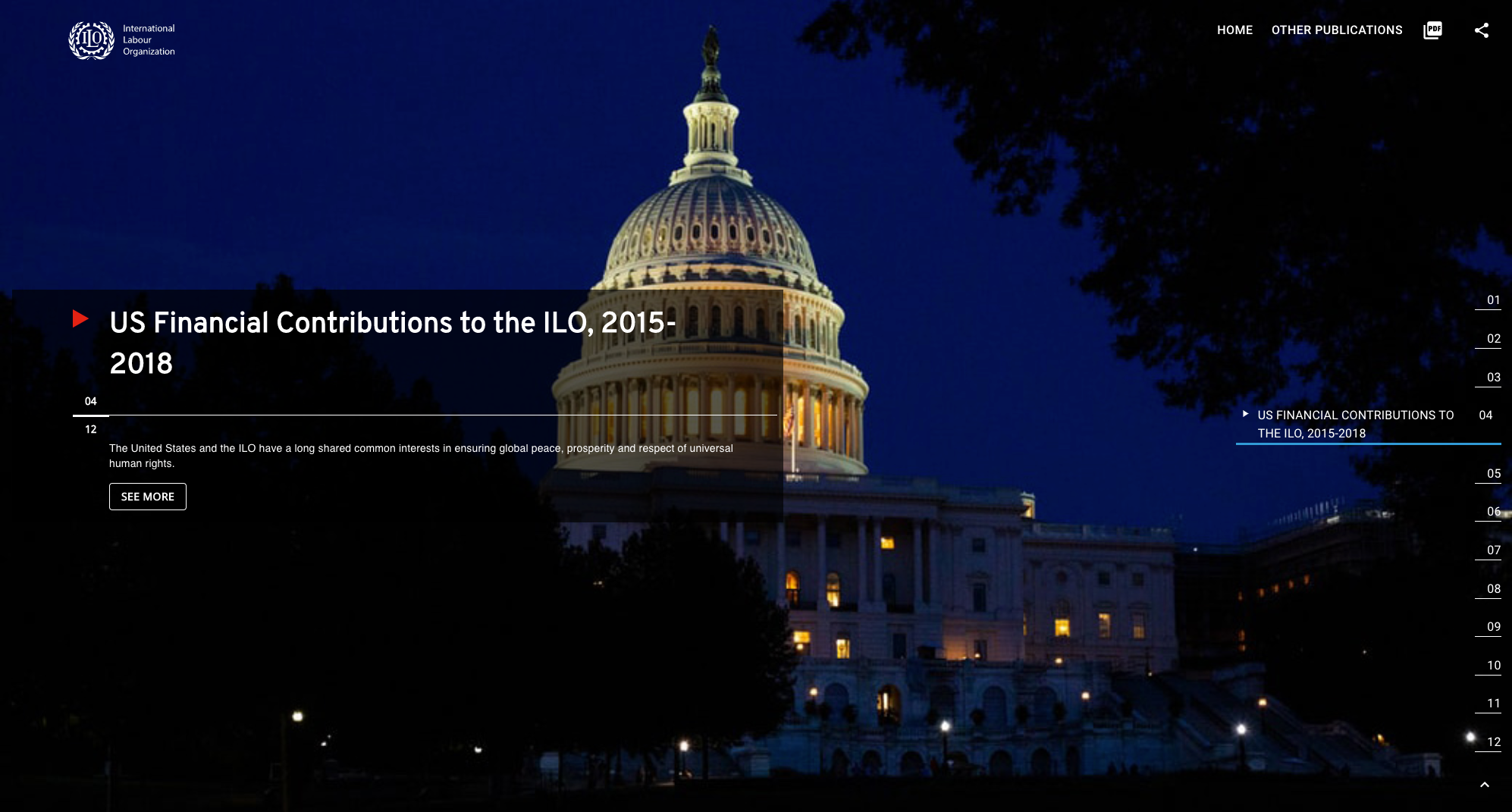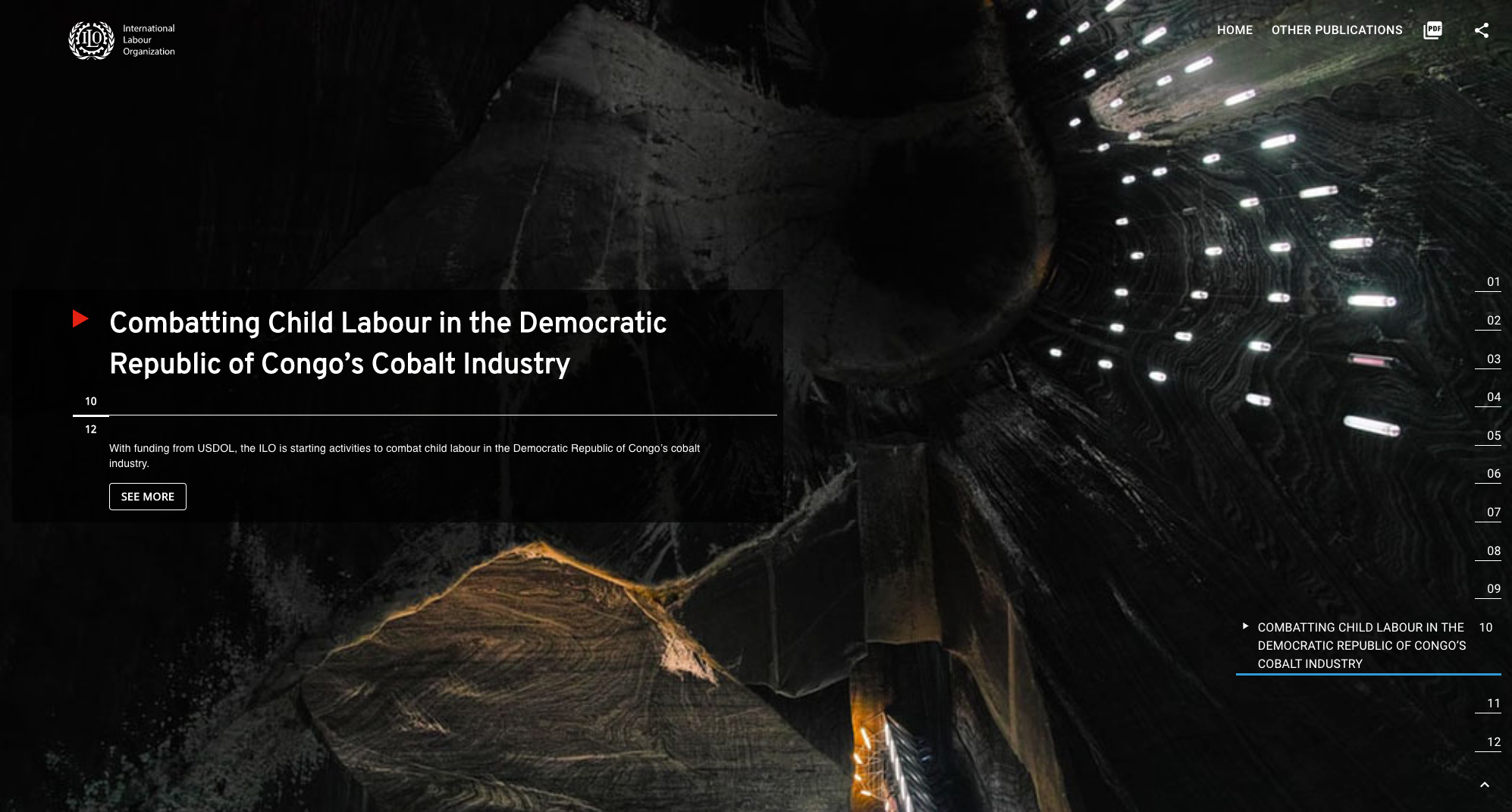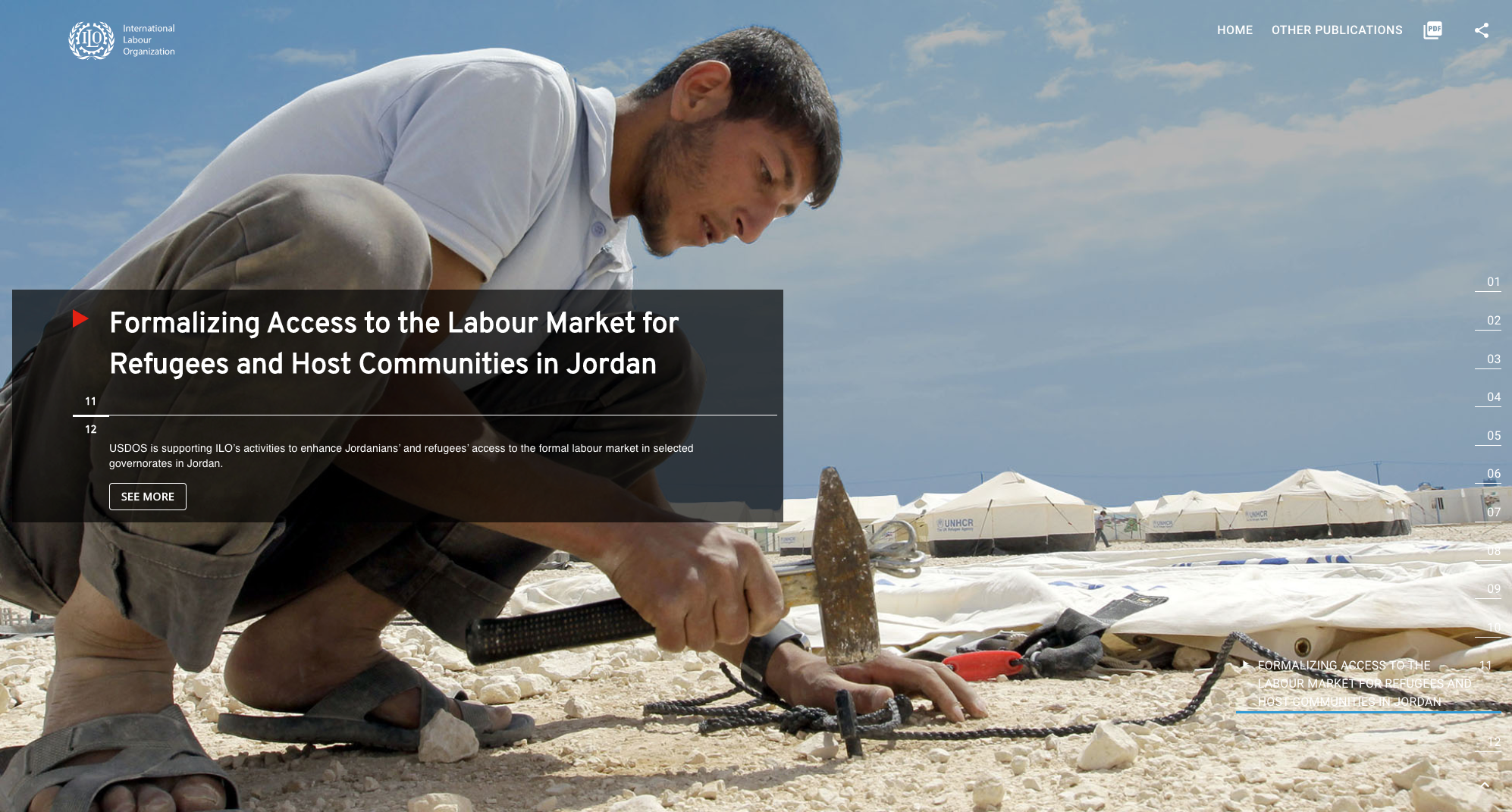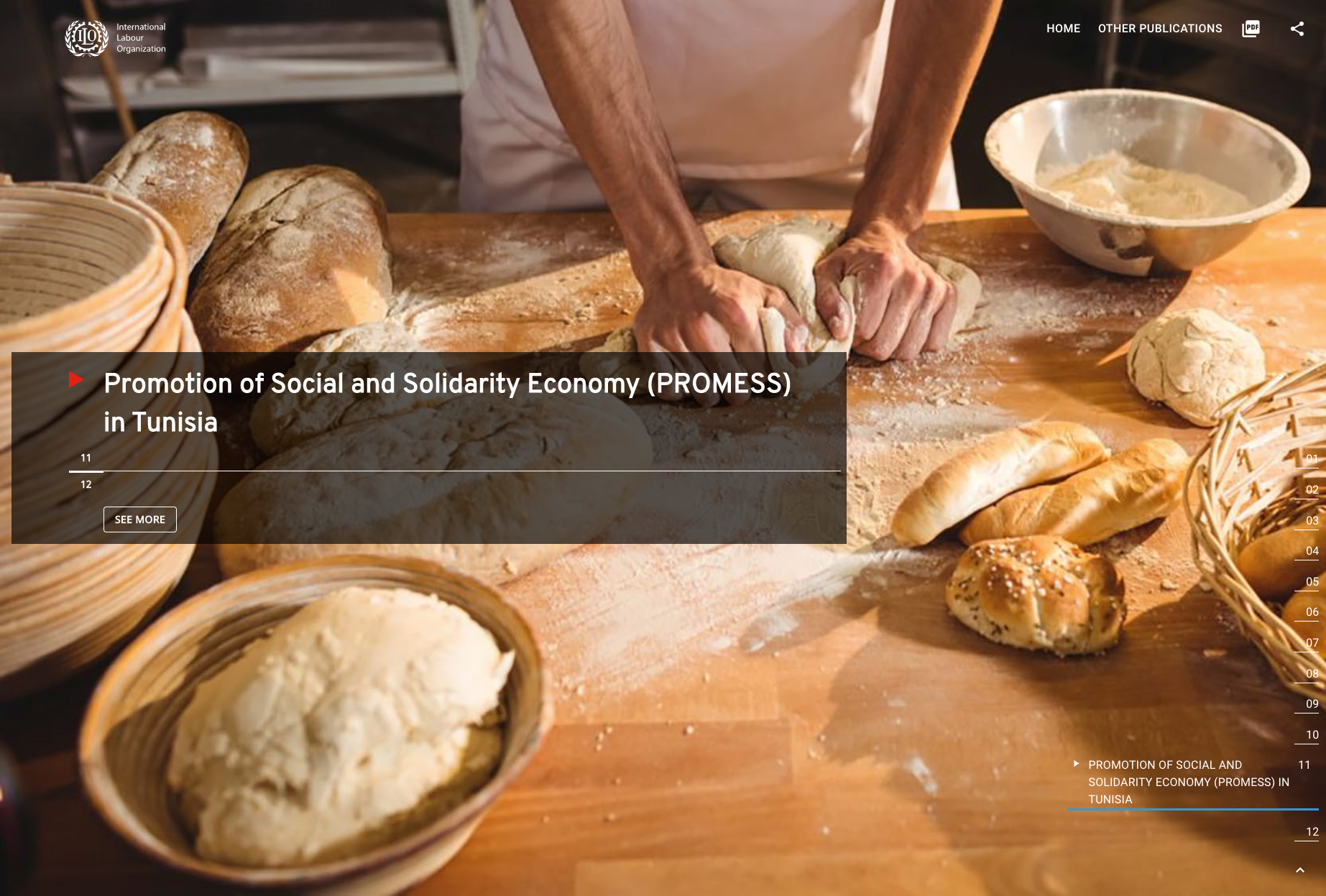In the dynamic world of graphic design, staying ahead of the curve is essential. With technology and design sensibilities evolving rapidly, it’s crucial to be aware of the latest trends that are reshaping the industry. Whether you’re a seasoned designer or just starting your creative journey, understanding these trends can inspire and guide your work. Let’s dive into the most exciting graphic design trends of 2023:
1. Minimalism with a Twist
Minimalism continues to be a dominant trend, but it’s evolving. Designers are incorporating bold and unexpected elements to stand out. Think about minimalist designs with vibrant color splashes or unconventional typography. This juxtaposition of simplicity and boldness creates visually striking compositions.
Example: Brands like Apple and Google have embraced this trend, using minimalistic design principles while introducing vibrant colors and playful animations in their interfaces.
2. 3D Design Takes Center Stage
Three-dimensional design elements are becoming increasingly popular in both print and digital media. From logos to packaging, 3D graphics add depth and realism. This trend is about making designs feel tangible and interactive.
Example: Imagine a beverage brand using 3D-rendered fruit on its packaging, making the product look so real you can almost taste it.
3. Nostalgia-Driven Design
Nostalgia is a powerful emotion, and designers are tapping into it. Retro and vintage aesthetics are making a strong comeback. Elements from the ’80s and ’90s, such as bold patterns, neon colors, and pixel art, are being reimagined for modern audiences.
Example: Look at how video games like “Stardew Valley” use pixel art to evoke nostalgia while providing a fresh gaming experience.
4. Sustainability and Eco-Conscious Design
As environmental concerns grow, more brands are adopting eco-friendly design practices. This trend involves using earthy colors, recycled materials, and sustainable imagery to convey a commitment to the environment.
Example: Companies like Patagonia are known for their sustainable branding, which includes earthy tones and messages of environmental responsibility.
5. Kinetic Typography and Animated Text
In the age of social media and short-form video content, kinetic typography is booming. Animated text, combined with creative transitions, grabs attention and conveys messages effectively.
Example: Check out how Instagram Stories often use kinetic typography to engage users with short, snappy text animations.
6. Artistic and Hand-Drawn Illustrations
Illustrations bring a personal touch to design. Hand-drawn illustrations, often with imperfections and character, are being used to create unique and memorable visuals.
Example: Mailchimp’s rebranding features hand-drawn illustrations that add warmth and approachability to its marketing materials.
7. Geometric Shapes and Patterns
Geometric shapes and patterns are lending a sense of order and structure to designs. These elements can create visually pleasing and harmonious compositions.
Example: Many interior design brands use geometric patterns to create aesthetically pleasing wallpapers and home decor.
8. Futuristic and Sci-Fi Influences
With the rise of technology and space exploration, futuristic and sci-fi design elements are becoming more prevalent. Think holographic effects, metallic gradients, and futuristic typefaces.
